Algarve is located in the southern tip of Portugal and is one of the most touristic regions in the country along with Lisbon area and Porto. There is no surprise, Algarve has one of the world best sandy beaches (Praia de Marinha is very high in the world rankings), spectacular cliffs with special paths for tourists so you can spend days on the hikes as well as charming fishing villages and delicious traditional cuisine based on the fresh fish from the Atlantic Ocean.
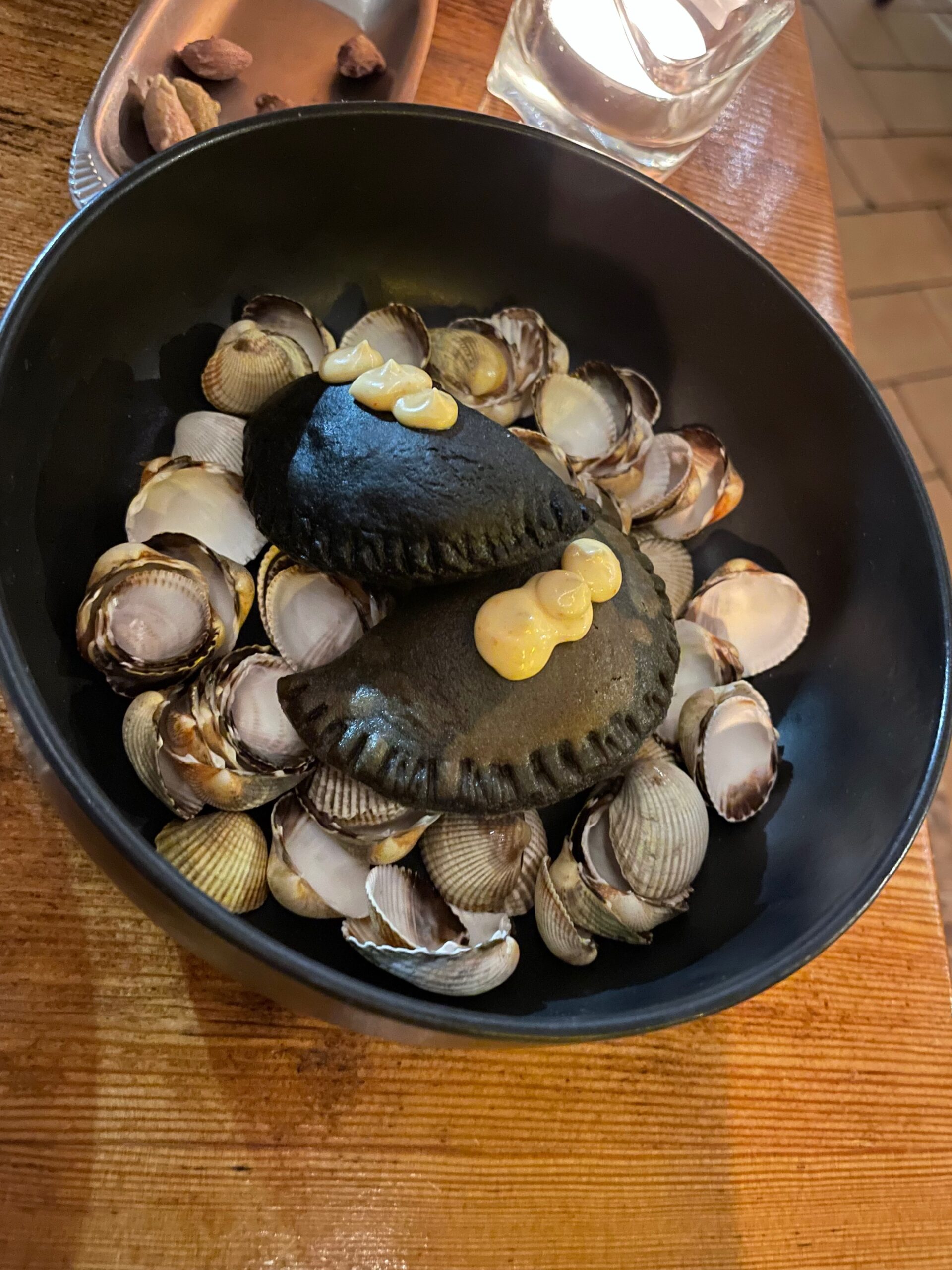 |
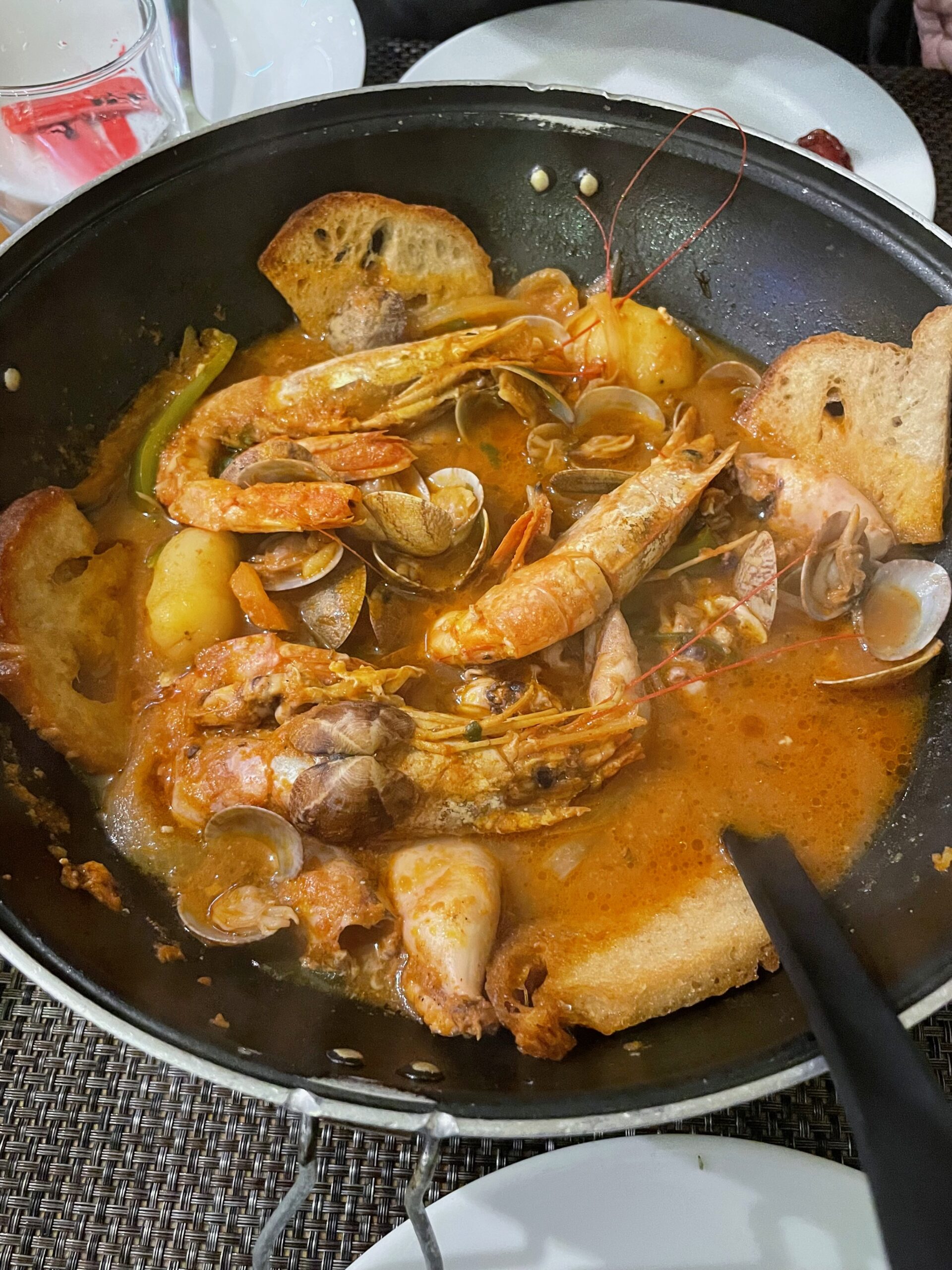 |
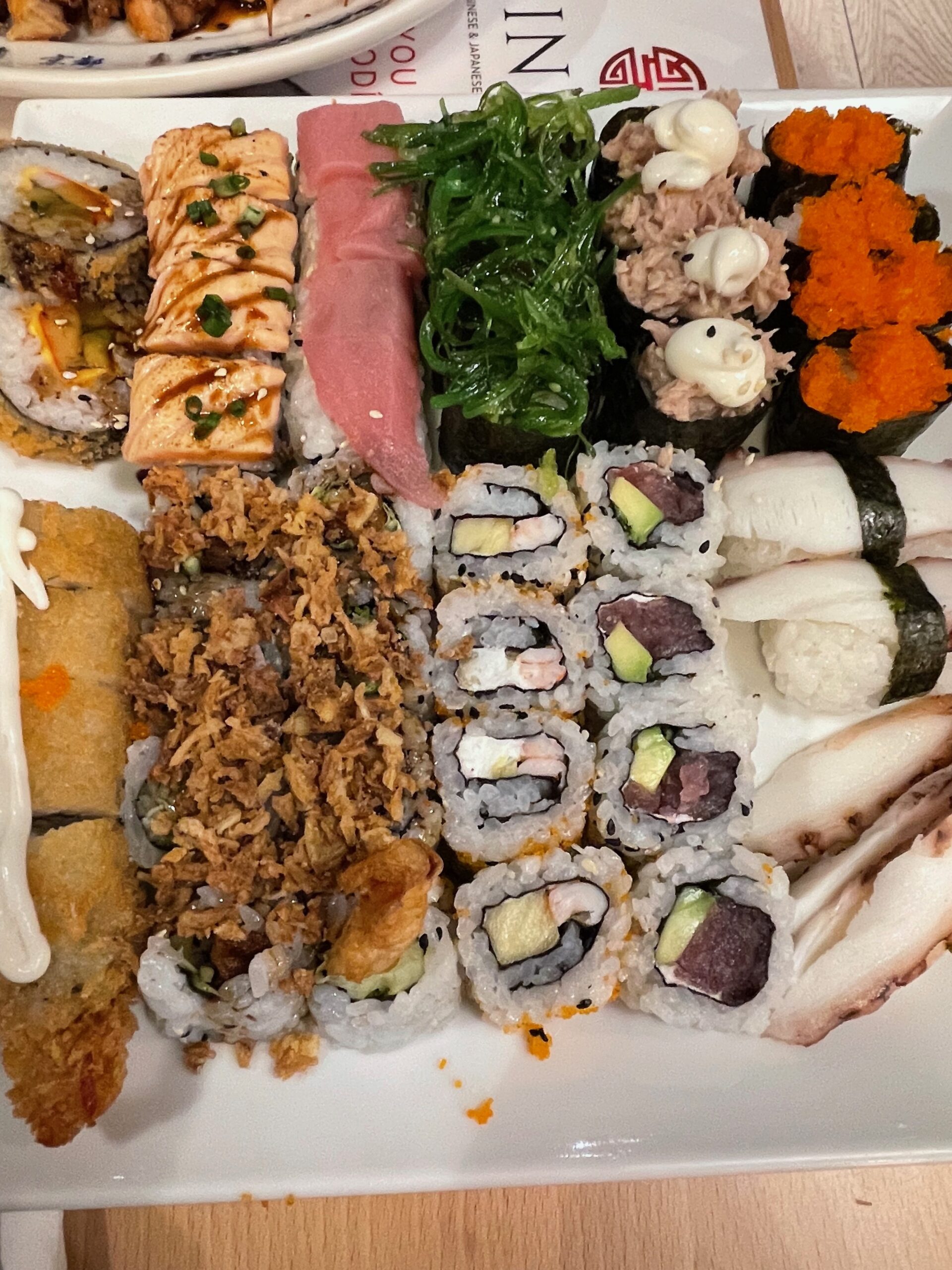 |
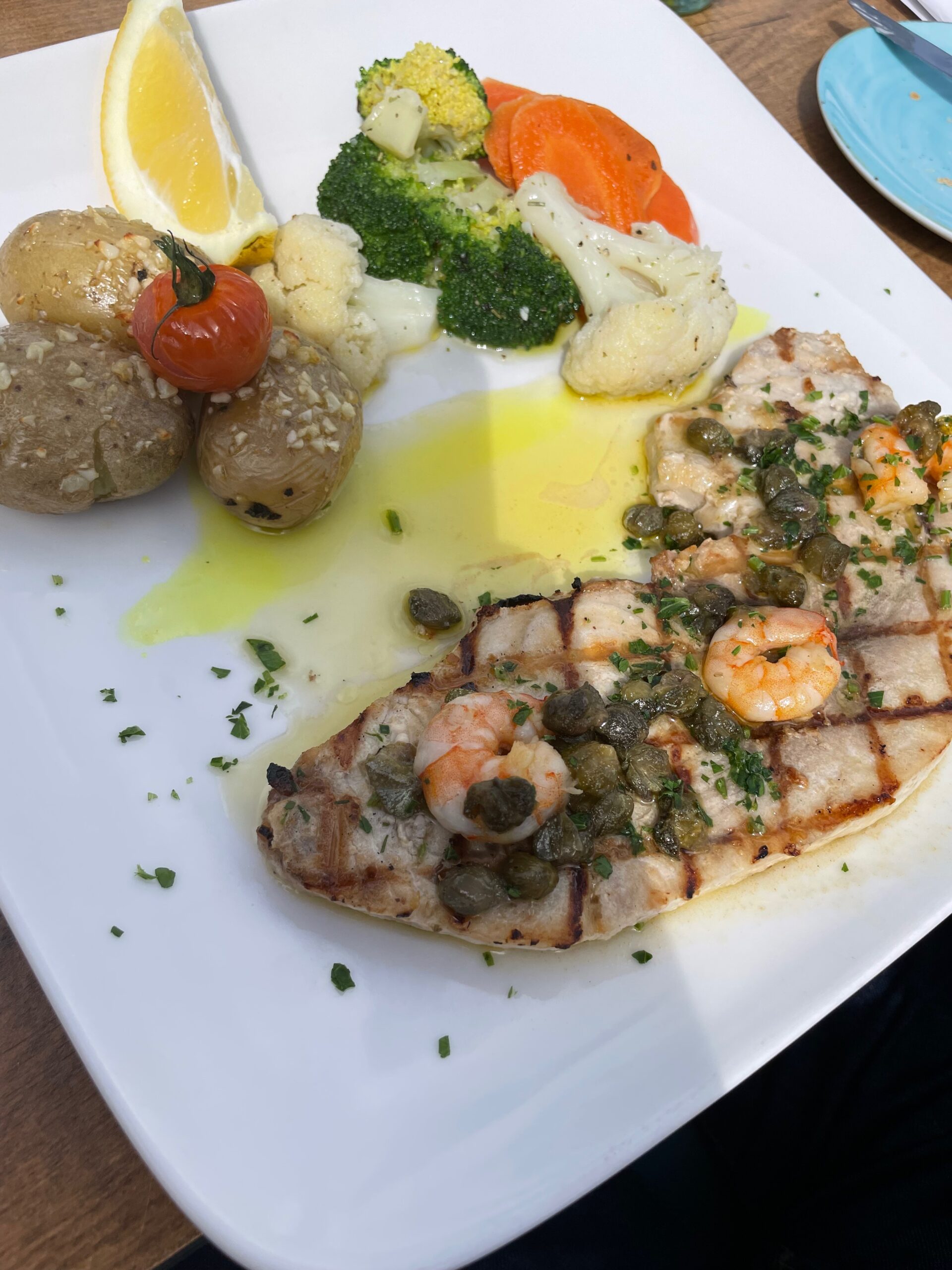 |
Algarve is also close to Spanish Andalusia region with a direct bus to Sevilla so you can also visit the neighboring country extending your trip. Alternatively, I strongly recommend going to Lisbon and Porto for few days, there is a direct fast train connection with Lisbon and public buses also operate daily.
Surprisingly, despite of all these advantages, Algarve is still quite affordable European destination. There are options for tourists on a tighter budget with affordable apartments to rent and modest hotels as well as luxurious villas and 5-star hotels with perfectly manicured golf fields, tennis courts and horse-riding facilities. Everyone can find a place tailored to their needs and preferences.
When visiting Algarve I have fallen in love with orange and lemon groves as well as sweet scent of orange blossom flowers calming my senses when walking through historical cities. I was in the region in March and this is a perfect time if you want to enjoy amazing greenery and springtime blooms.
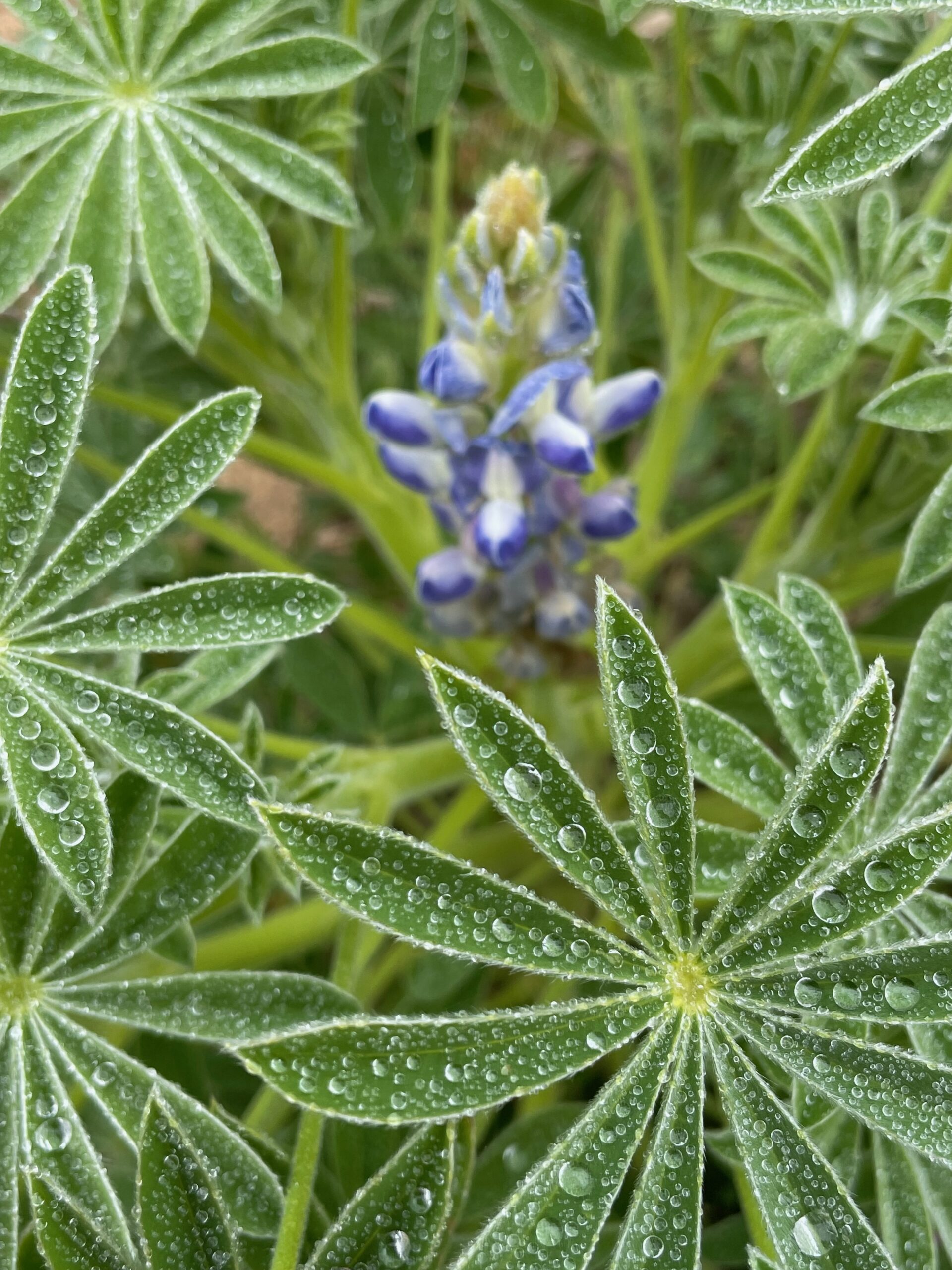 |
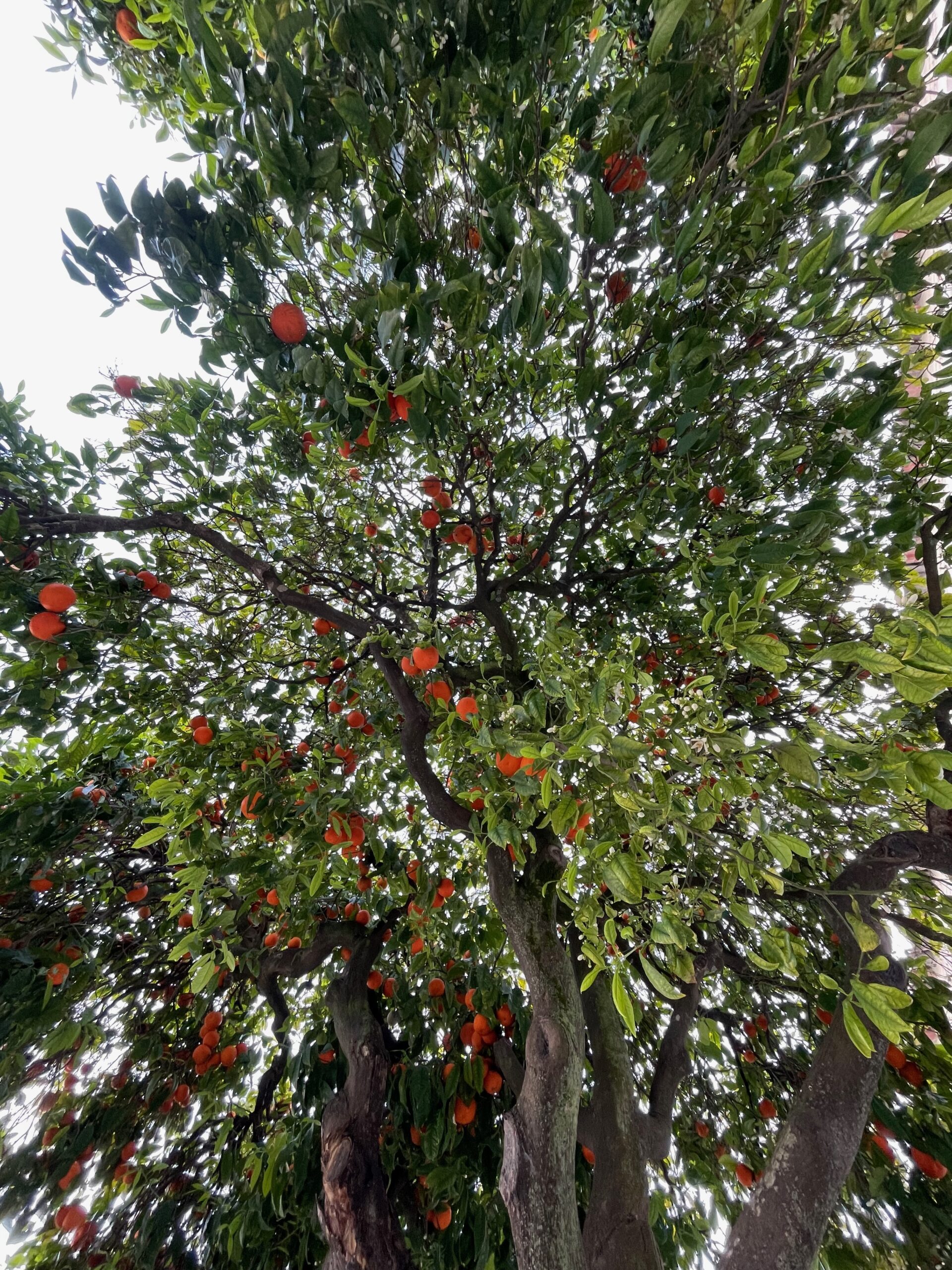 |
 |
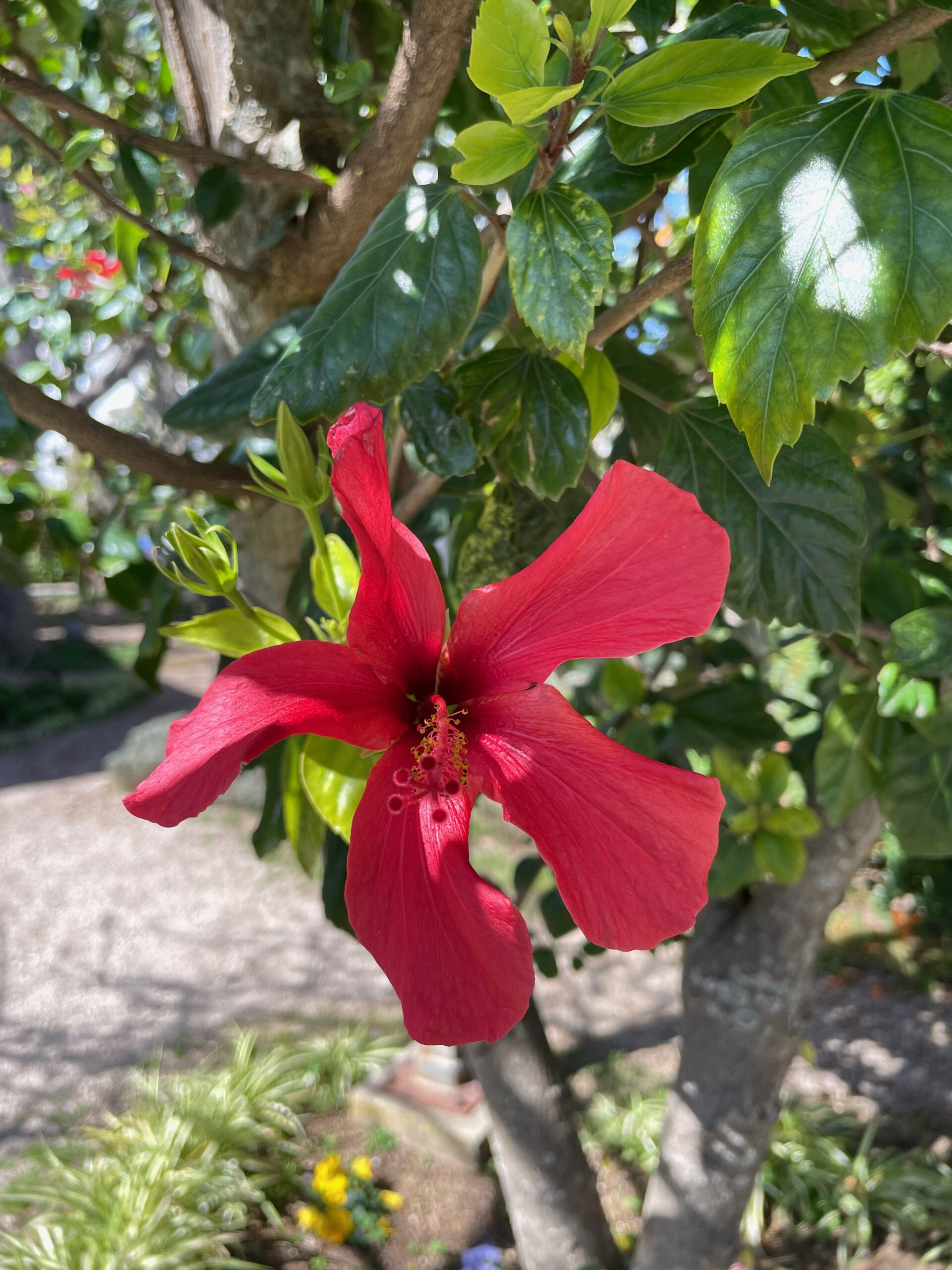 |
This is also a very good period if you plan to do some hikes along the cliffs, in the summer is often too hot to fully enjoy such excursions and it’s advised to do them in the morning. In March you can enjoy your walks all day since the temperature is very pleasant (on average around 20 degrees).
When I checked some of the Algarve guides and blogs, I was surprised how rushed was most of the people’s itineraries. Visitors describe often a 3-4 day plan with a lot of towns and excursions tightly packed, driving between the attractions and changing hotels practically every night. I recommend taking Algarve slow (and I’m type of the person who likes intense travels!) with enough of time to have few hours long walks on the beaches (they are sandy and stretch even up to 7km long), in the summer you want to have few days to also swim and relax. The small towns invite to many local restaurants serving seafood delivered from the morning catch, the old churches amaze with beautifully decorated walls with traditional Portuguese tiles, many of the villages have also attached beach where you can have a walk before diving into small narrow streets back. You can see a small town, go for excursion and relax on the beach, no need to drive in rush to another spot. In this post I want to show you my balanced one week itinerary in Algarve where you can enjoy your time on the beach and in the nature (slowly) with some cultural experiences in the historical towns.
In short my trip have started in Sevilla from where I arrived to Faro by bus, my itinerary was as follows:
Quarteira (day on the beach) -> Sagres and Lagoa (1 day) -> Albufeira (1 day, town and beach) -> Carvoeiro (1 day hike in Seven Hanging Valleys) -> Faro (1 day visit) -> Quarteira (day on the beach) –> Tavira-(1 day sightseeing) -> Quarteira (day on the beach).
I’d probably spend even few days more on the beach if I’d be visiting in the summer. Since swimming was not much of the option in March, I was fine with three days of blissful walks along the 7km sandy Praia da Falesia.
Below I will give you a short description of each visited place as well as practical tips and some info about logistics.
- Quarteira (jointly 3 days)
I have chosen the town as my hotel base and from perspective of time I find it a very good decision. The tows is surrounded by the finest beaches in Portugal, on one side you have a 7km long Praia da Falésia and on the other (direction Faro) few sandy broad beaches Praia da Gaivota and Praia de Valo de Lobo which later extends into furher beaches giving you a few kilometer sandy strand.
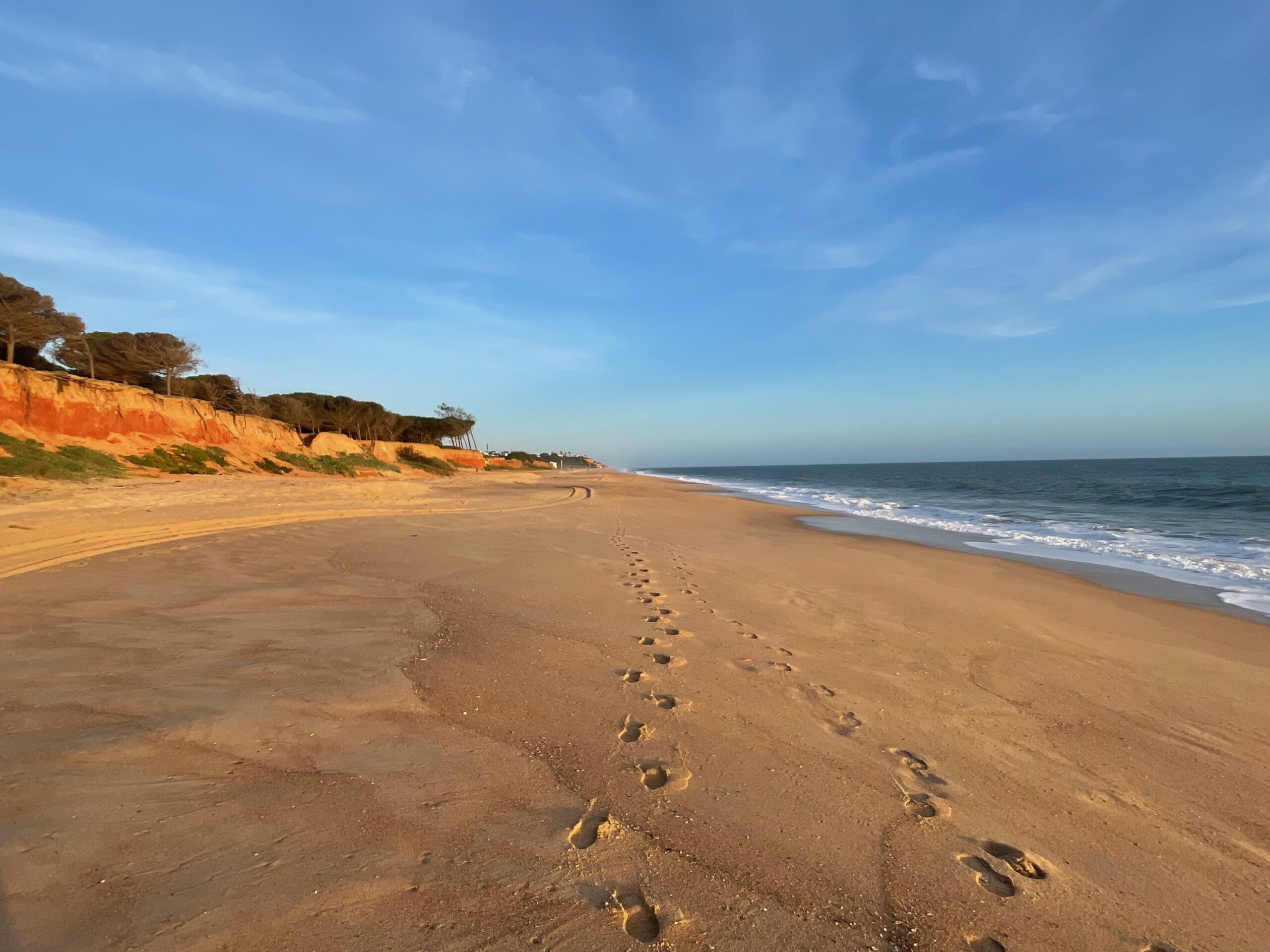 |
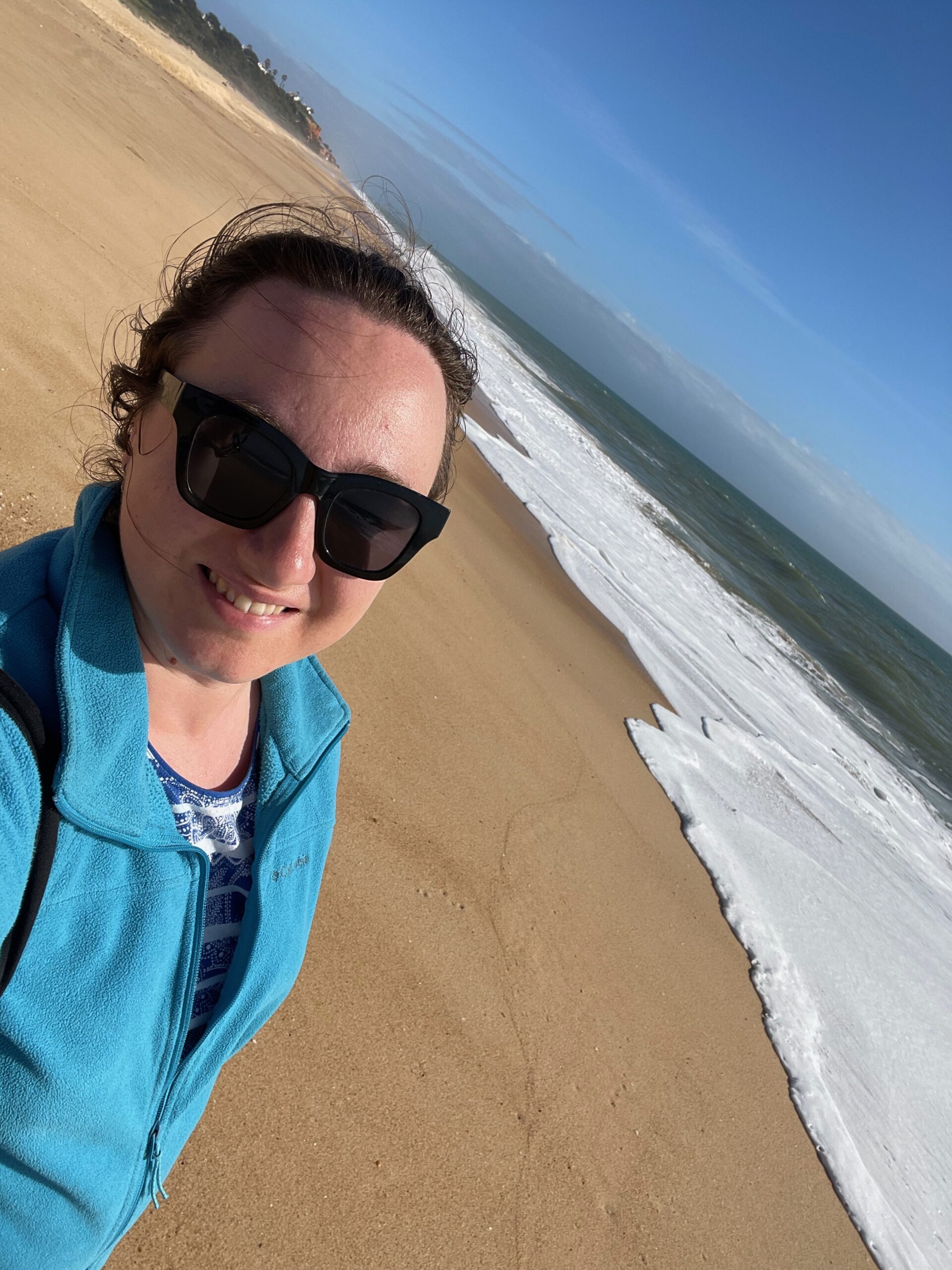 |
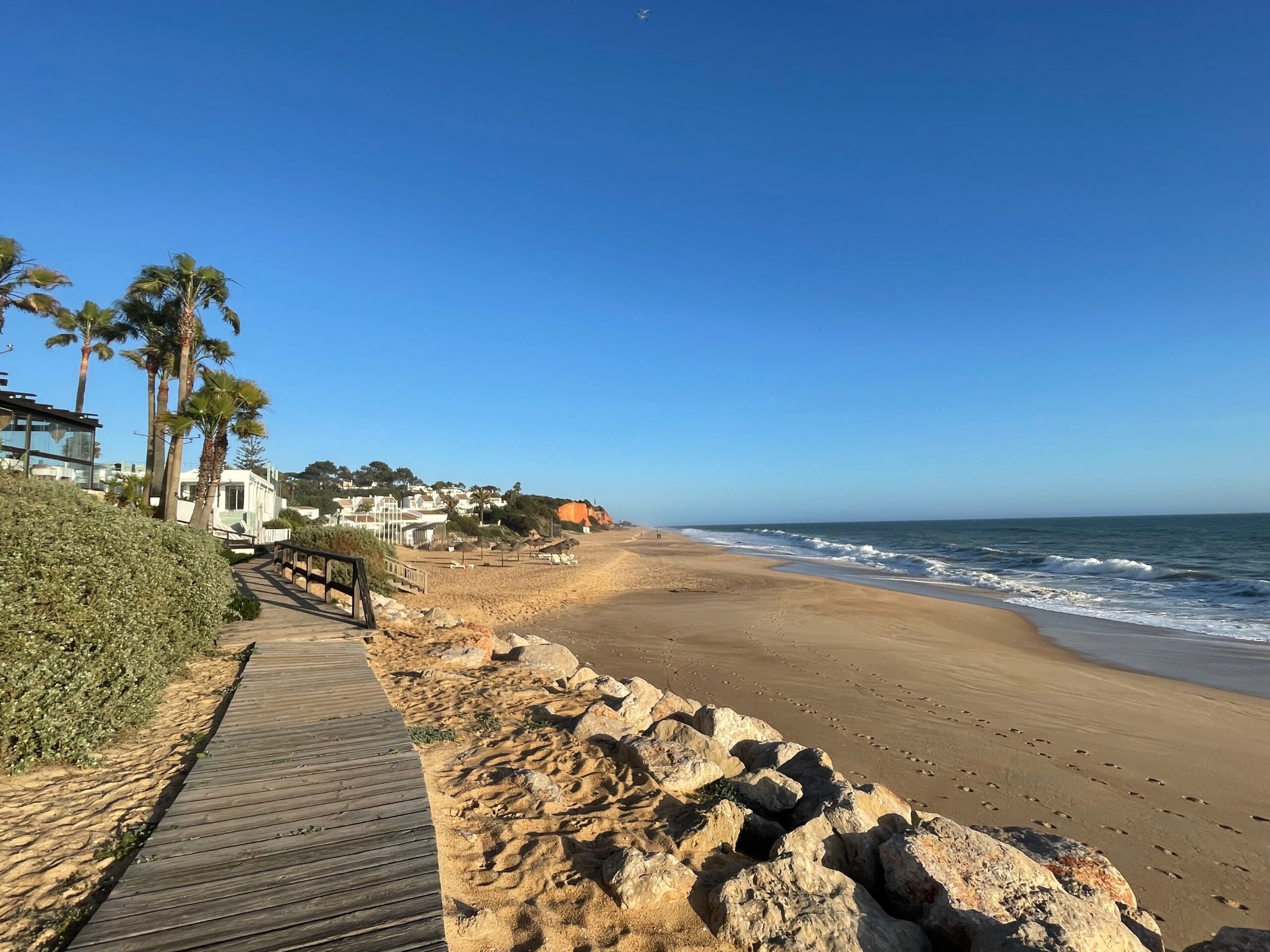 |
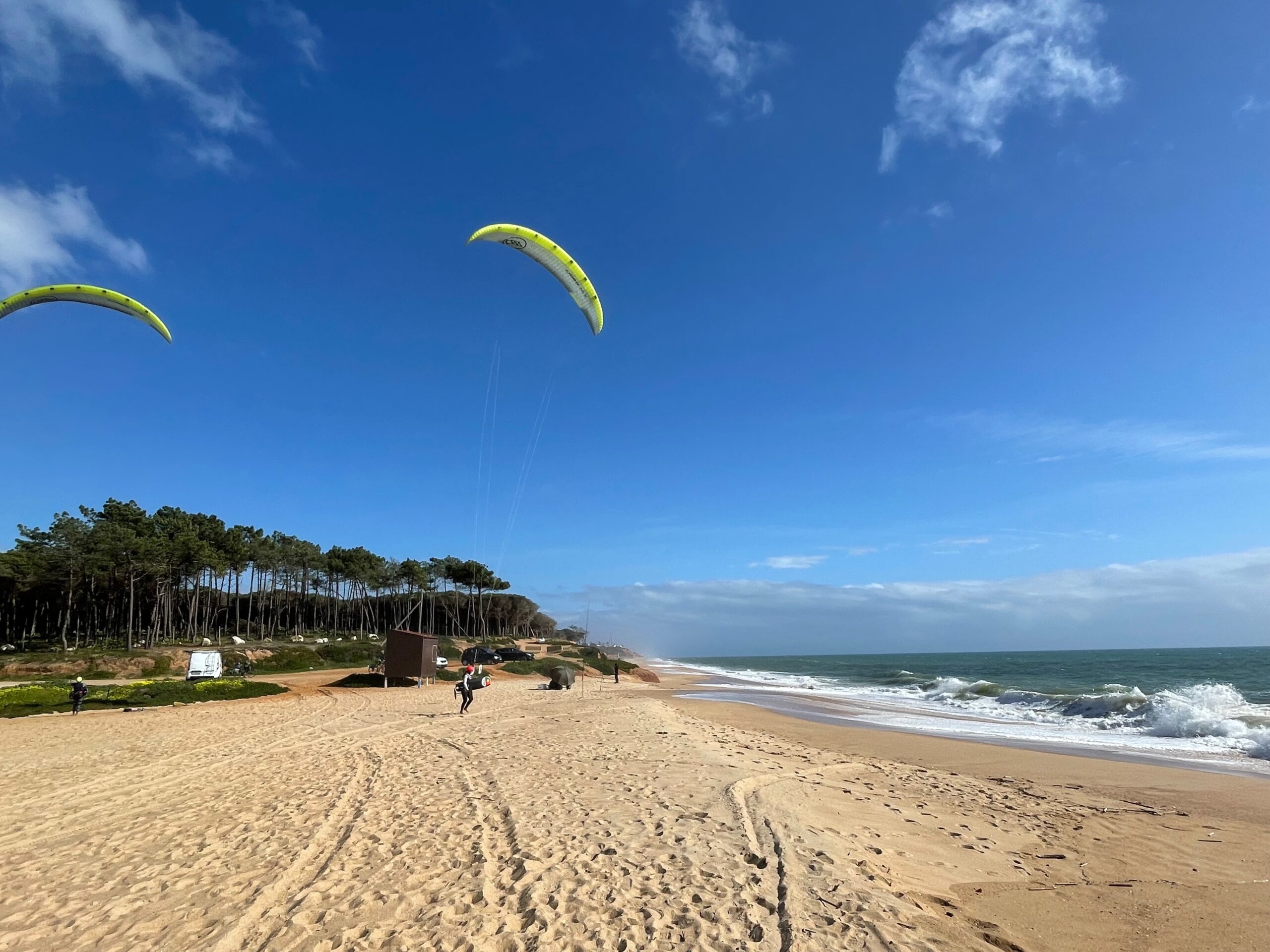 |
There are hotels and plenty of independent accommodations situated just on the ocean front so only few steps separate you from the beach. If you search for more cameral locations, there are also options deeper in the town (often less pricey). If you like golf and tennis, there is plenty of facilities in nearby town of Vilamoura and Quinta do Lago, in the latter you will also find luxurious hotels and villas for rent so that’s good place if you search for the highest standards.
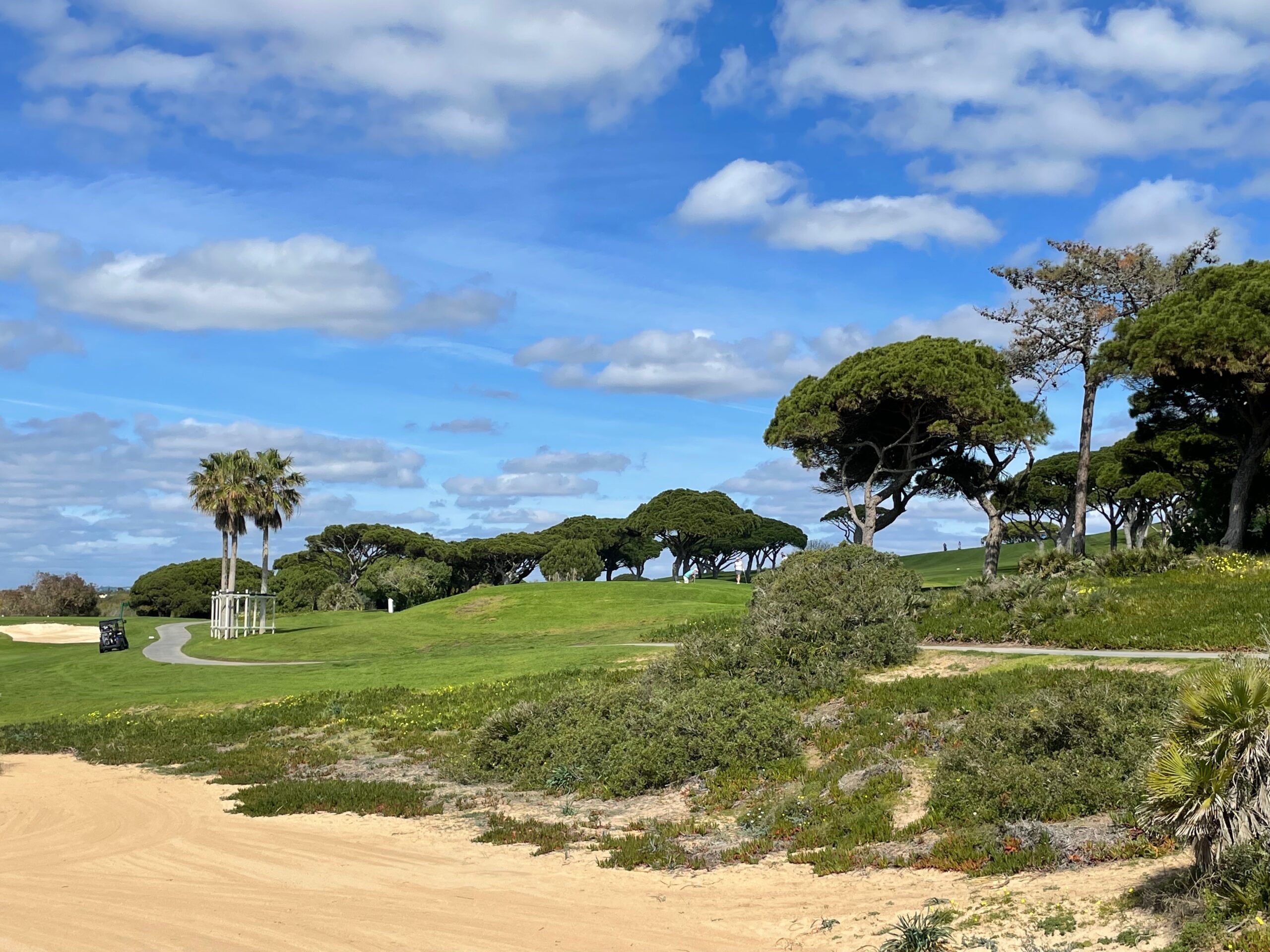 |
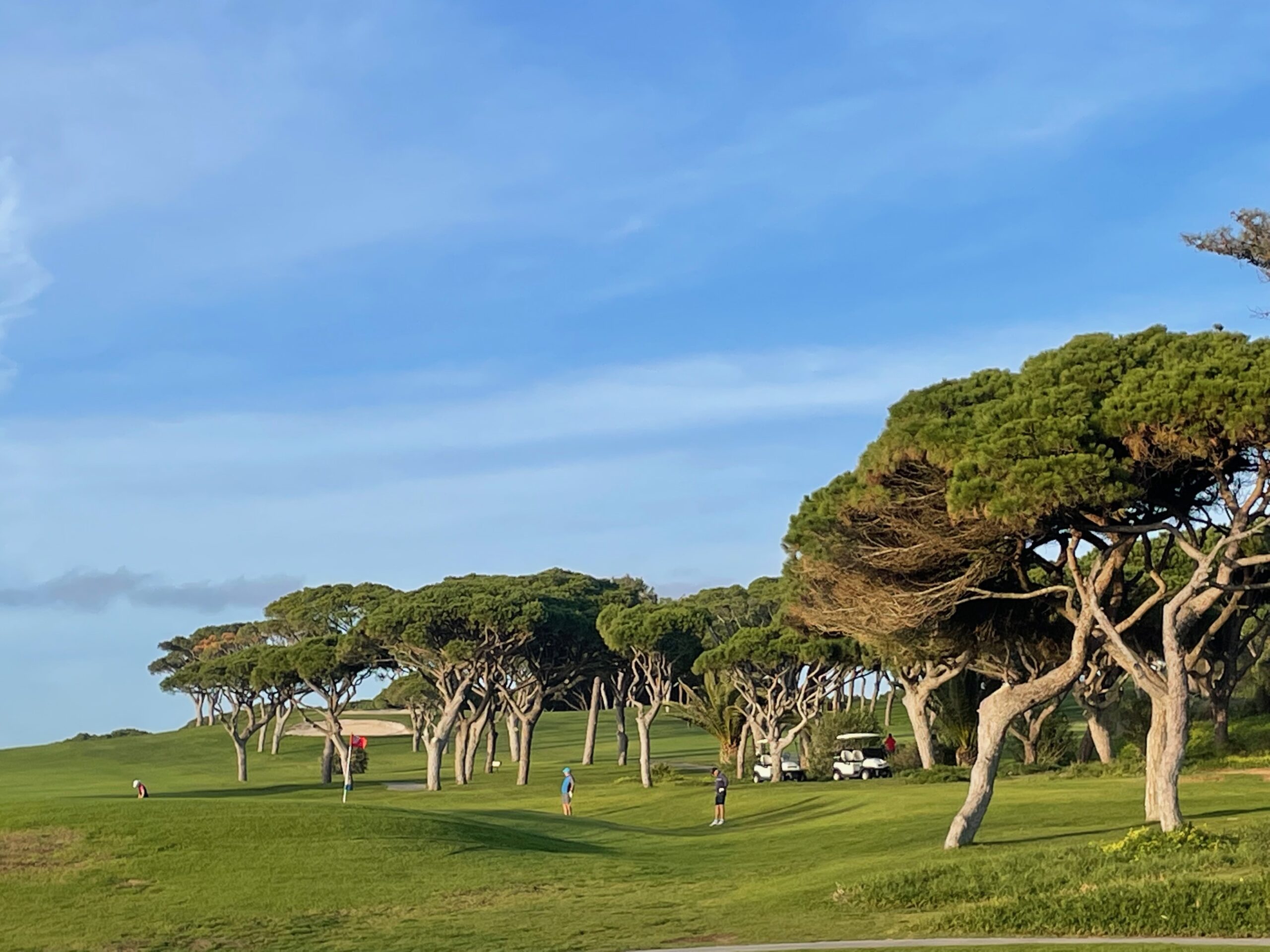 |
Apart from that, Quarteira has a decent amount of restaurants, some of them more touristy, some with local touch, I recommend walking away further from the hotel zone for a more authentic experience (and more Portuguese prices). Close to the marina you will find a local fish and fruit markets, a perfect place to do some shopping if you rent an apartment and want to cook some seafood yourself. There is also few speciality food stands with local products which are perfect to take home or hand them as a gift for a foodie.
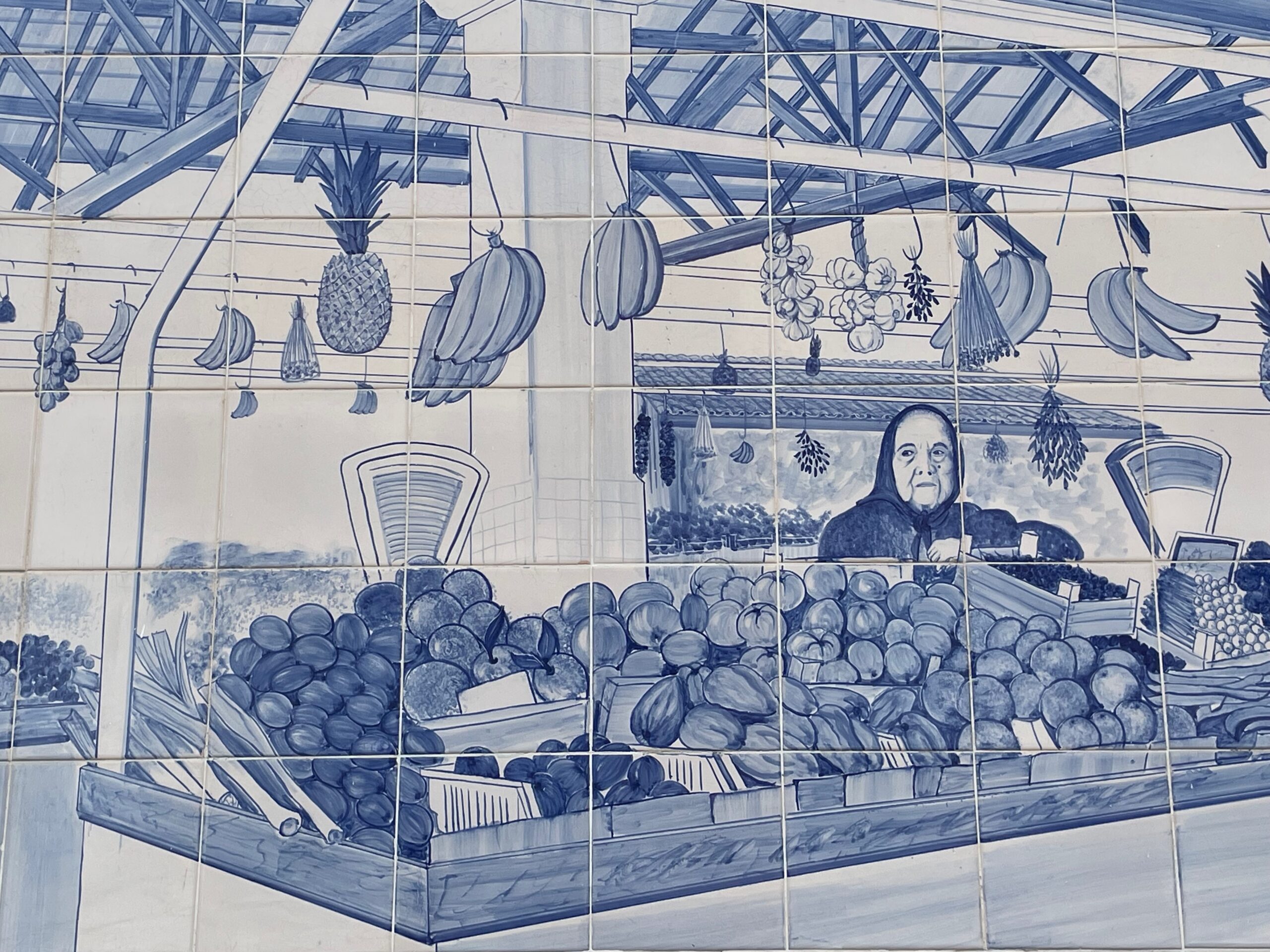 |
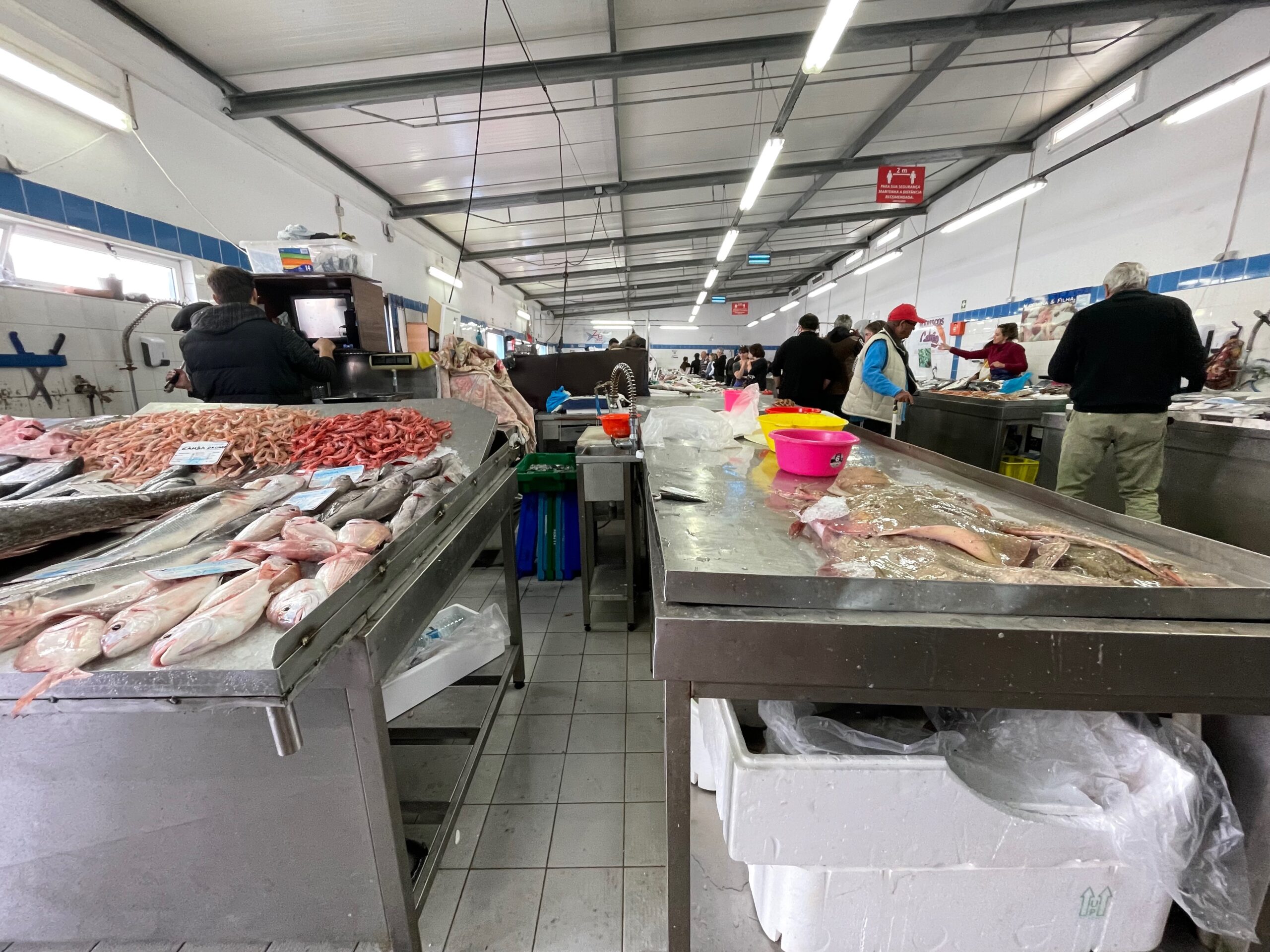 |
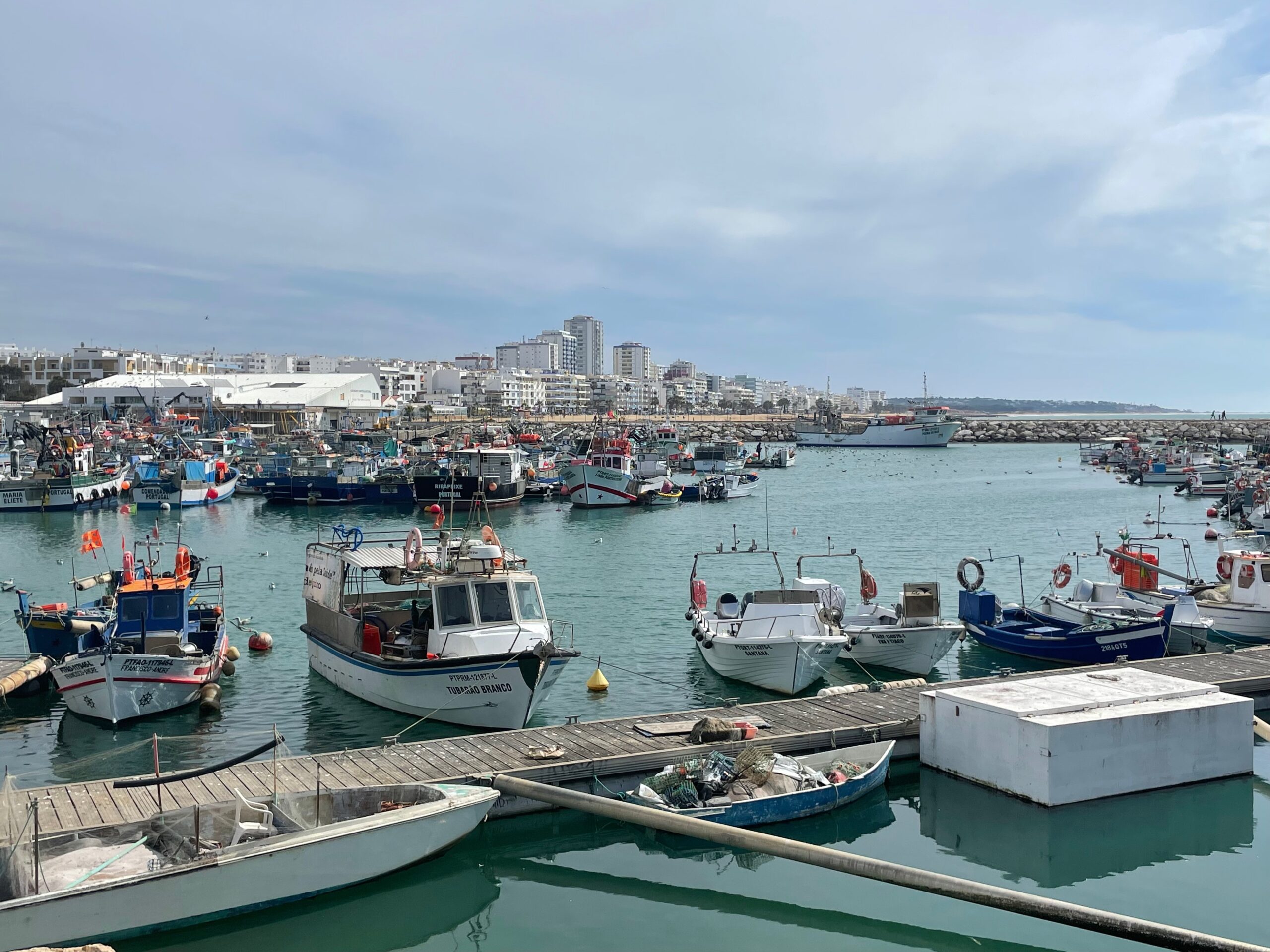 |
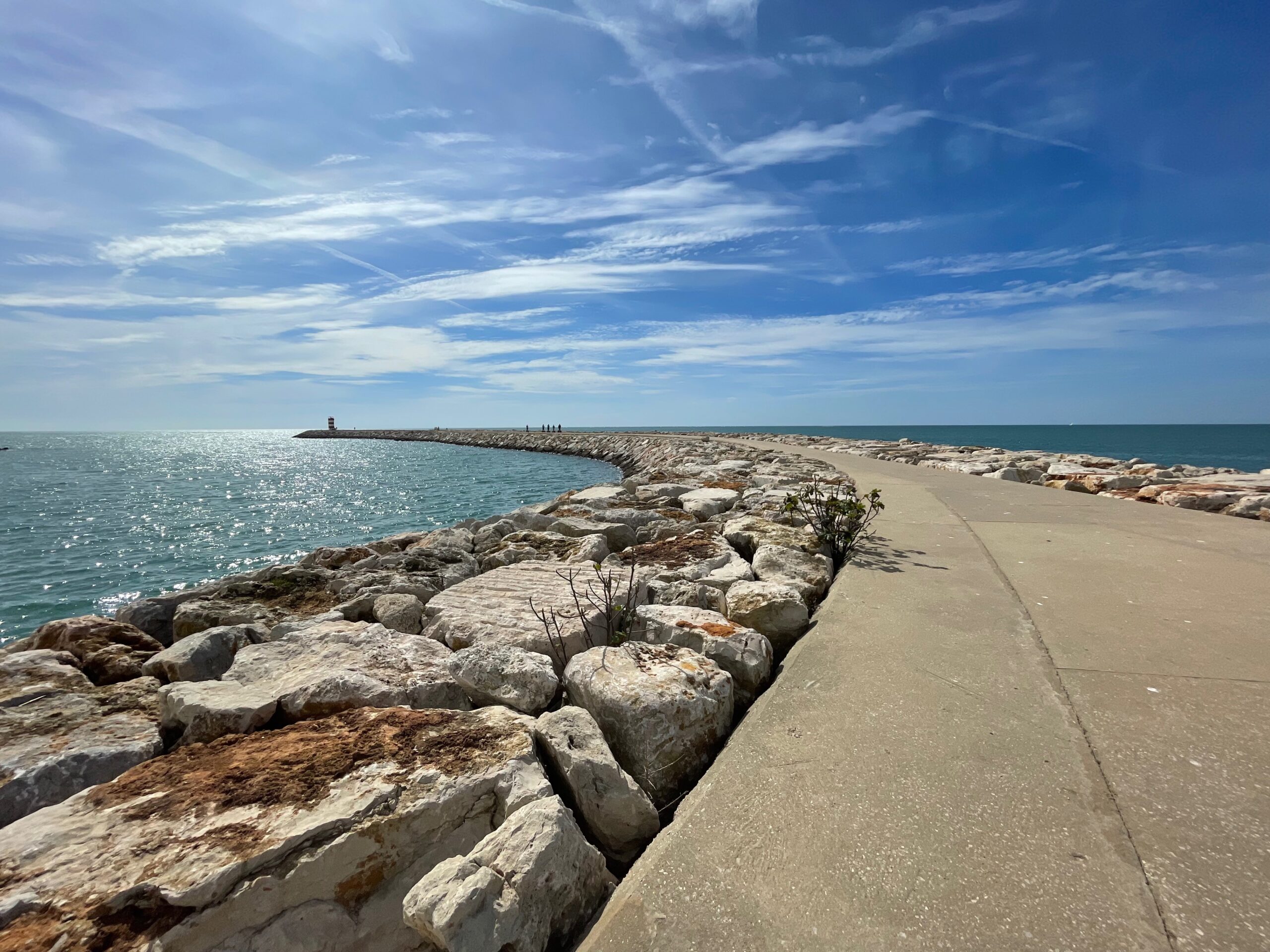 |
I didn’t stay in Quarteira 3 days in a row, interchanging my days on the beach with hikes and region’s charming towns, but I spent here jointly 3 days, and I recommend allocating more in warmer months for swimming (note however, that ocean water never gets very warm here, even in the summer). Quarteira has a small bus station with buses going to Faro and Albufeira. There you can change for other directions. Alternatively, you can take Uber (which is surprisingly cheap in Algarve) and go to Loule where is the closest train station. From there you can catch trains to Faro, Lagos, Lagoa, Albufeira (and even Lisbon!) to name just few destinations. In my opinion the regional train was cheaper and faster option than buses but the connections are not that frequent and the trains don’t run until late evening so you need to check the schedules in advance.
2. Ponta da Piedade (area of Lagos) and Cape St Vincent (Sagres).
These two sites are perfect viewpoints, however it’s best to do this trip by car, I recommend to rent it for one day if you plan to rely mostly on public transport, alternatively you can maneuver with trains and buses but you will spend waaaay to much time on transfers. Ponta da Piedade is a formation of stacks and reddish shade cliffs with spectacularly carved natural arches and caves. There is a comfortable wooden path which indicates directions for this easy hike. In some places there are stairs which allow you to descent down to the water. From there you can have the closer look into the caves. Don’t rush when exploring this area since there is many different paths offering beautiful views at the cliffs. If you travel with children, supervise them at all times, especially if you deviate a bit from the wooden trail.
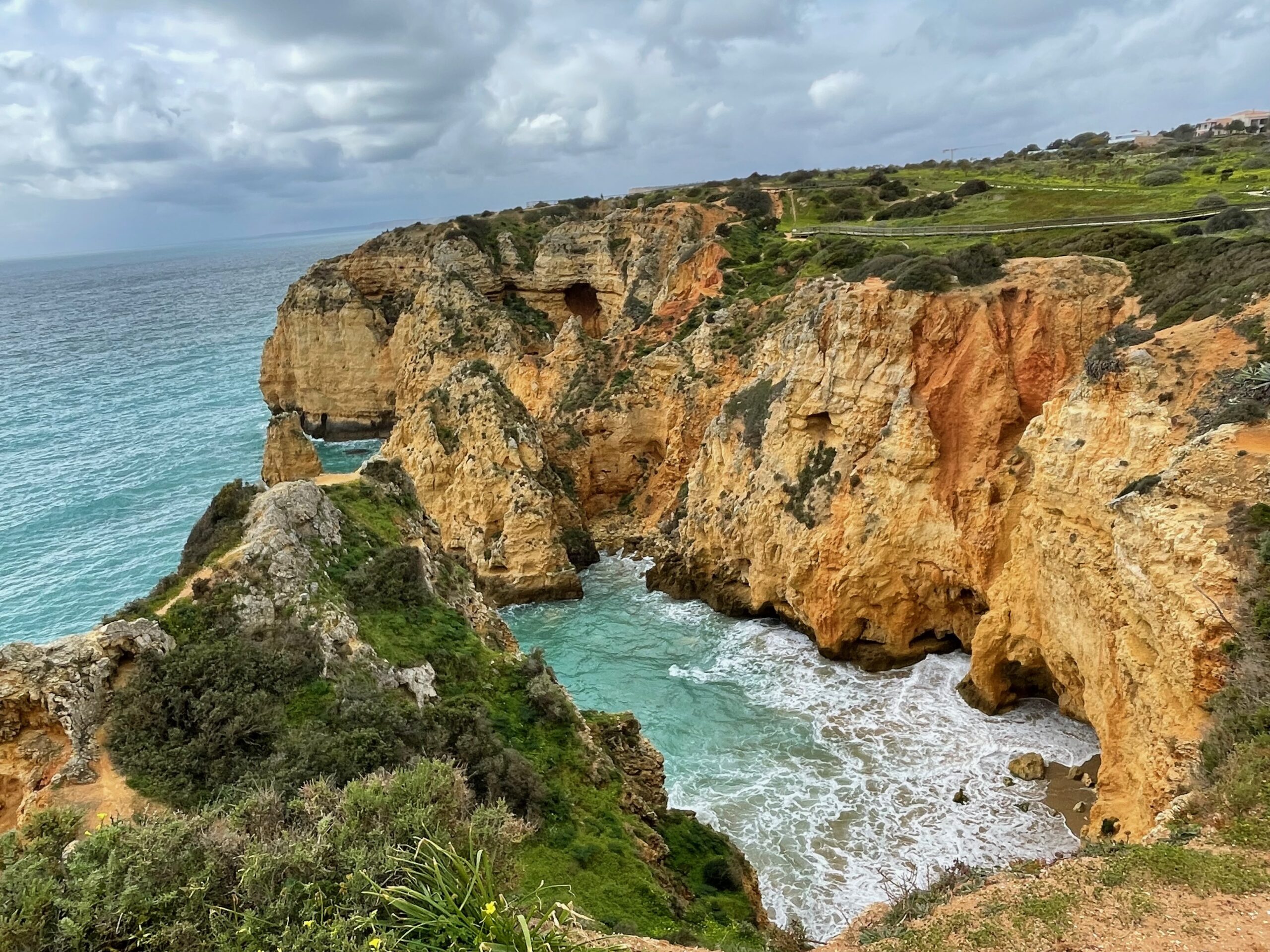 |
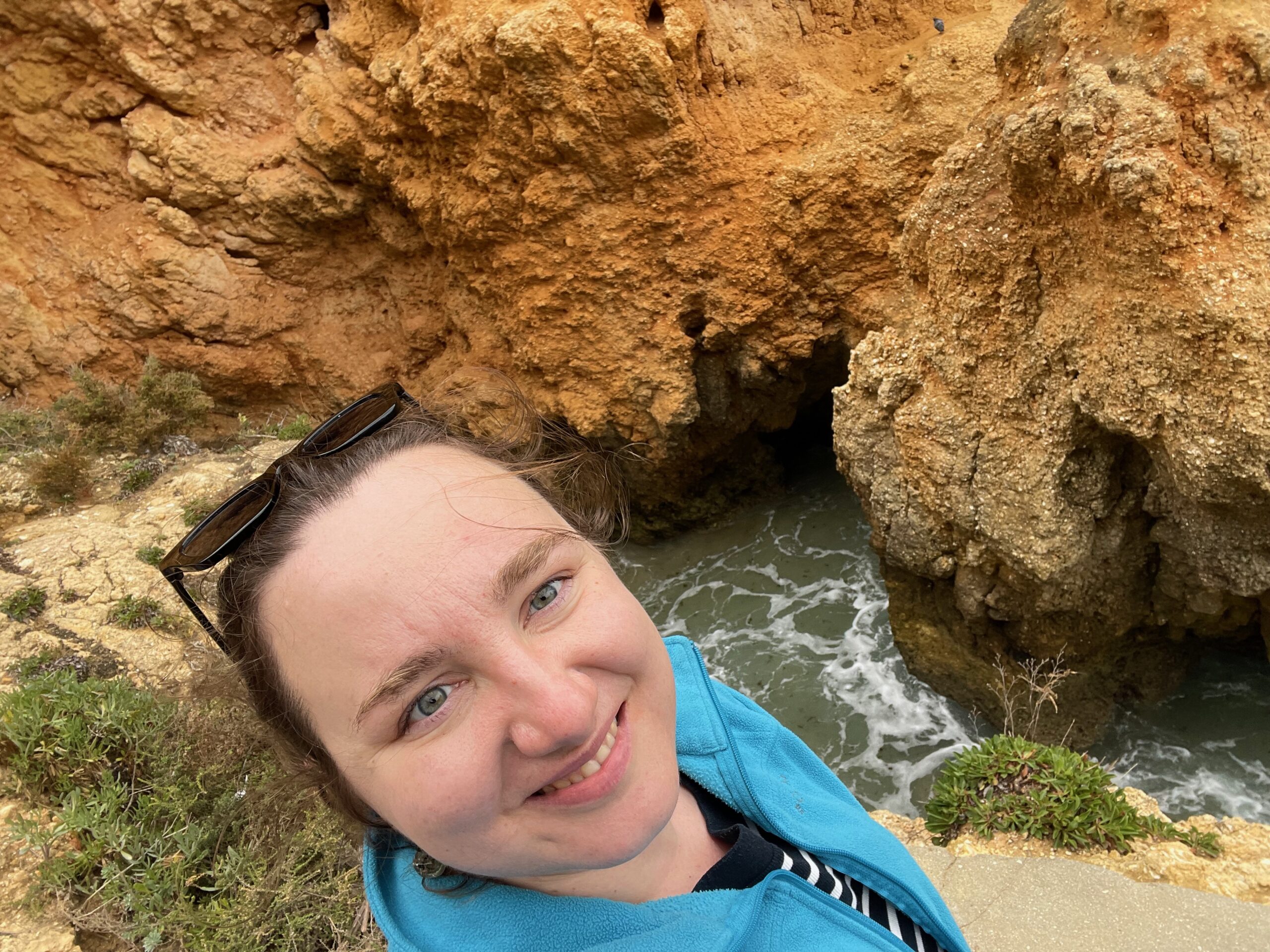 |
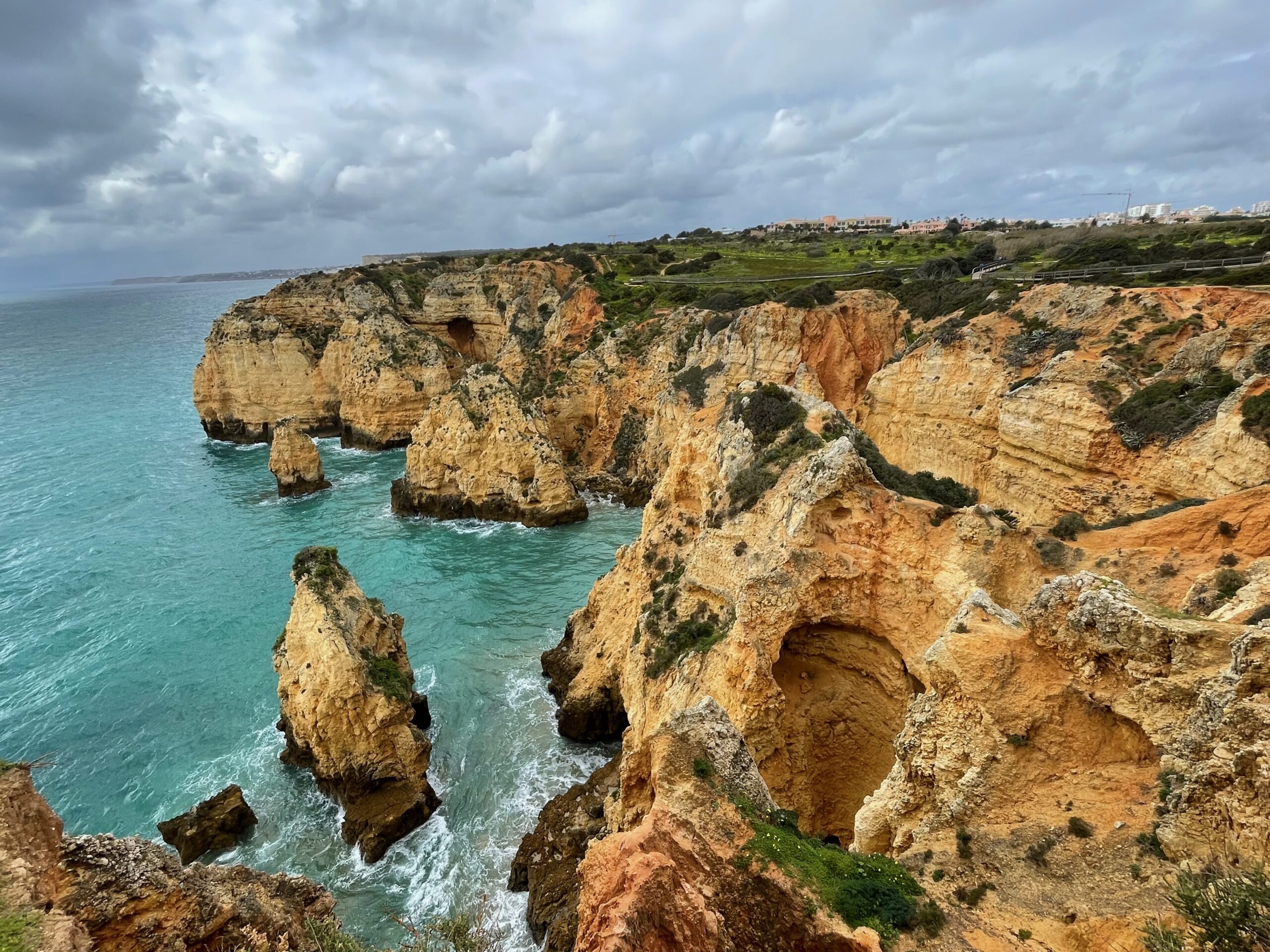 |
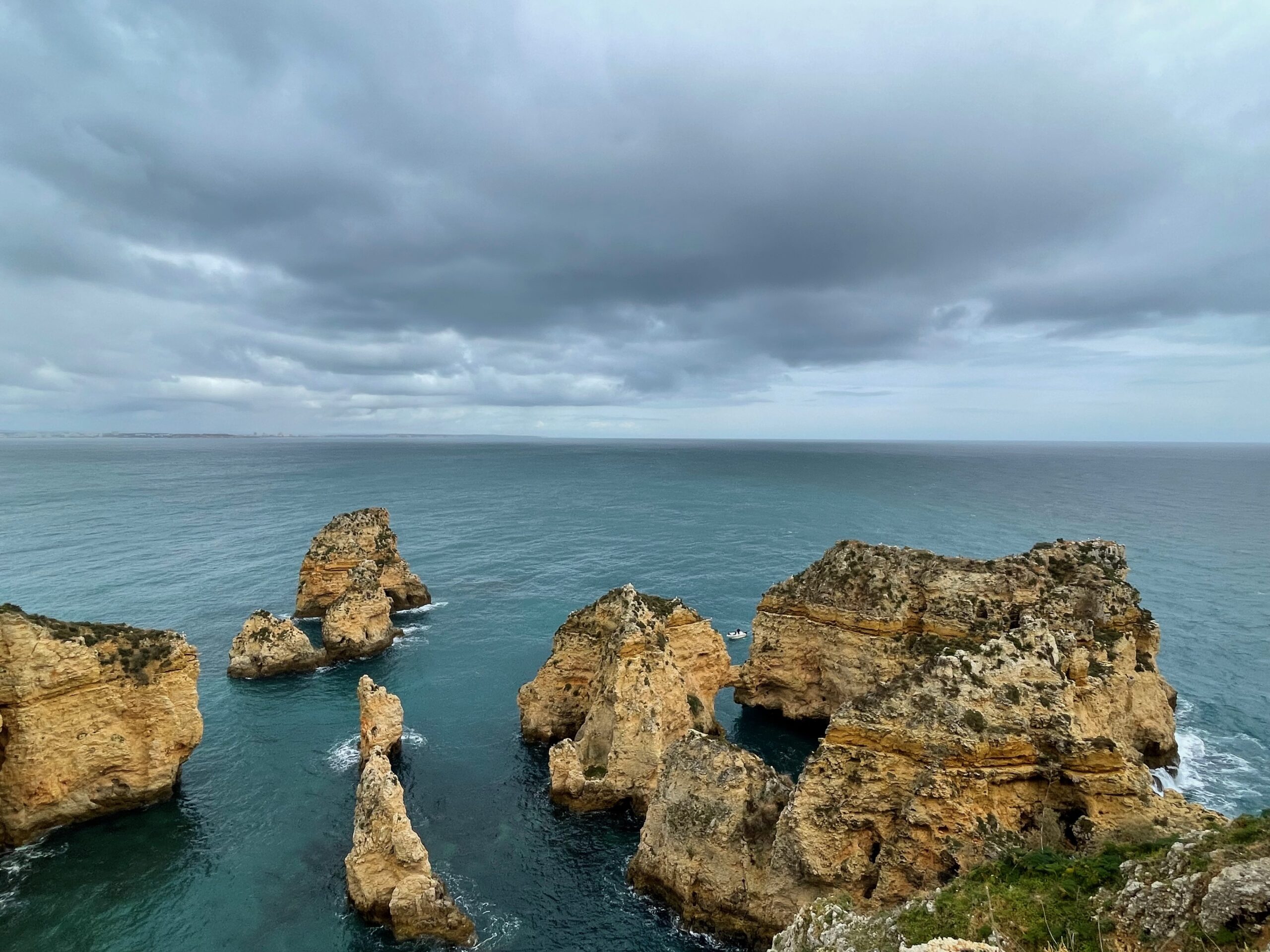 |
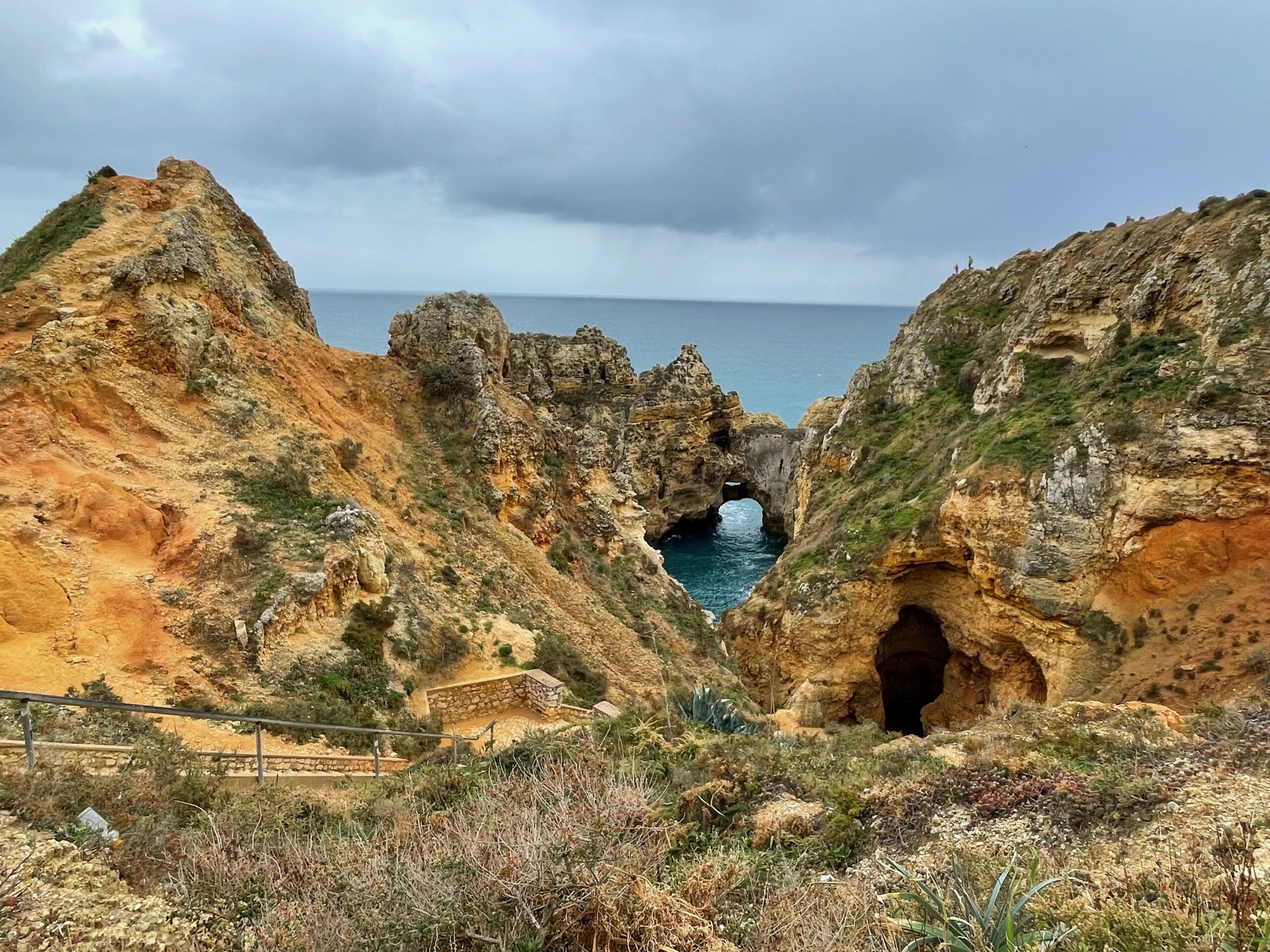 |
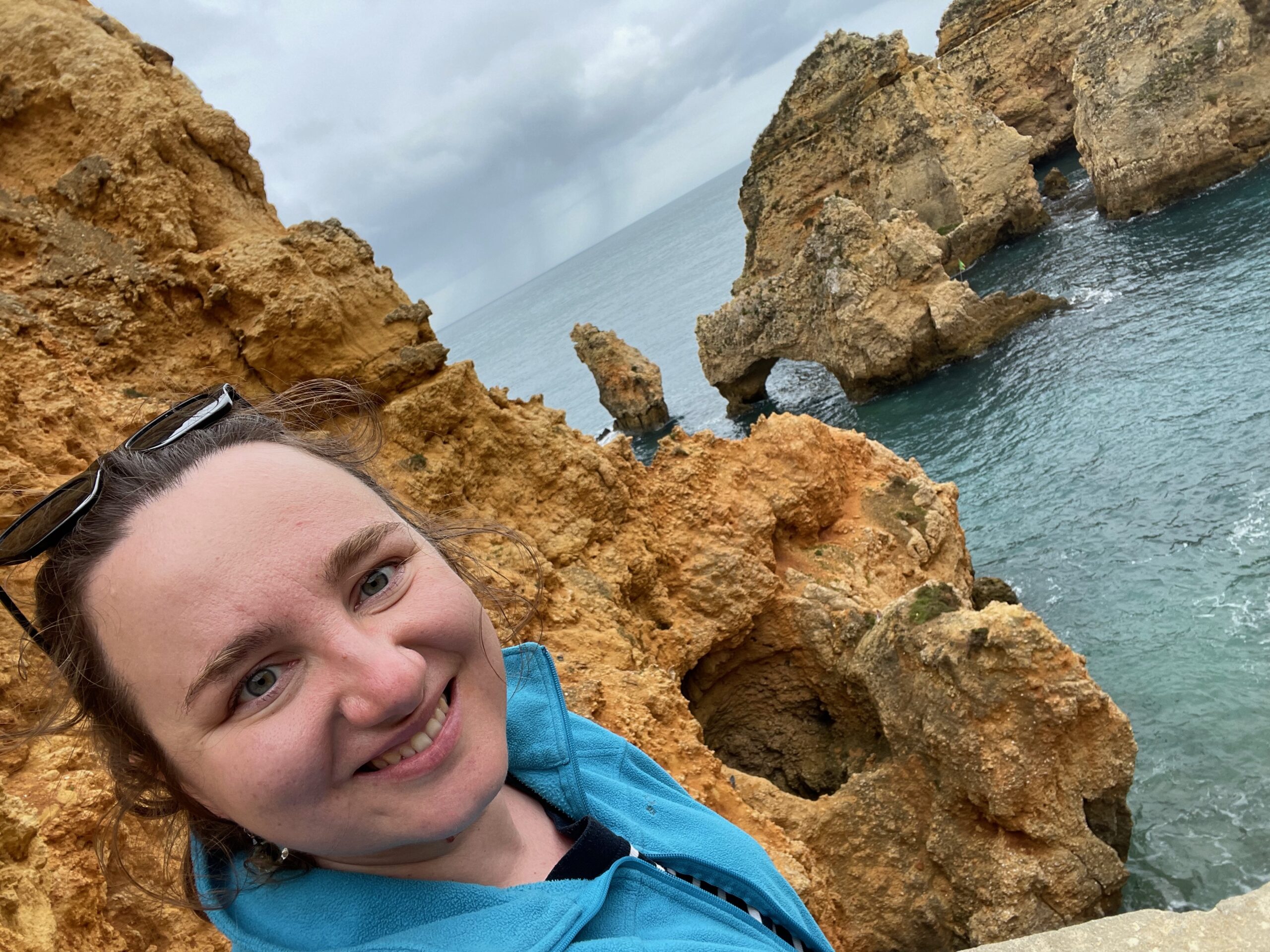 |
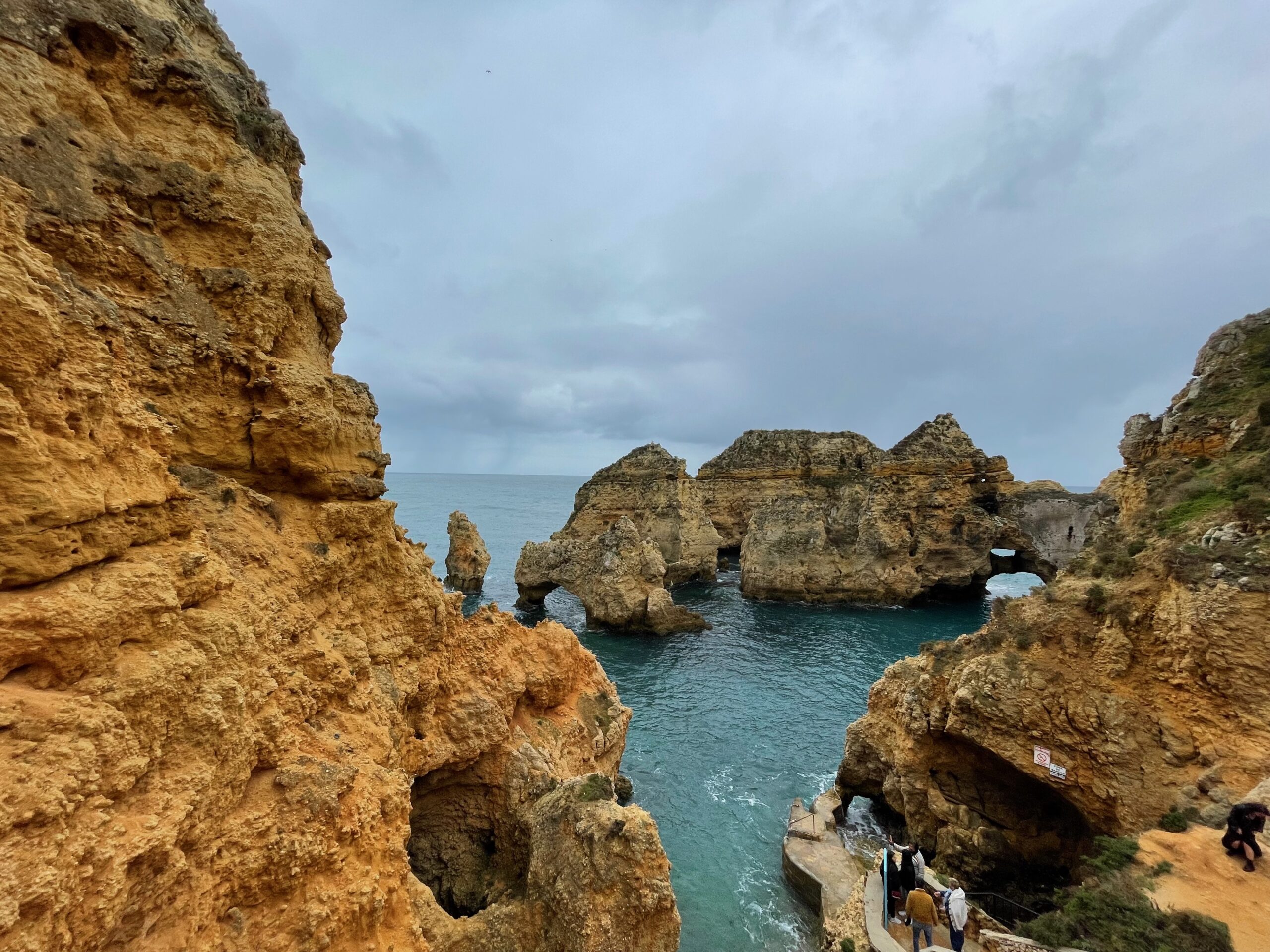 |
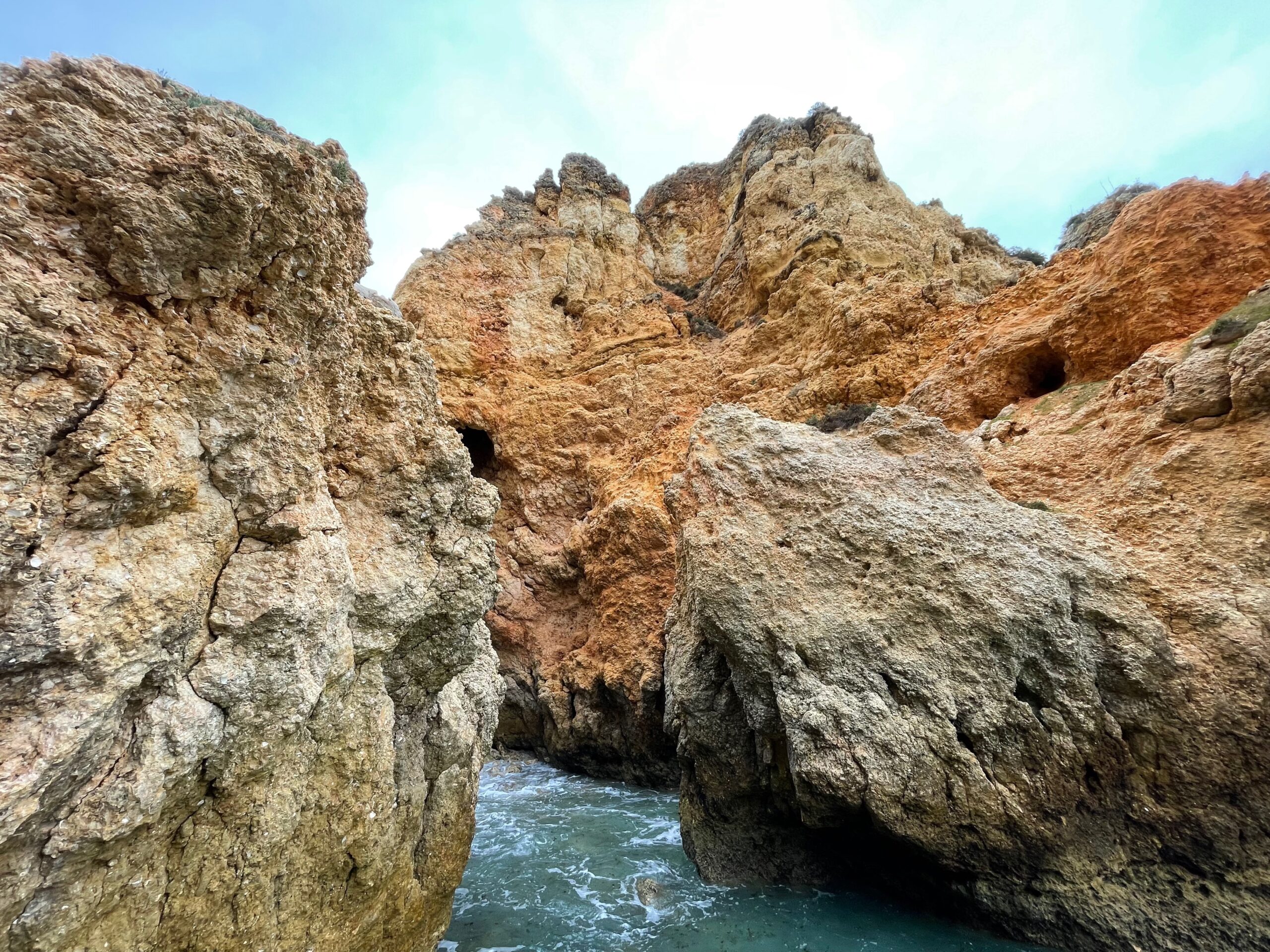 |
Search for charming restaurants with amazing views at the area to prolong your time on the cliffs.
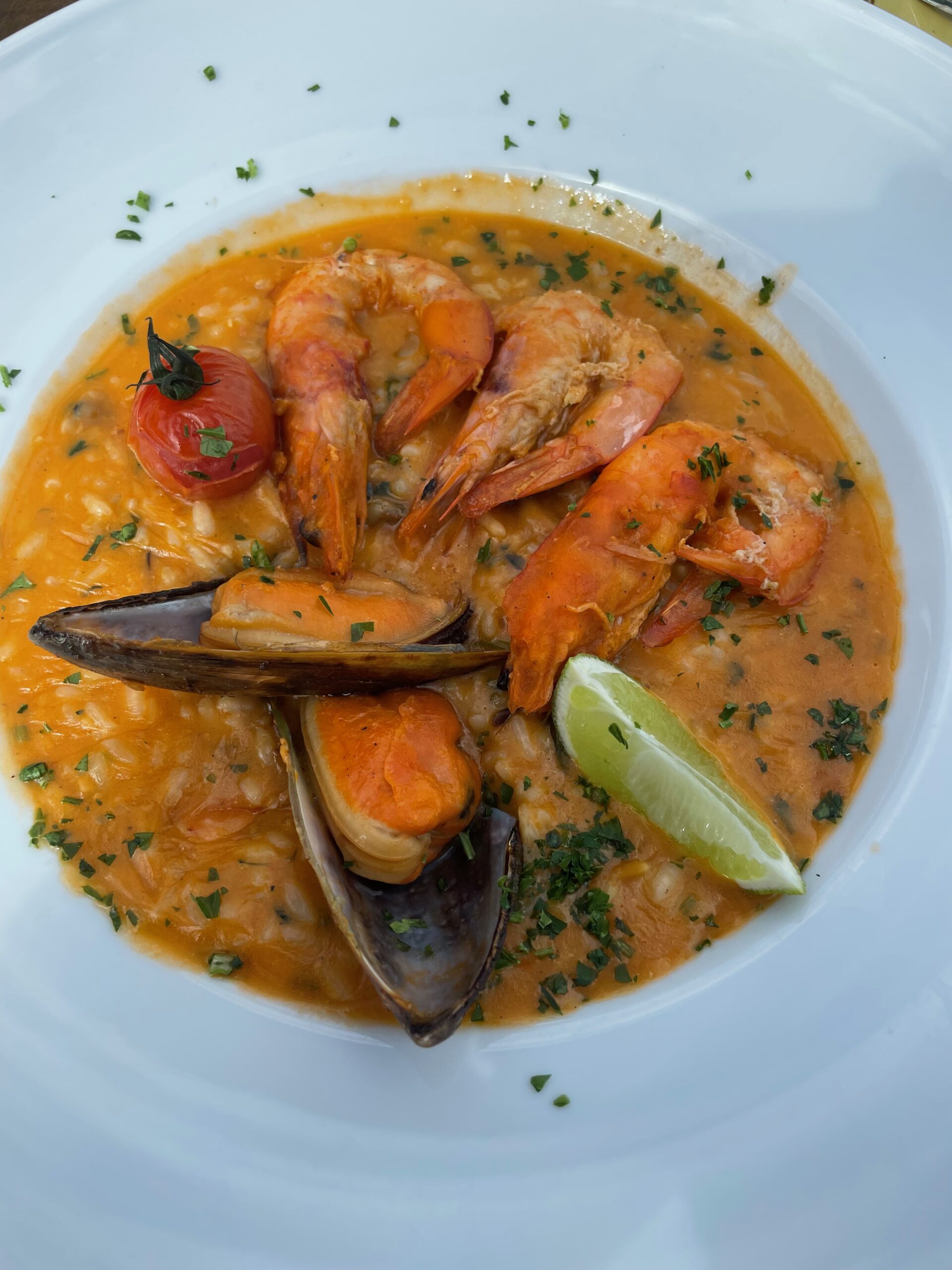 |
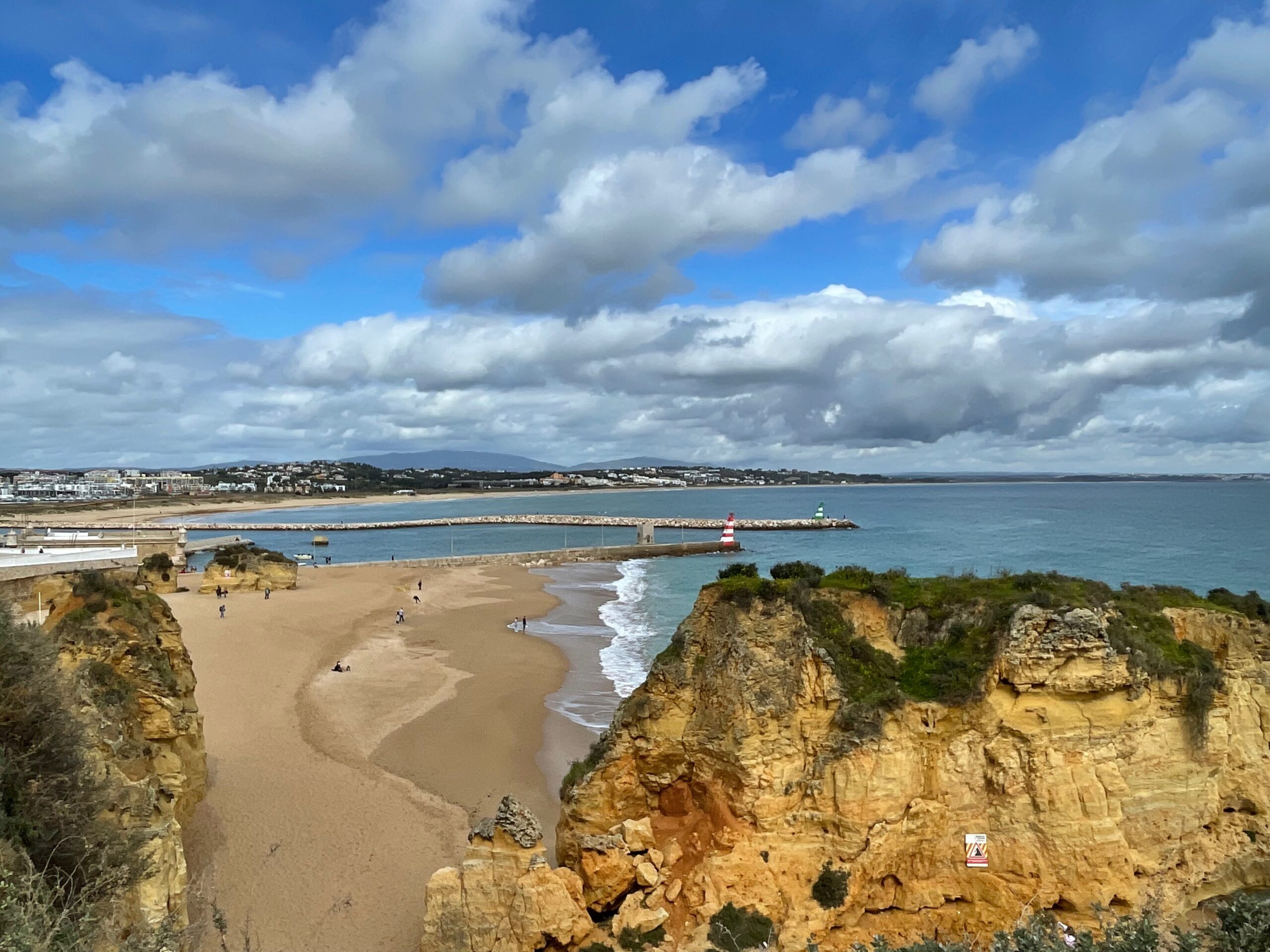 |
Around 30 minute drive takes to get to Sagres (again you can get there from Lagos by bus). The tip of the village is the southwesternmost point in Europe. The place offers spectacular views at the 75 meters above the ocean cliffs. I recommend having a walk around the area, especially on the scenic rocky cliffs (don’t come close to the edge) behind the parking, the nature is very different here creating typical seascapes of the north. Sagres is often very windy, so bring with you sweater or windproof jacket for protection. The Western part of Algarve is also famous from wild and scenic beaches which are very good for surfing (so if you plan to surf you can consider accommodation close to Lagos), they are often filled with less people and have spectacular views at the cliffs. When driving back I suggest to watch your GPS and detour from your road if you spot a nice beach. To most of them you can take stairs down. In season there are often some cafes open so you can have a longer time there combining a walk with a cup of coffee which is a very pleasant conclusion of the day.
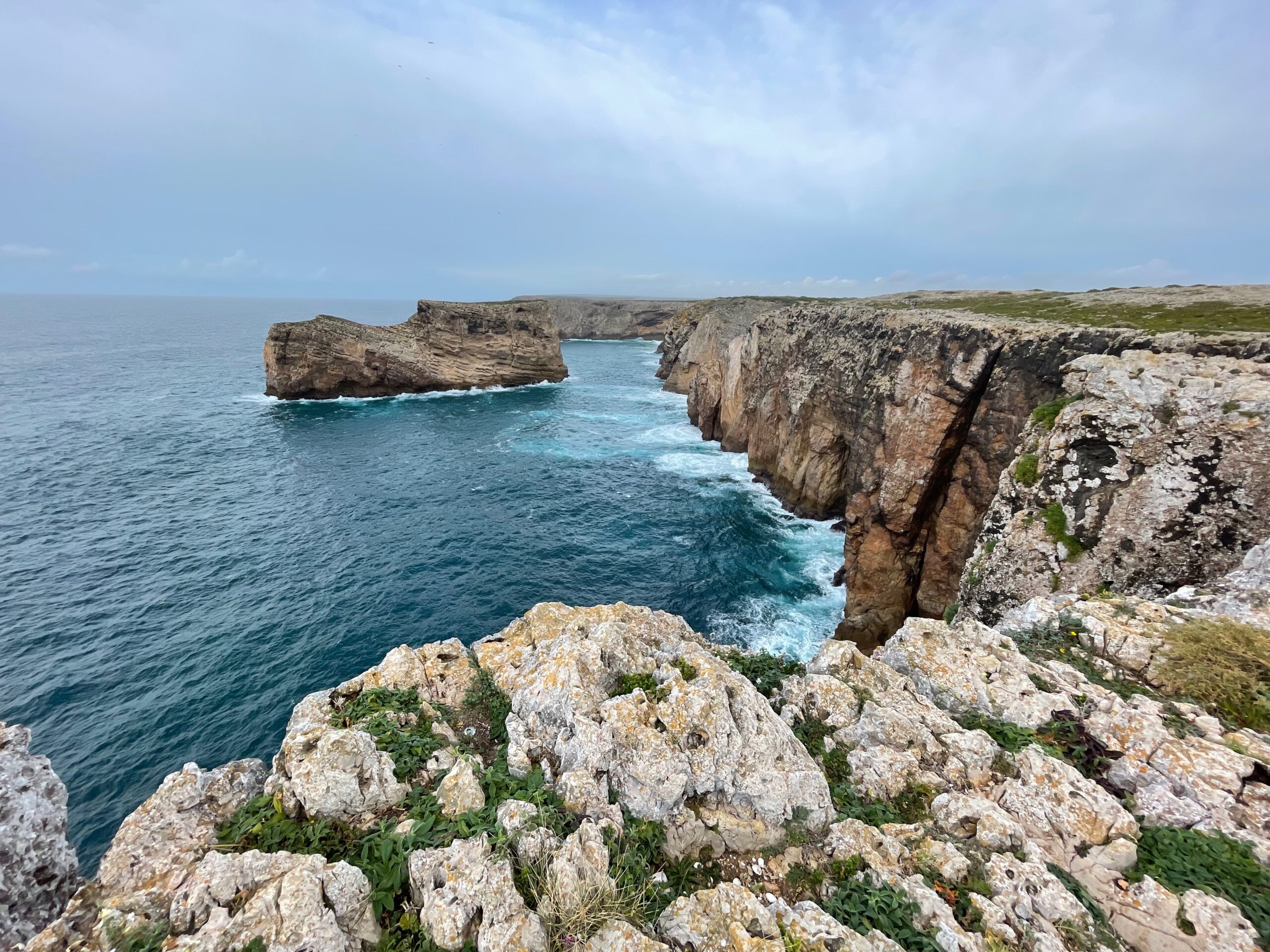 |
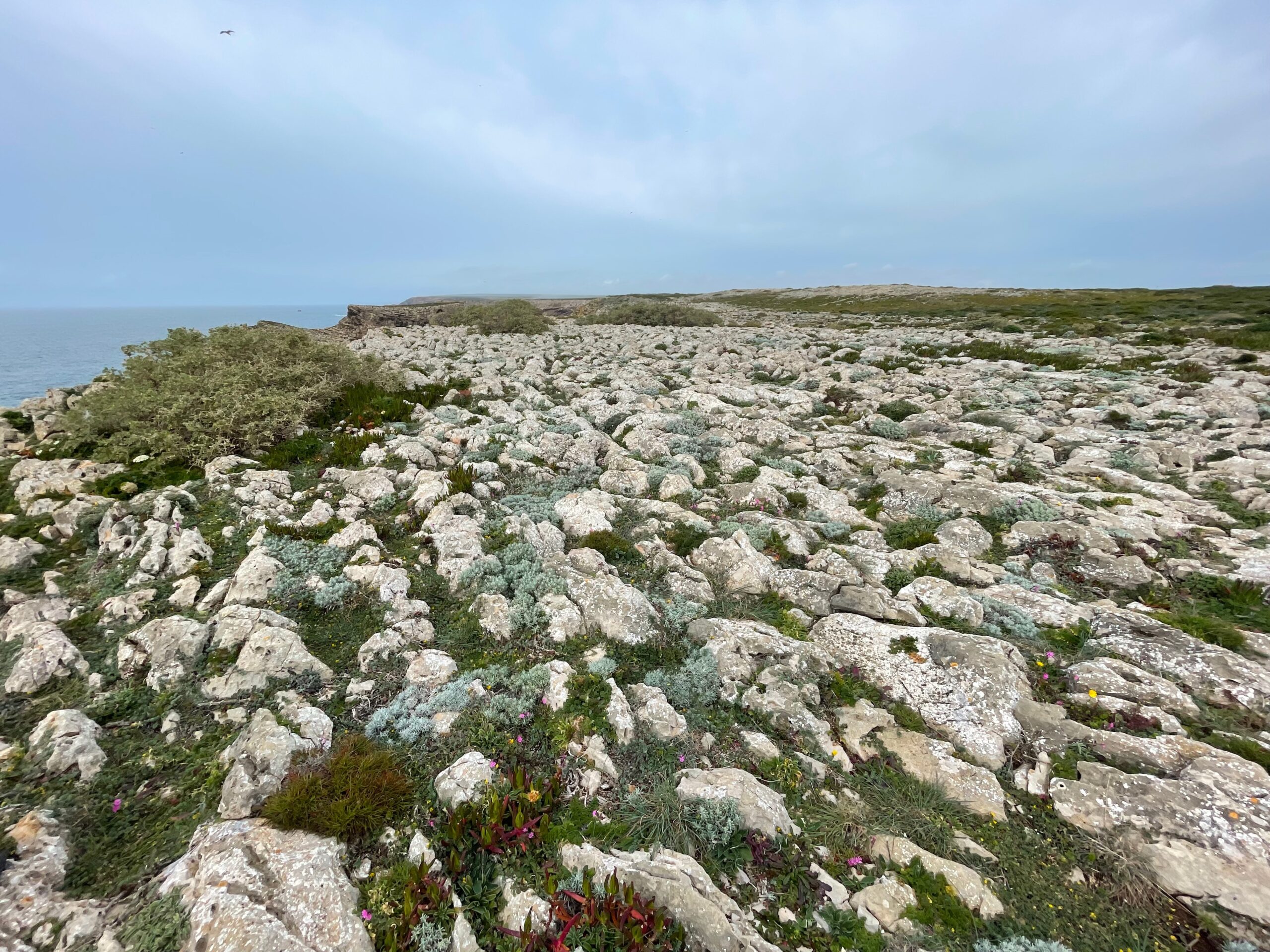 |
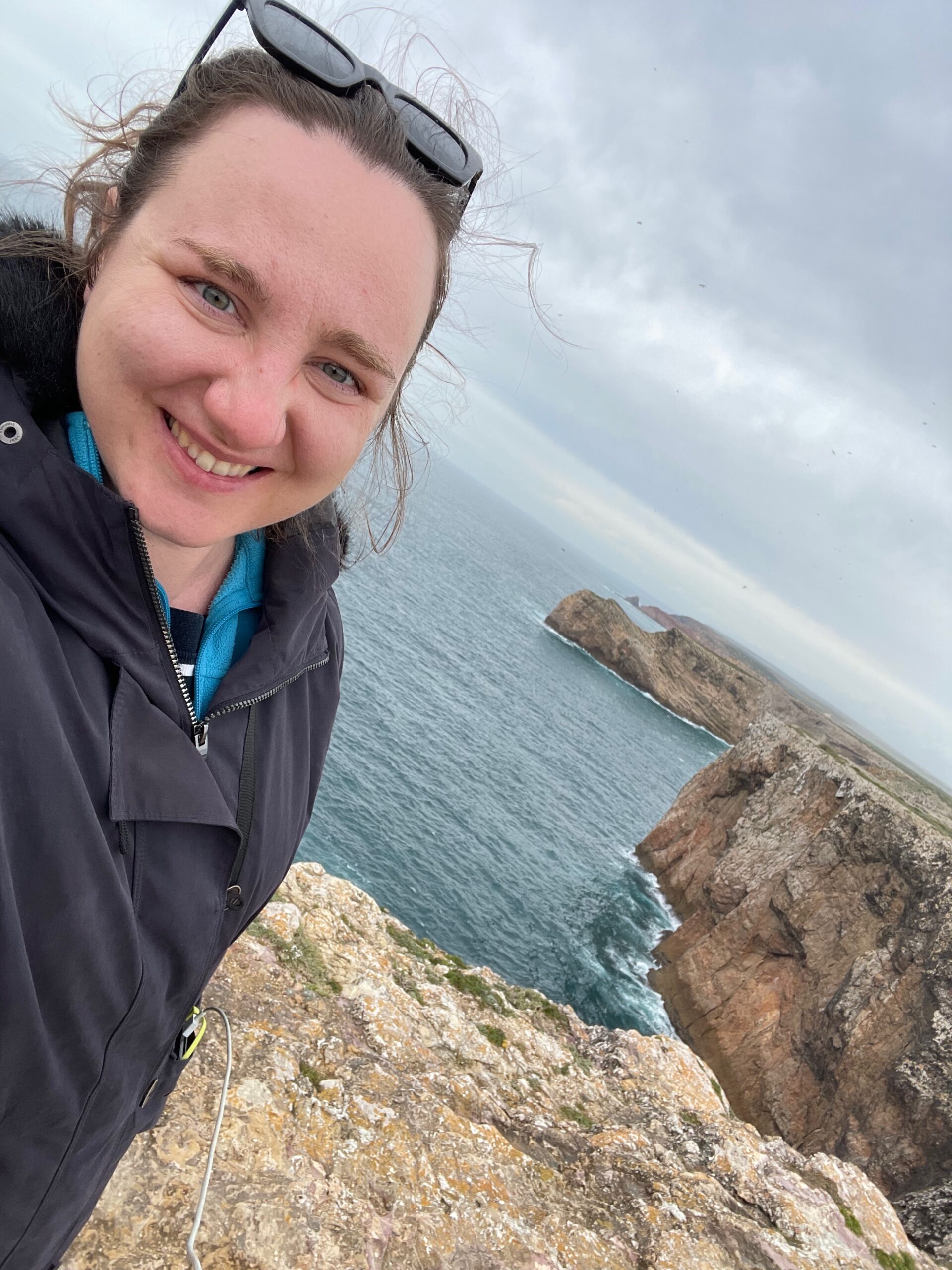 |
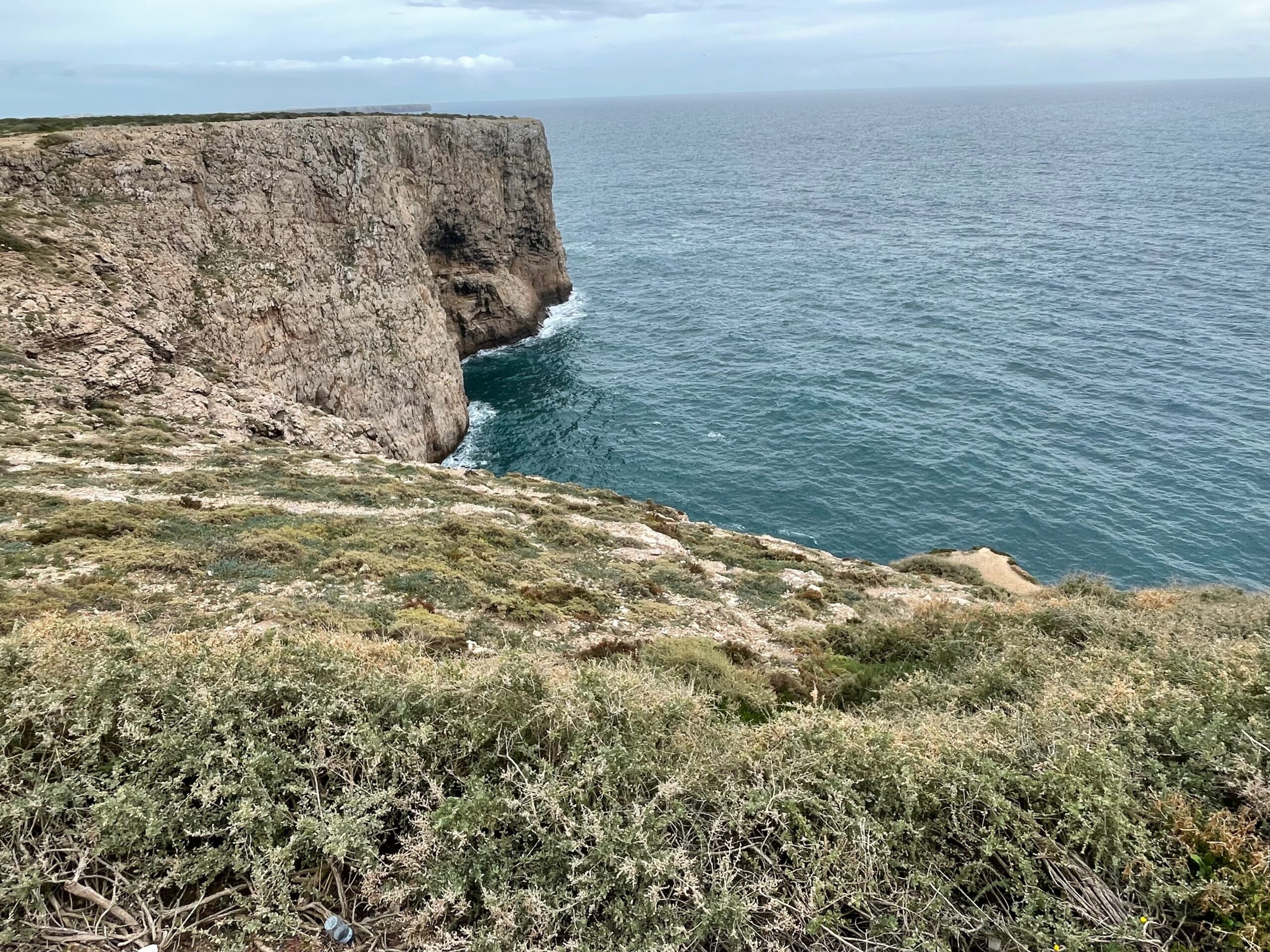 |
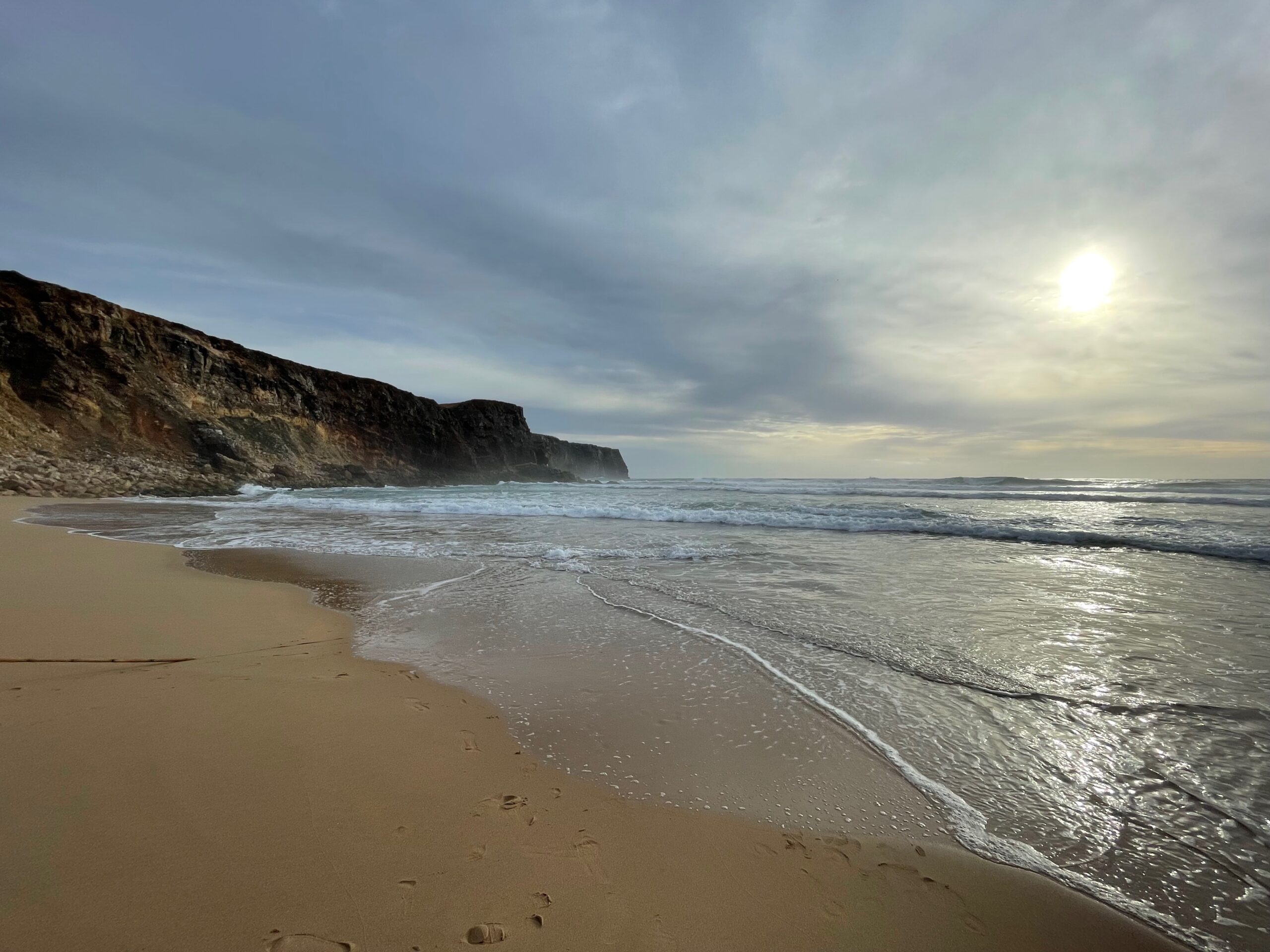 |
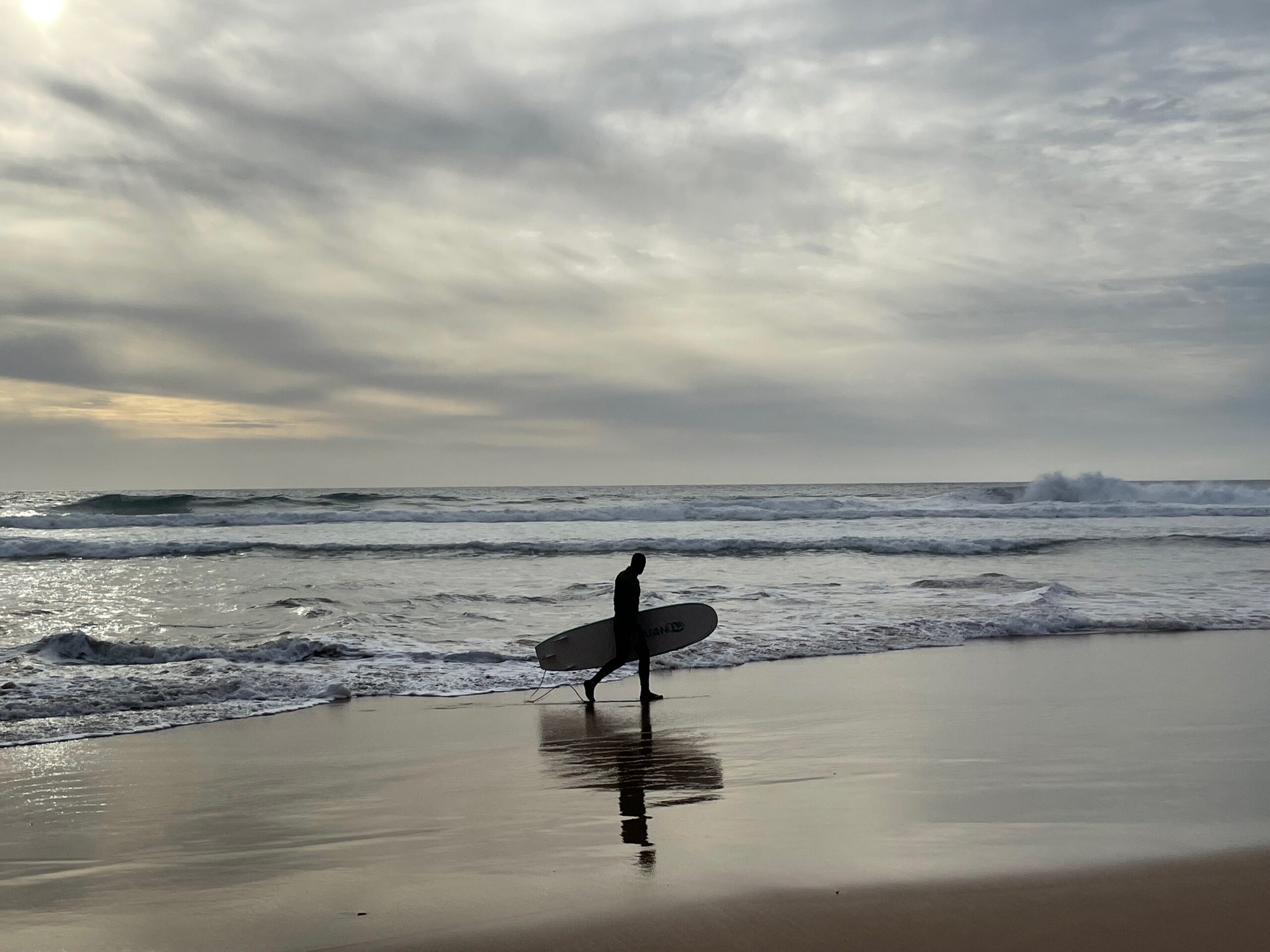 |
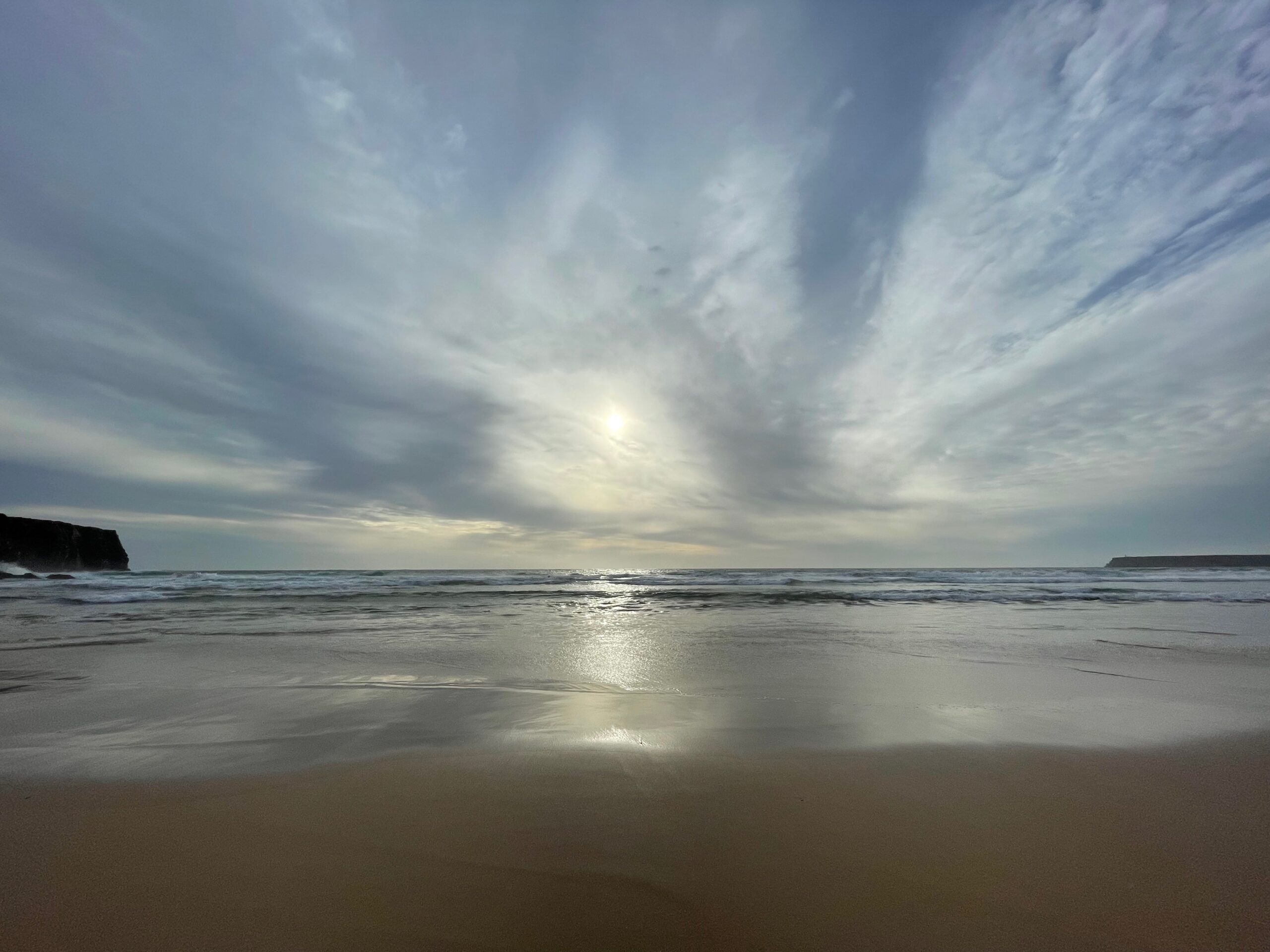 |
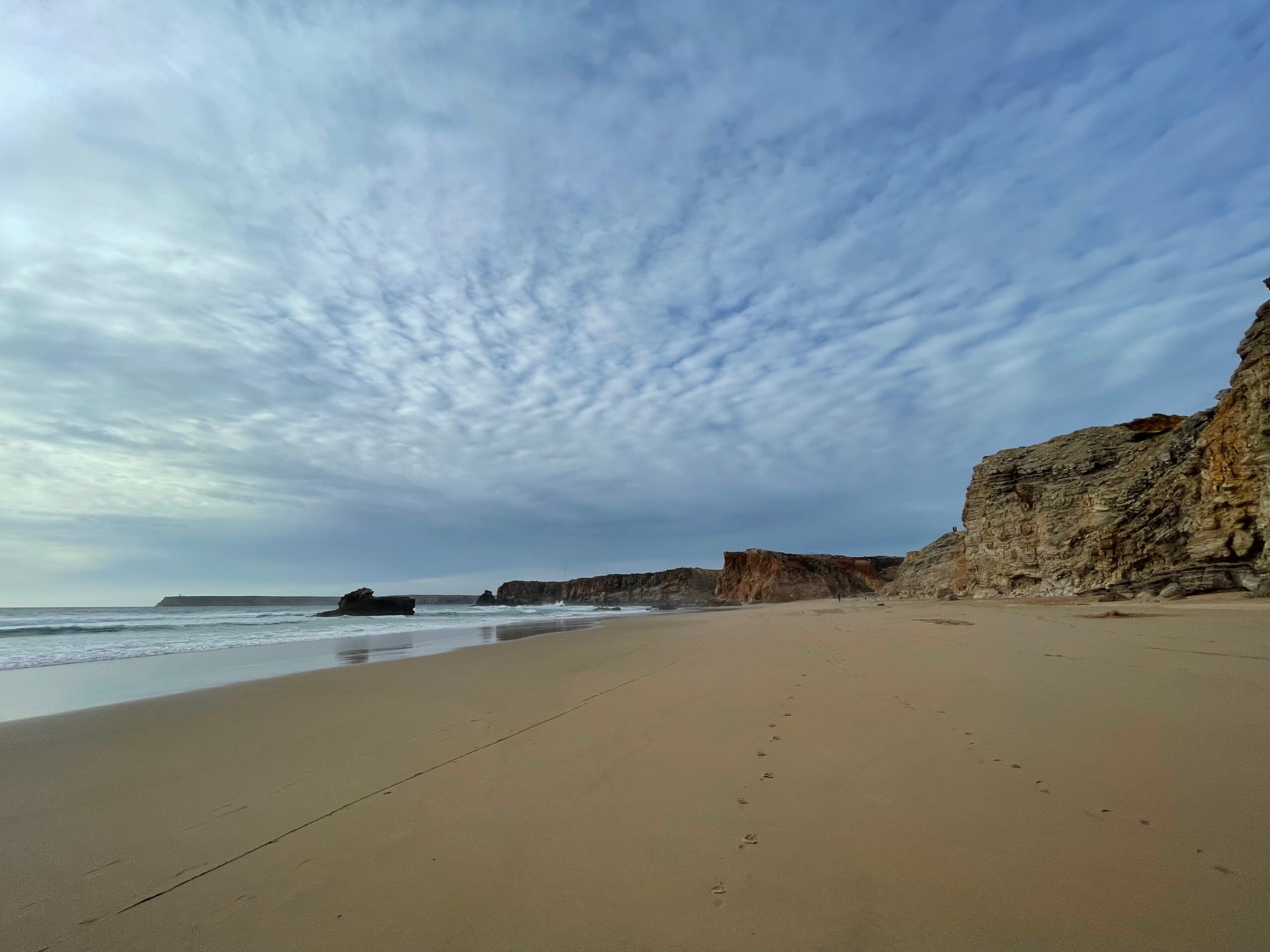 |
3. Albufeira
After all day on the road, I decided to have a calmer day in Albufeira. This coastal town is easily reachable by both train and bus. Since I like visiting charming villages and towns I was surprised that it didn’t make that high in the rankings and reviews, with Carvoeiro and Ferragudo being on the top. Personally, however, I find that Albufeira has many beautiful traditional narrow streets with authentic architecture of the fishing village, you want to explore the part of the old town located on the cliffs, delving into picturesque streets. During your walk you will find plenty of hidden gems such as a small chapel with walls covered with decorations made of shells which is very original. During your stroll up, you will encounter many viewpoint terraces from where you have perfect views at the surrounding area. Albufeira has also a beautiful sandy beach, and you can walk quite long along the coast, there is many bars and cafeterias where you can stop to have a small refreshment. Even if the city has original and authentic architecture, I don’t recommend buying souvenirs here, there are very generic and not of that high quality. For original, good quality and traditional Portuguese items I suggest shopping in Faro, there are also nice boutiques in Tavira.
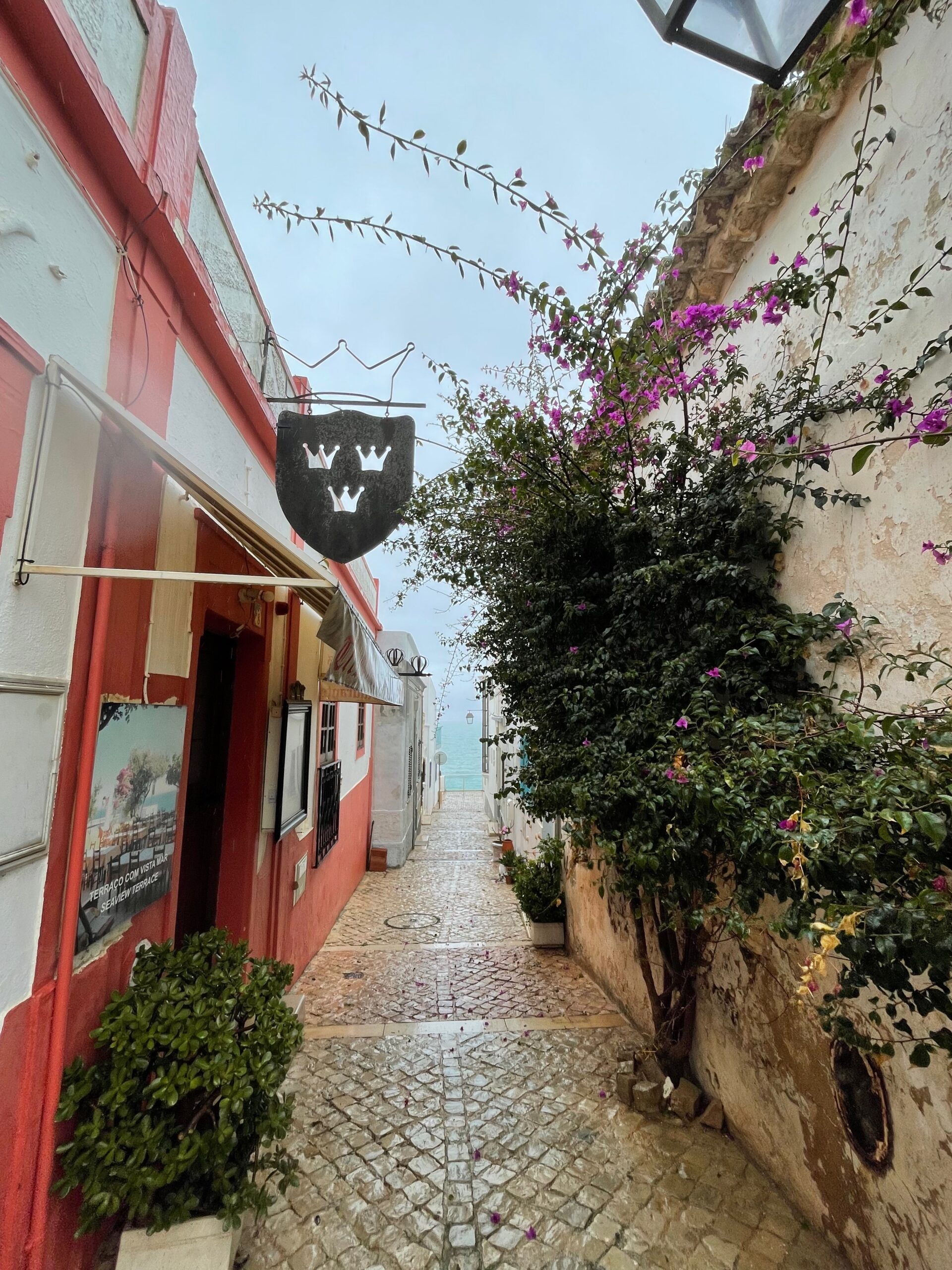 |
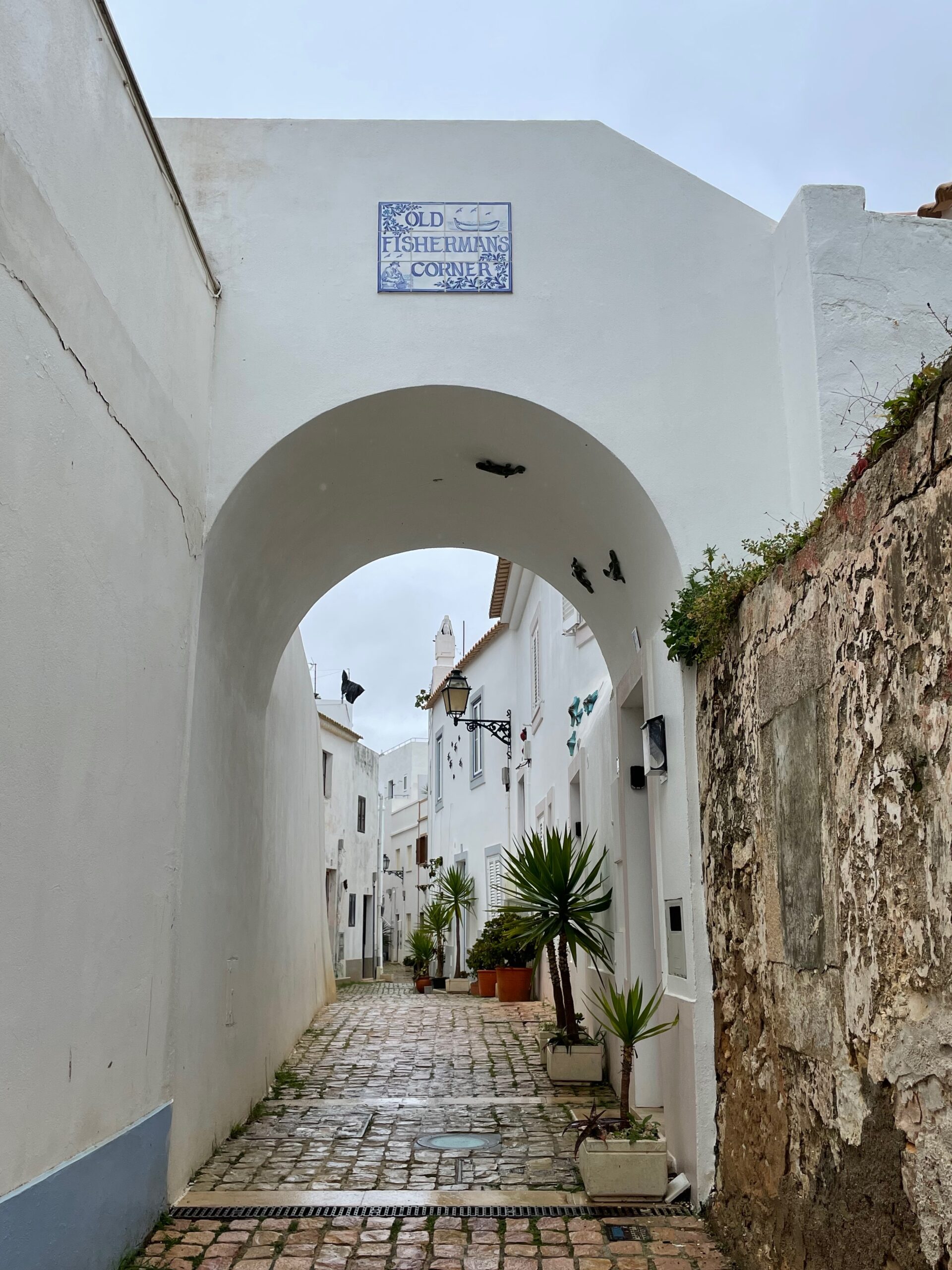 |
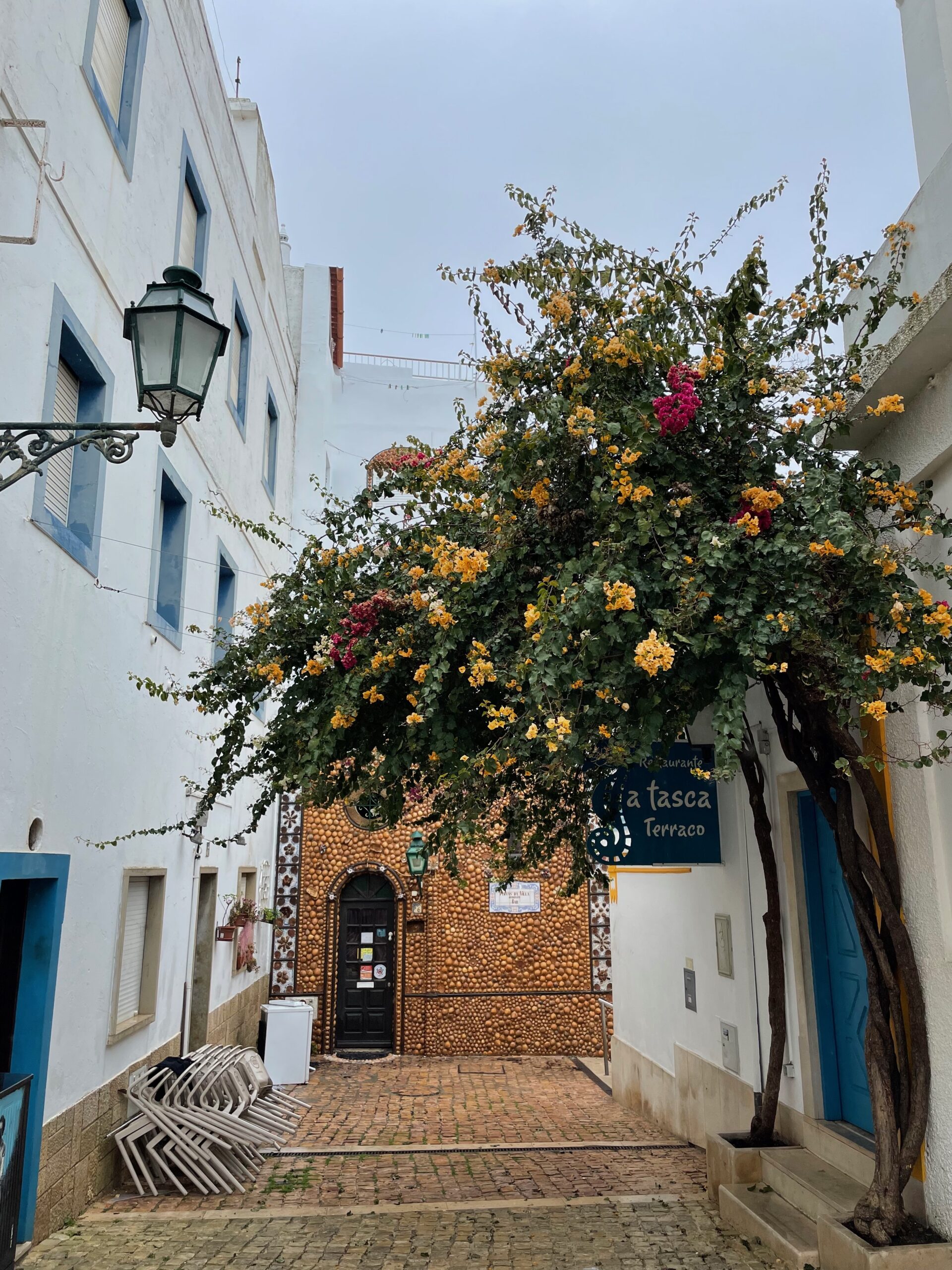 |
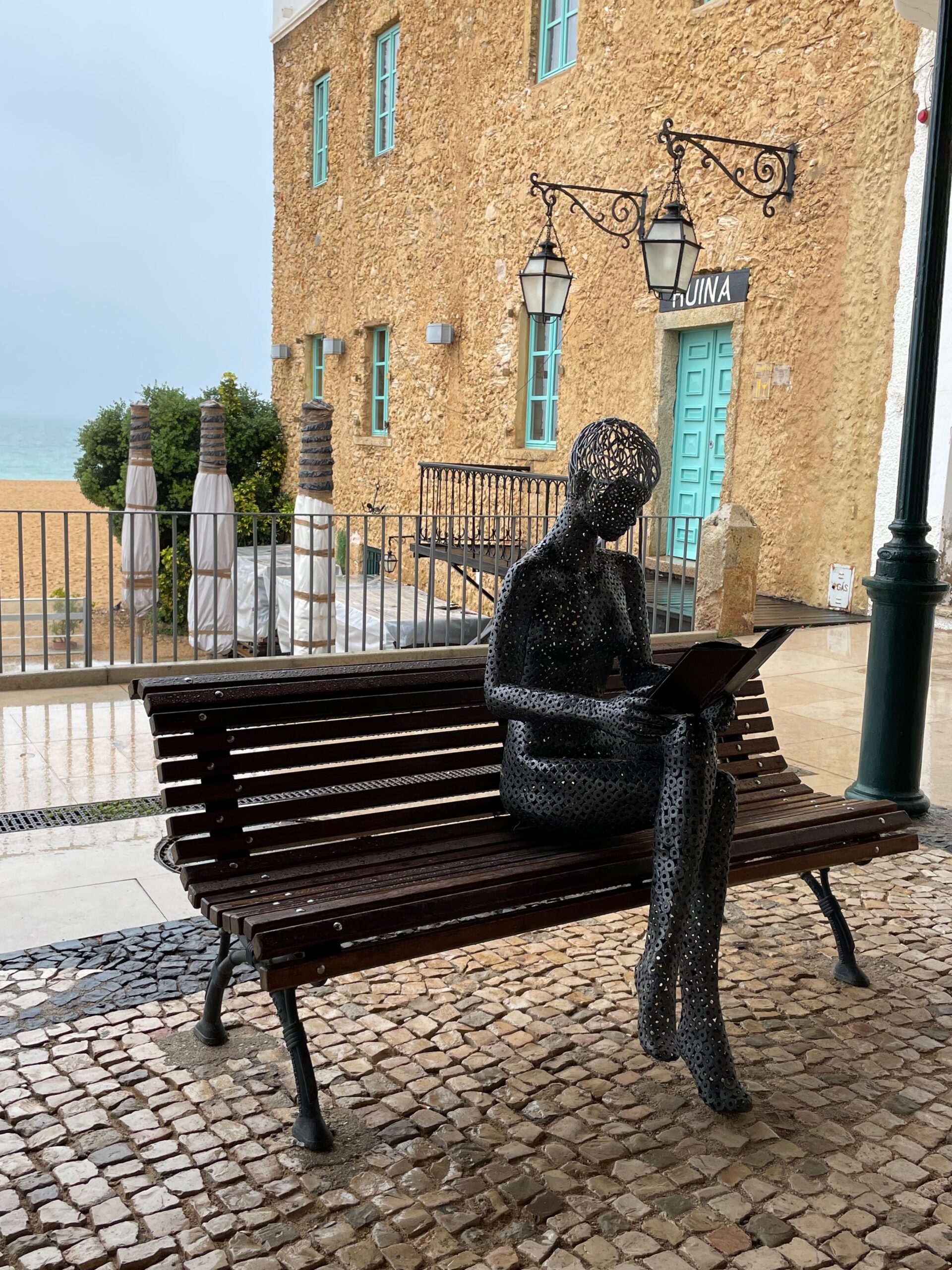 |
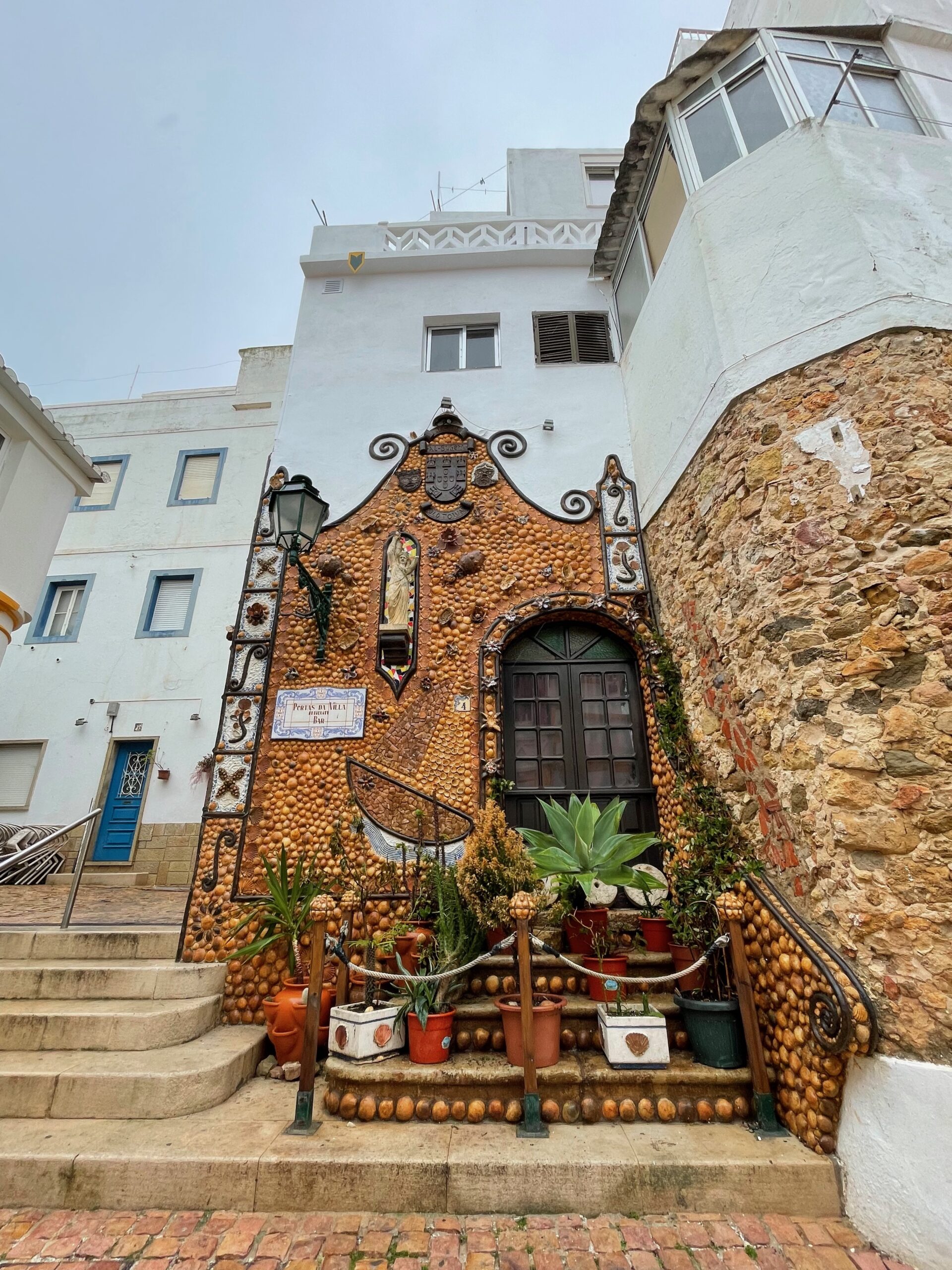 |
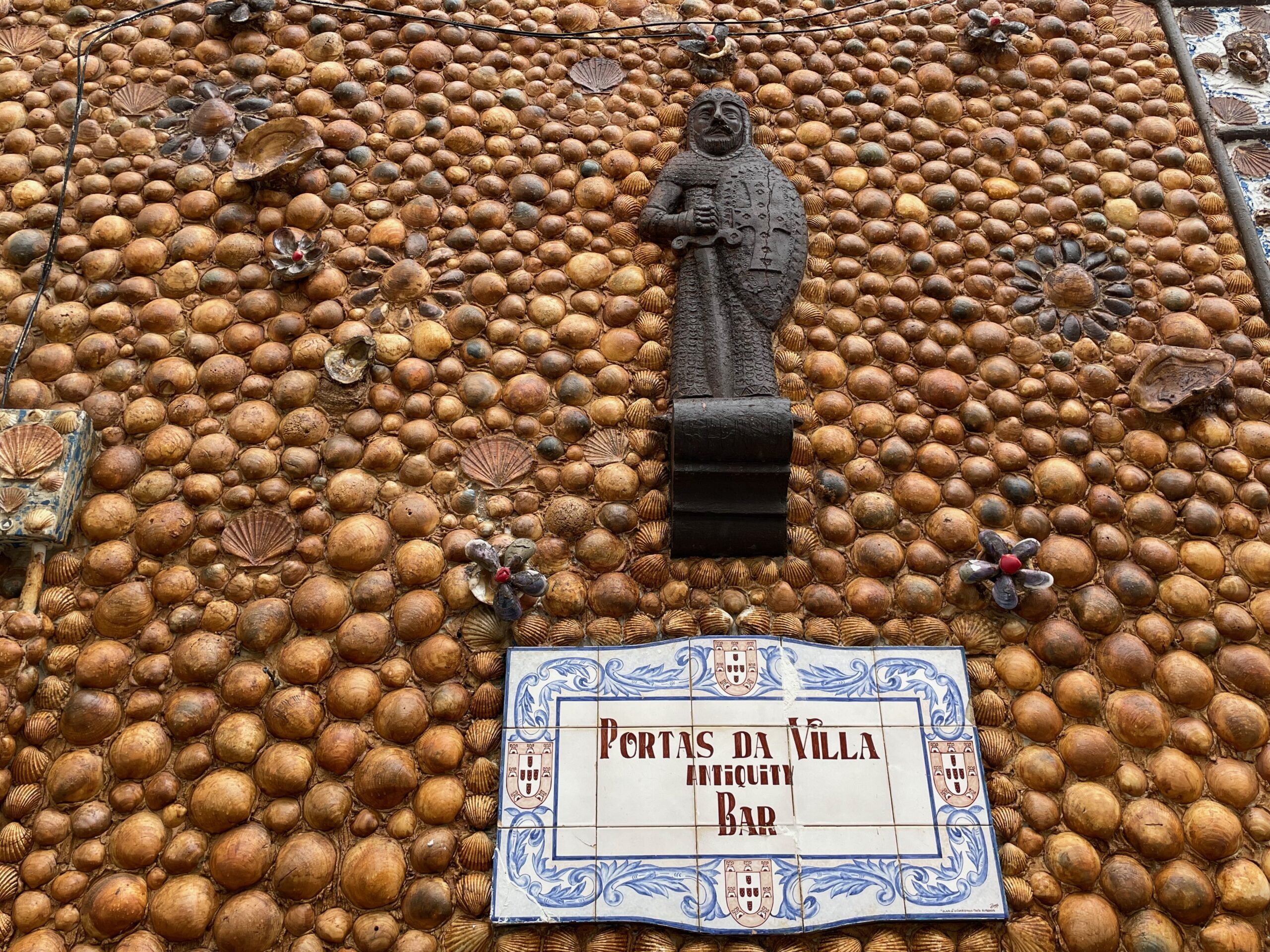 |
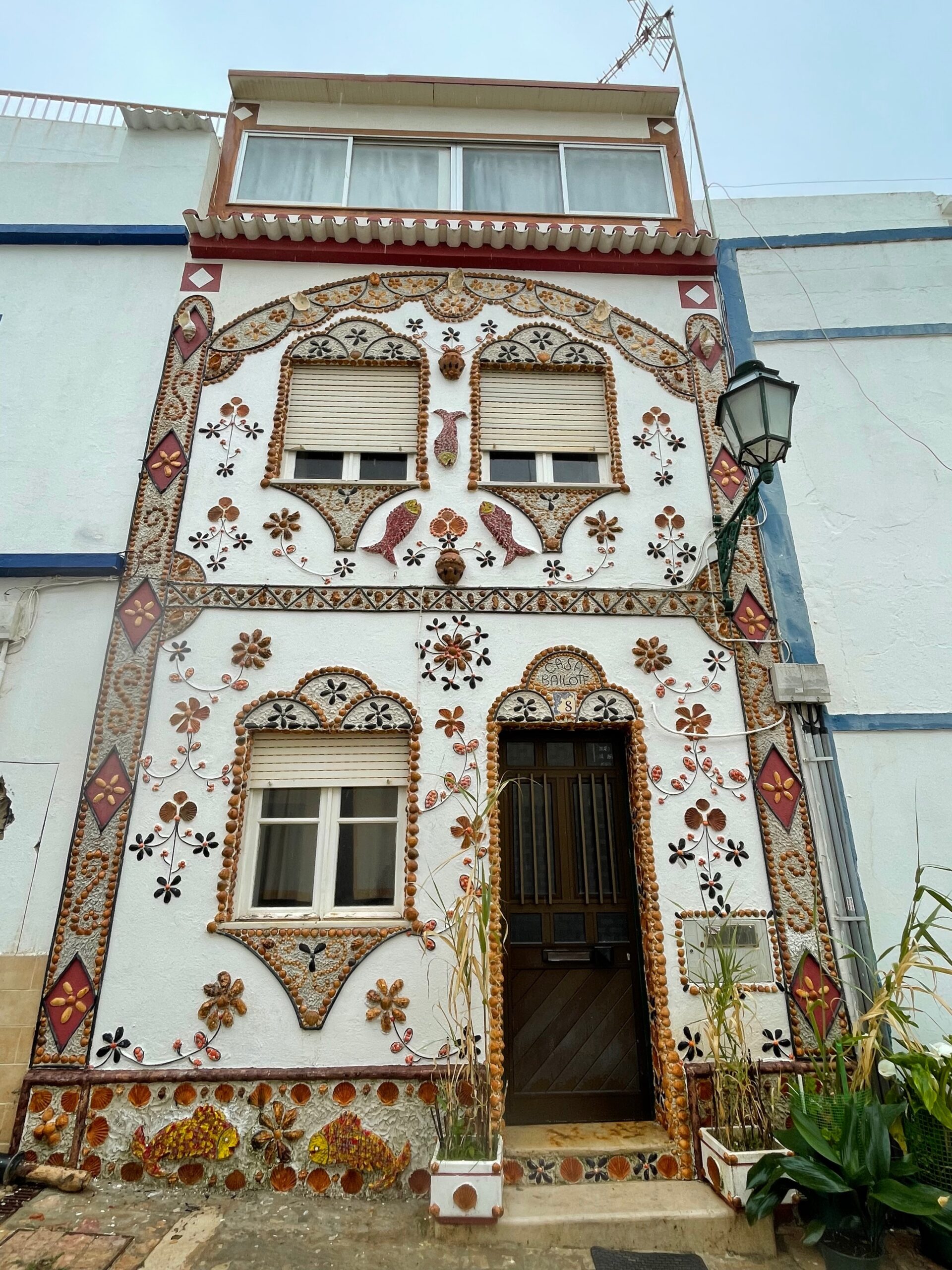 |
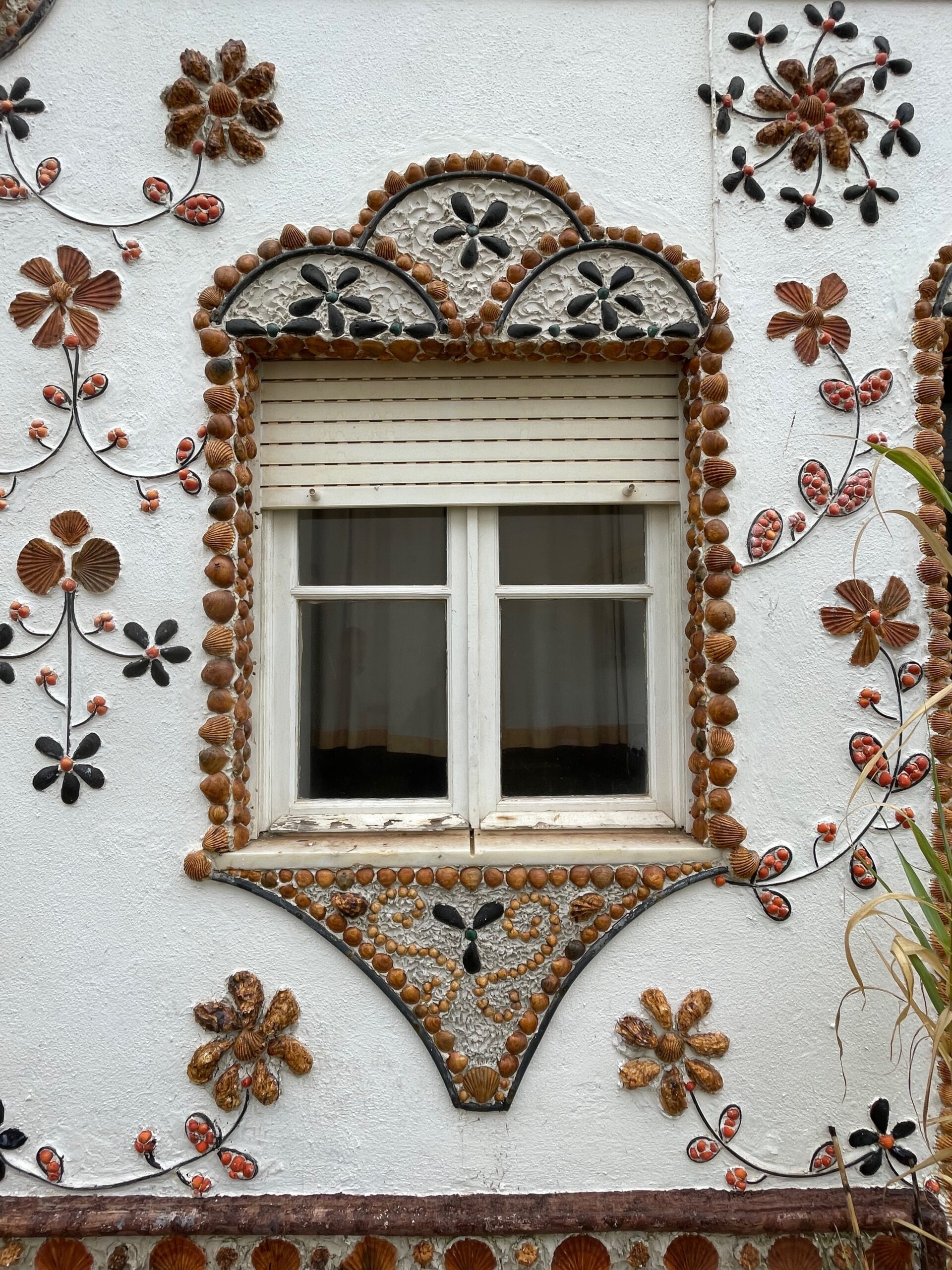 |
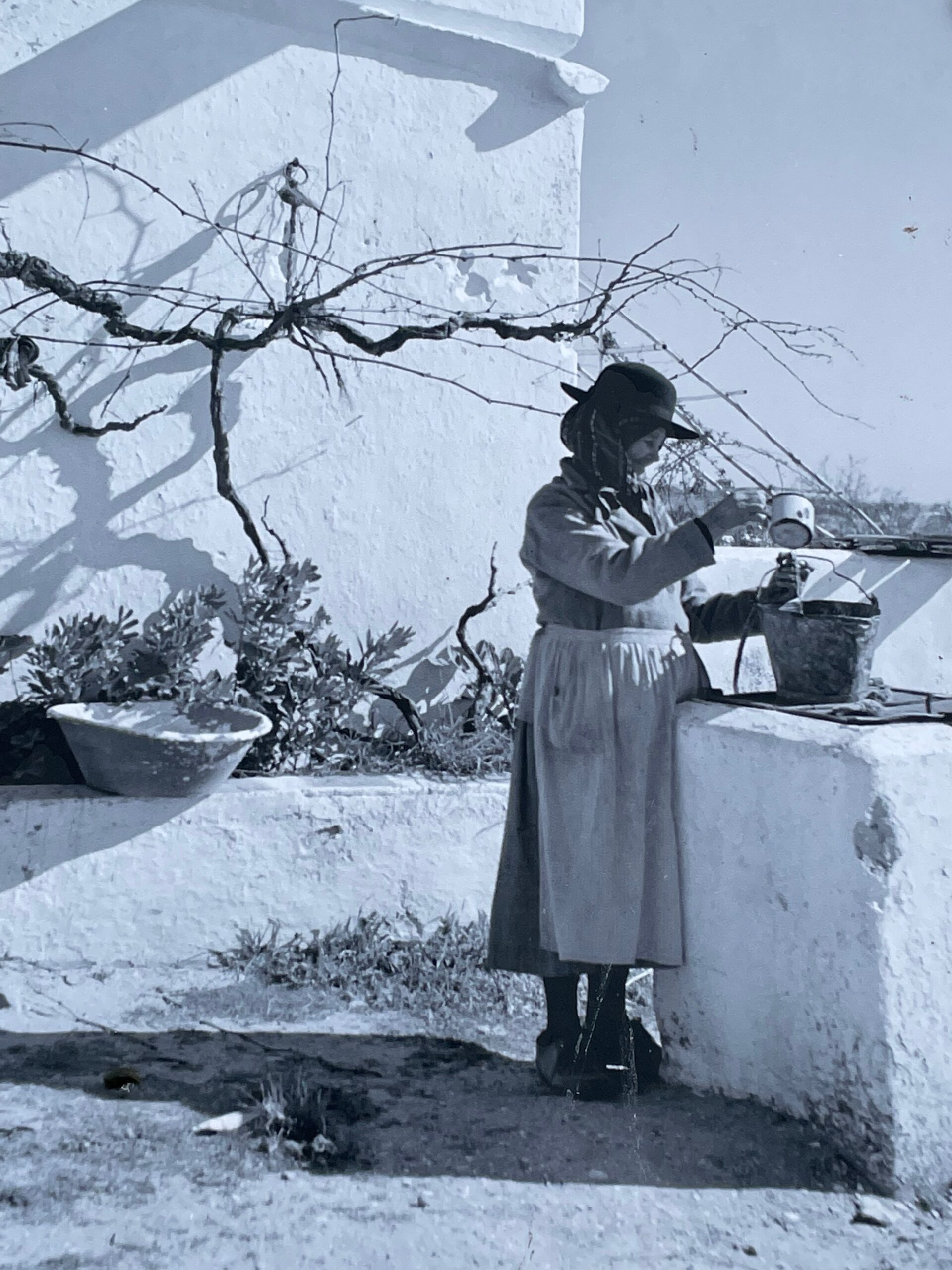 |
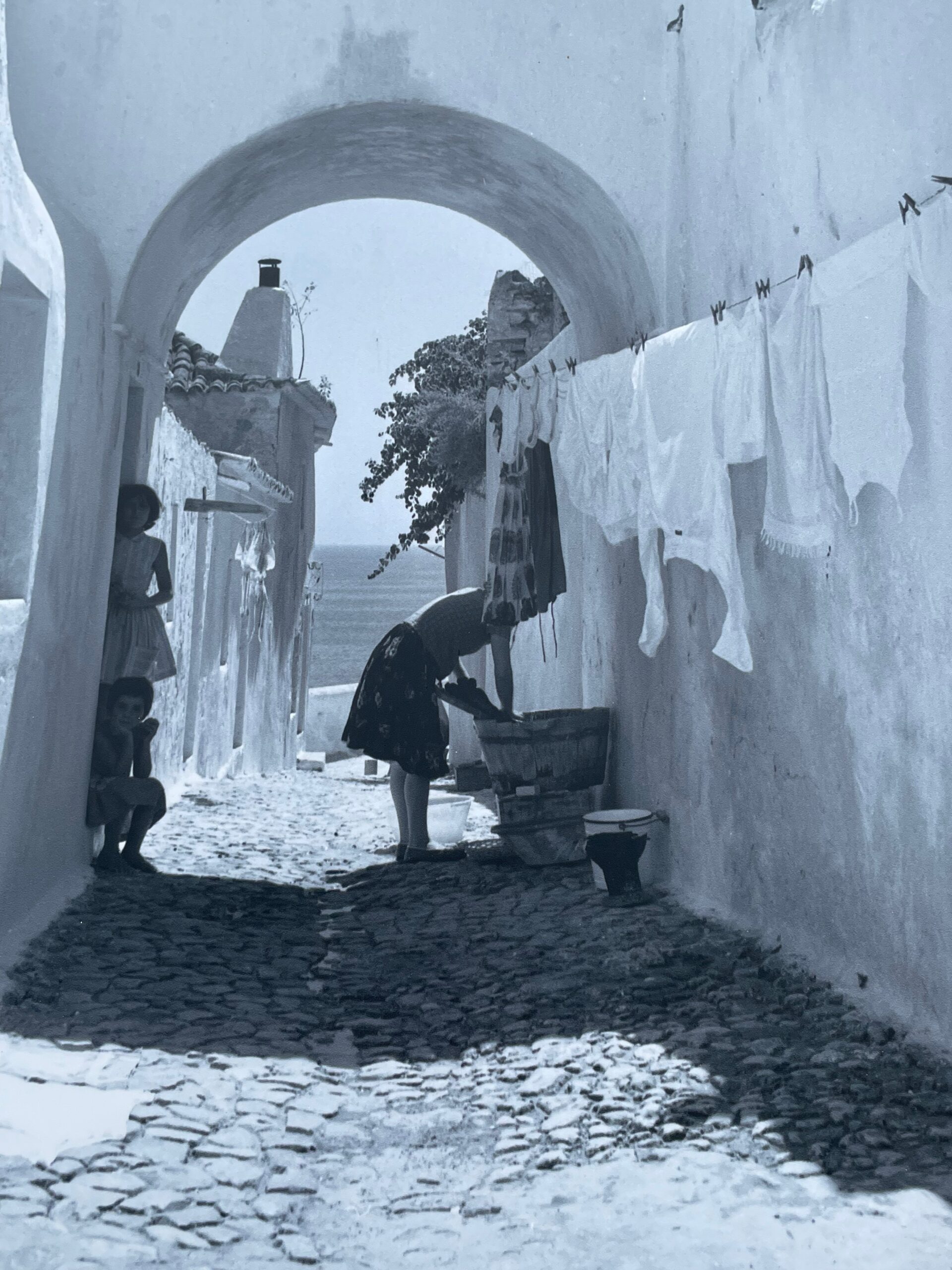 |
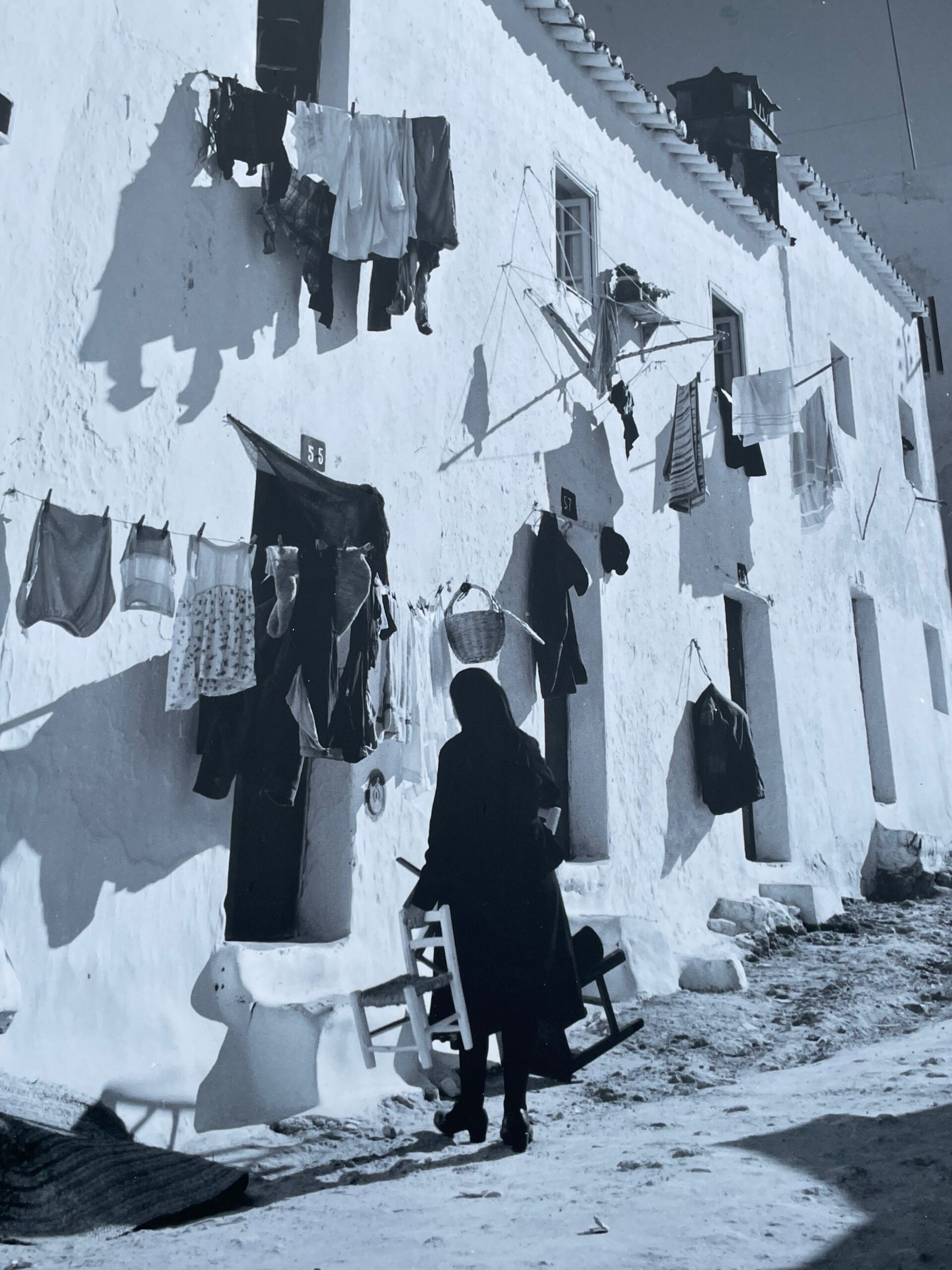 |
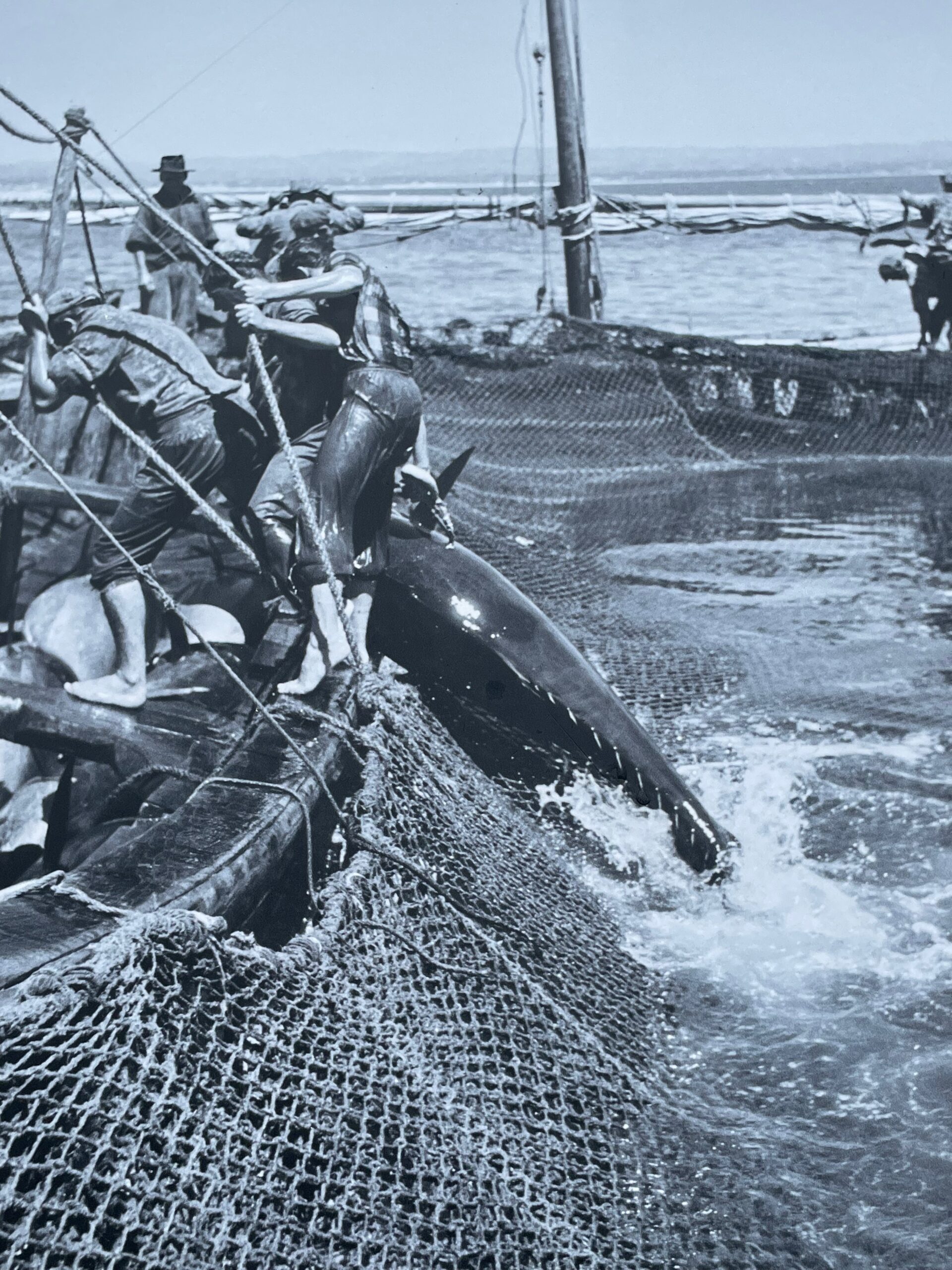 |
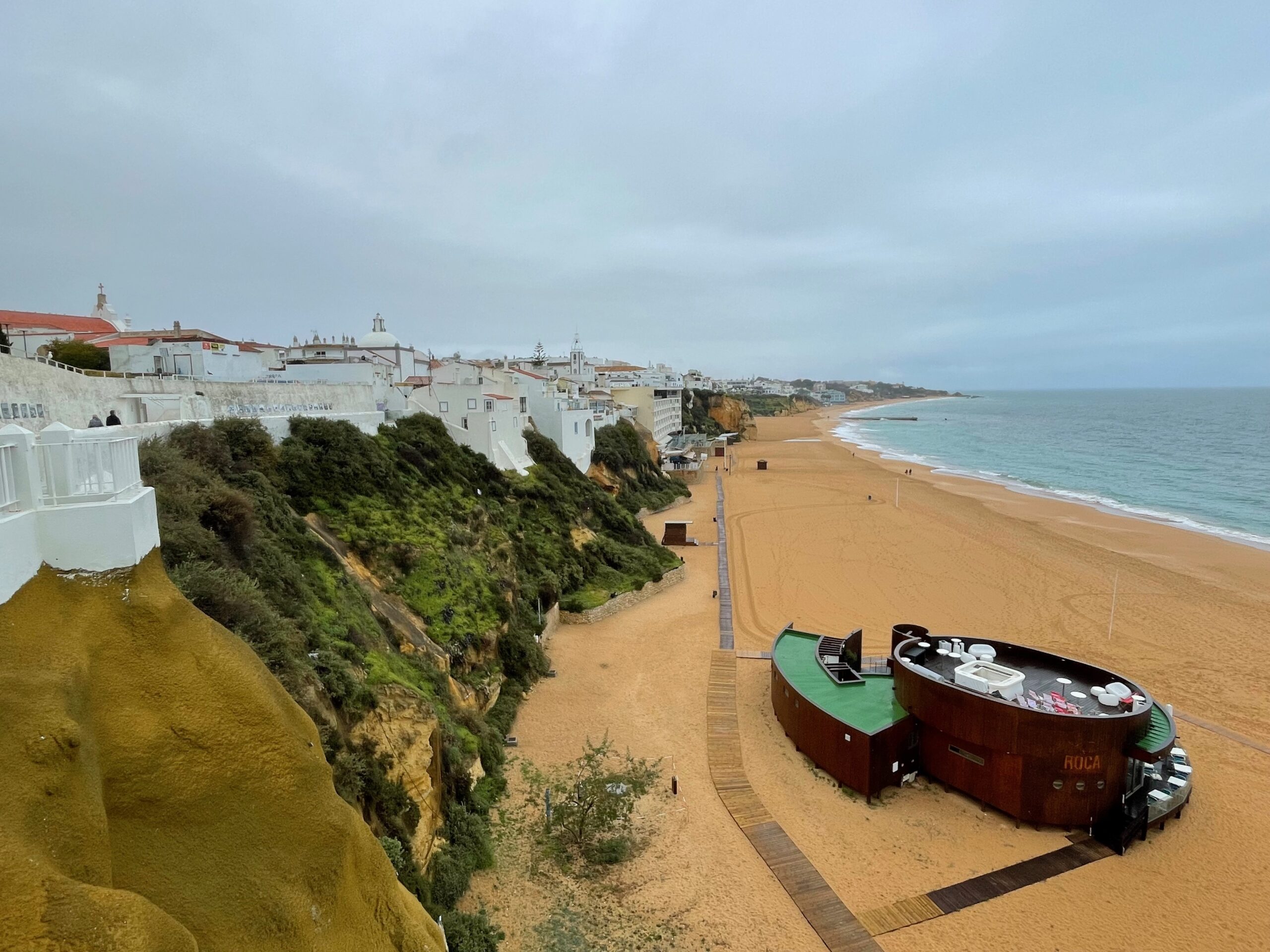 |
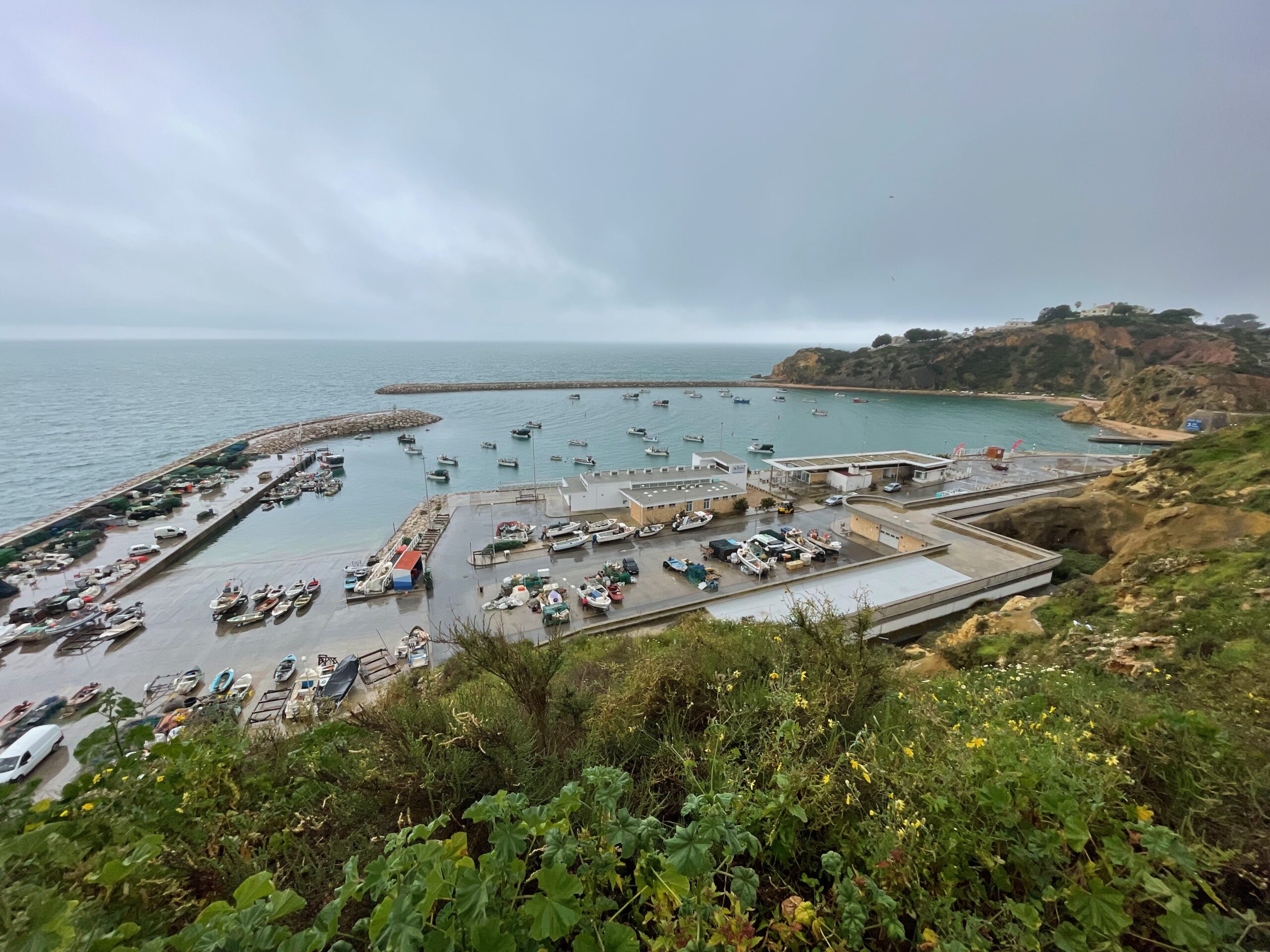 |
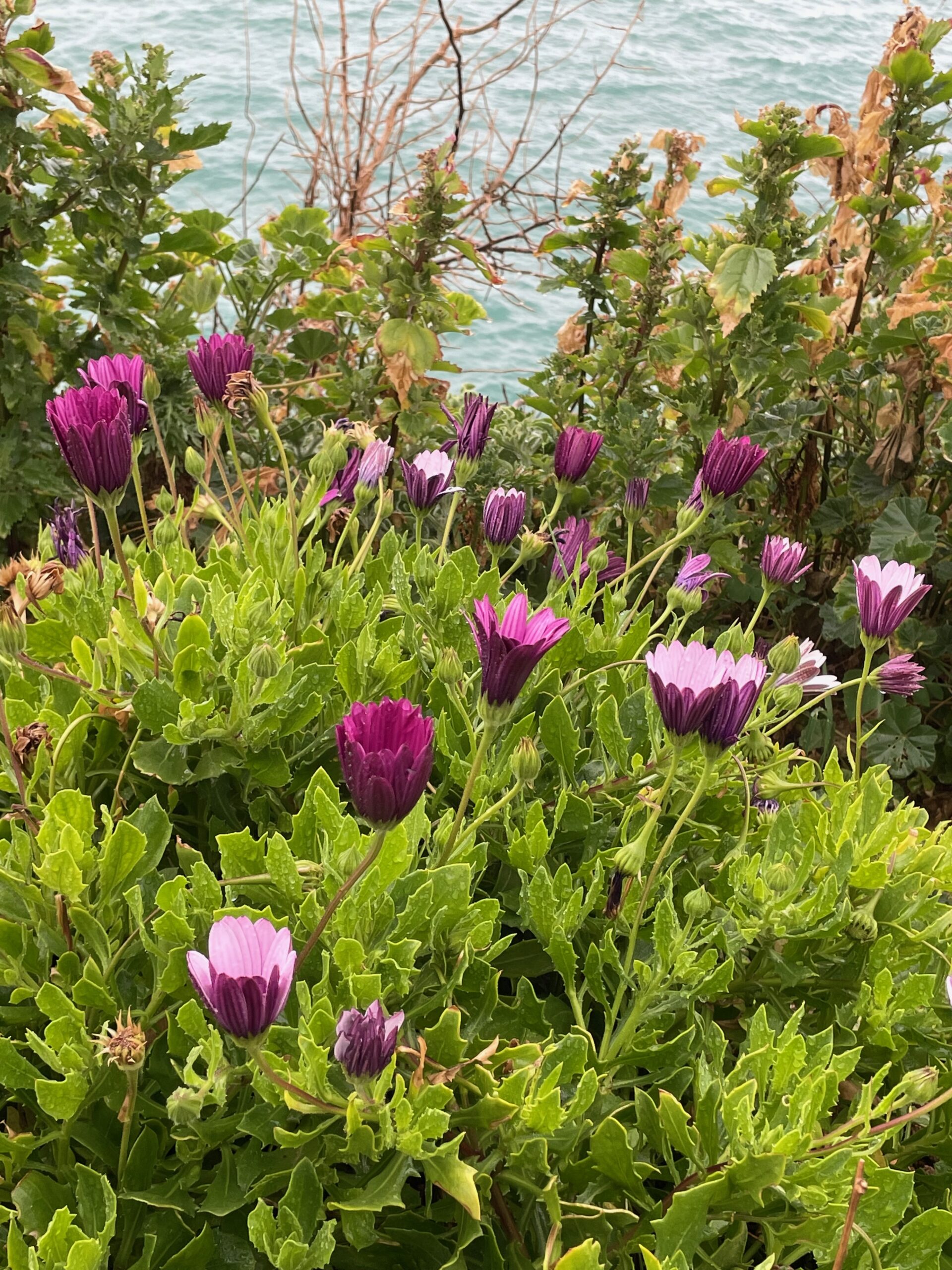 |
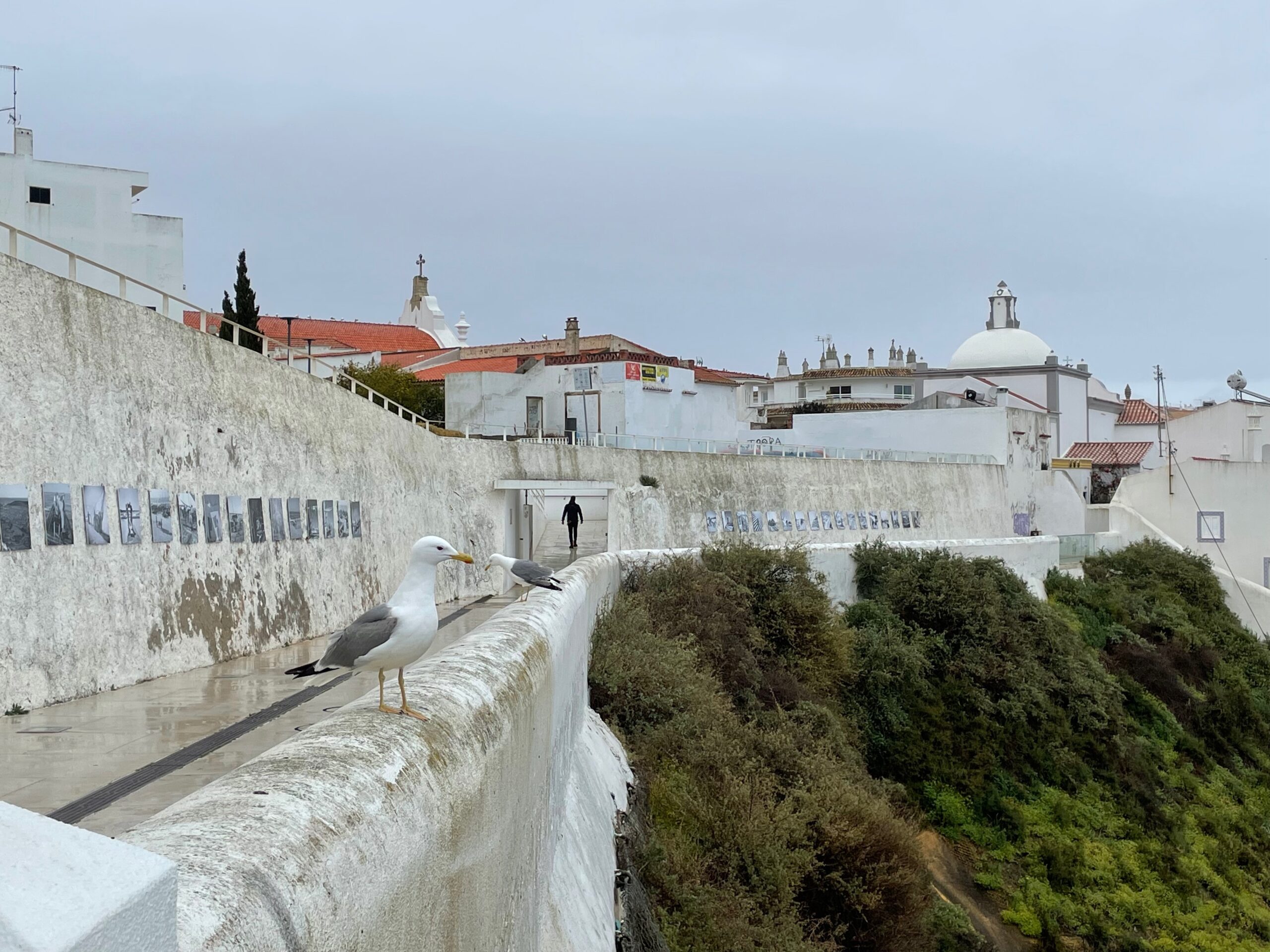 |
4. 7 Hanging Valleys Trail and village of Carvoeiro
7 Hanging Valleys Trail offers one of the most scenic hikes in Algarve. This is a 6km trail along the cliffs from which you have spectacular views at the natural caves, intimate beaches hidden between rocks and limestone cliffs. When planning this hike, I found so much misleading information about its length and difficulty level that I think that this hike deserves a separate post to provide more details. Anyway, the 7 Hanging Valleys Trail starts in Praia de Marinha which was classified which is classified by Michelin Guide as one of the top in Europe, I suggest walking down to the beach for few minutes before starting the hike (there will be no opportunity to walk here back). Praia de Marinha is best accessible by car, I combined the bus with Uber to get there. The trail is reasonably marked, however, there is many options to do detour to get closer to the edge which is not the safest option since there is many warnings about sliding stones. I strongly recommend following the path and always choose safer route even if closer to the edge you get better views. The actual valleys are carved by the ocean water in the cliffs and when walking along the trail you will see deep holes and hear loud sound of waves hitting the rocks meters down. One of the caves you will see from above is famous Benagil cave which is a very popular destination for boats and canoe excursions.
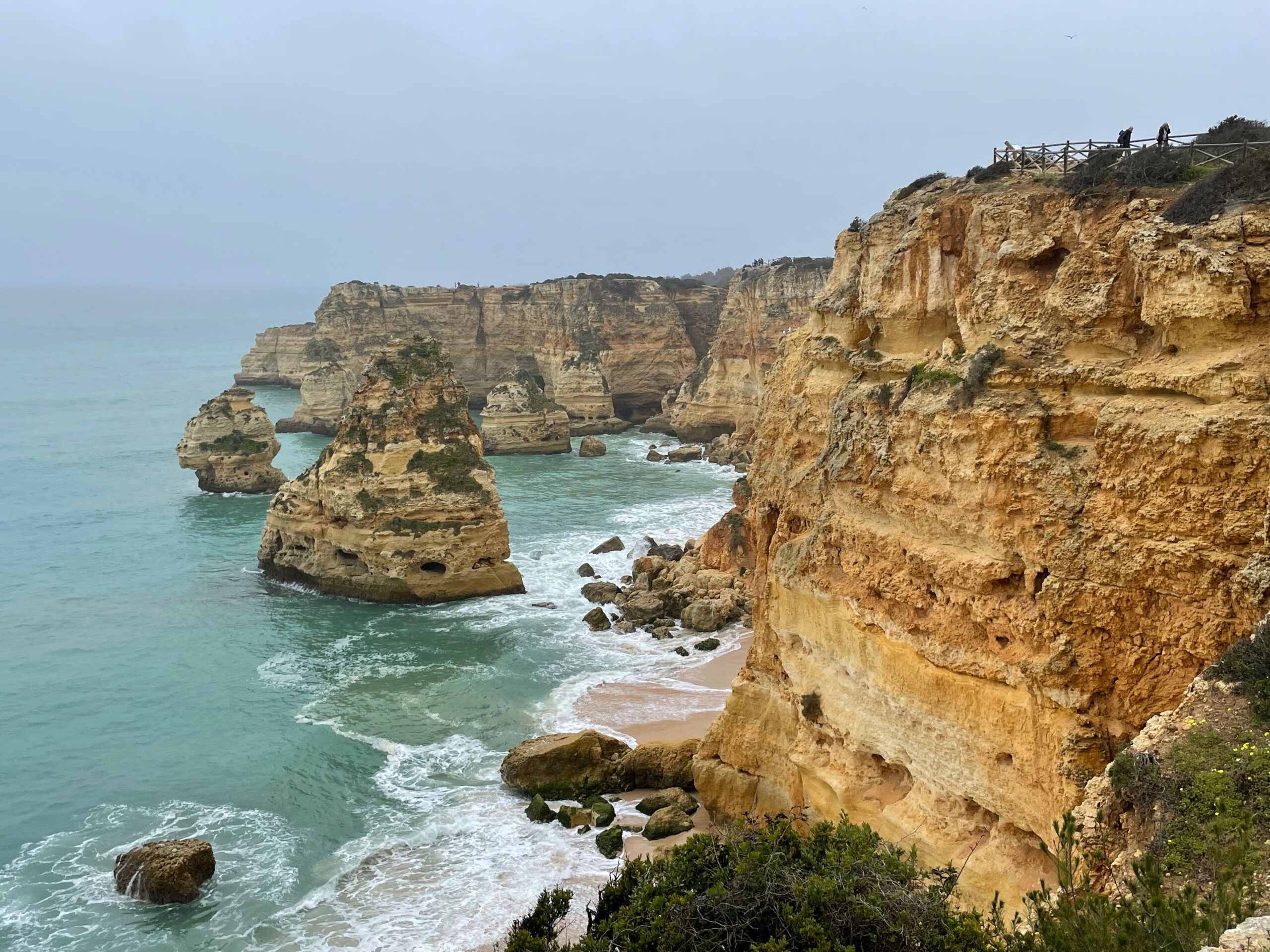 |
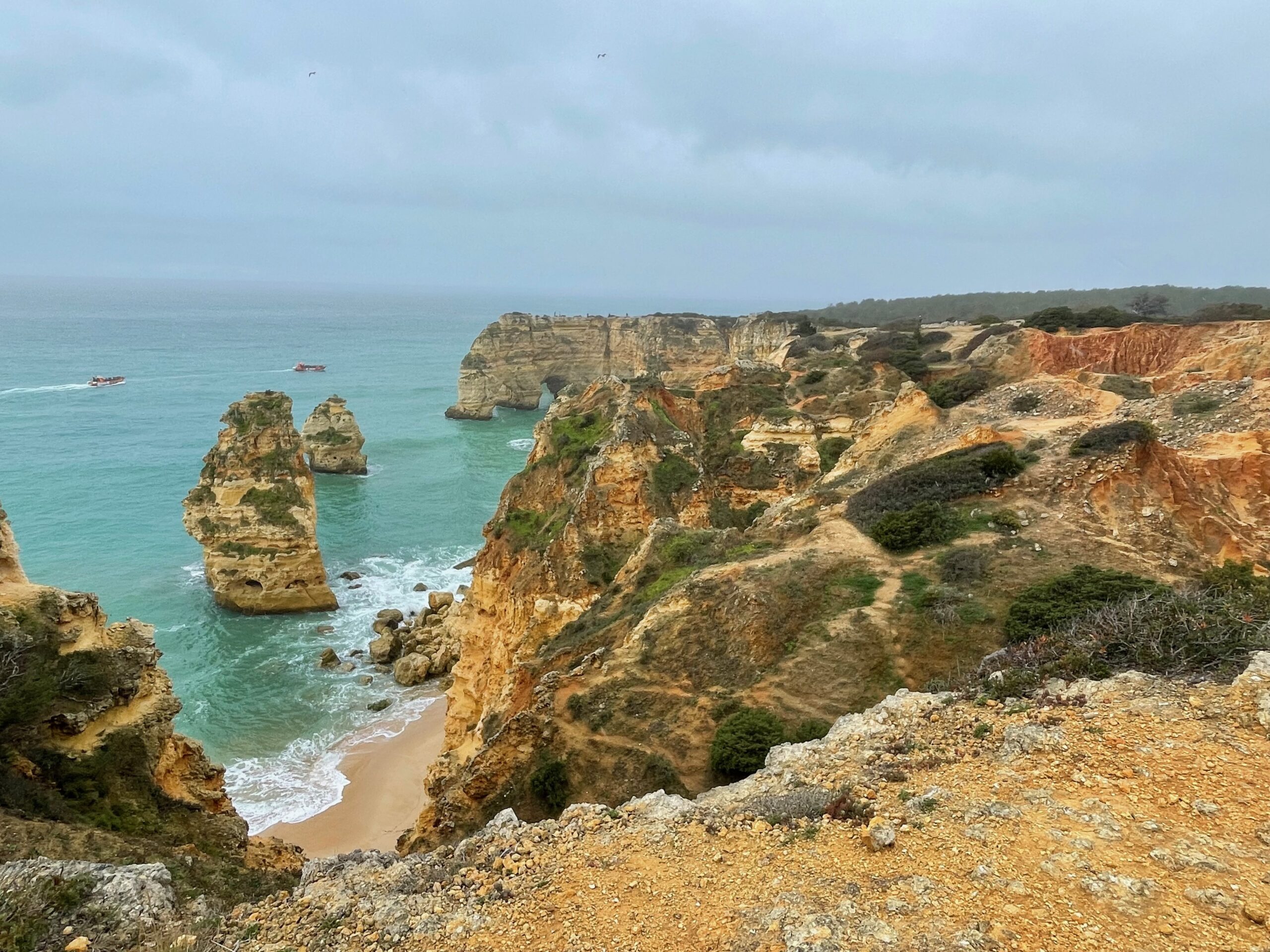 |
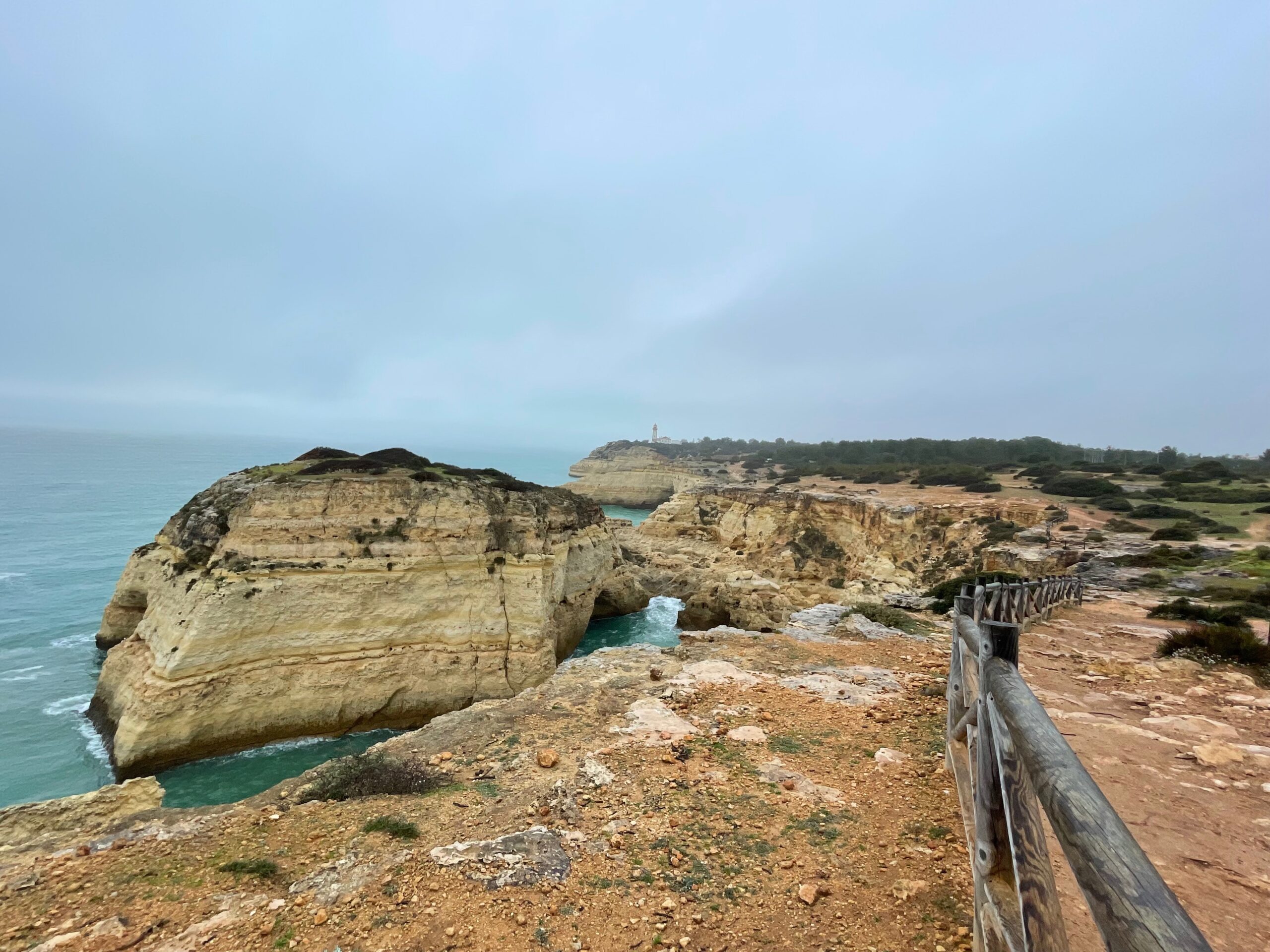 |
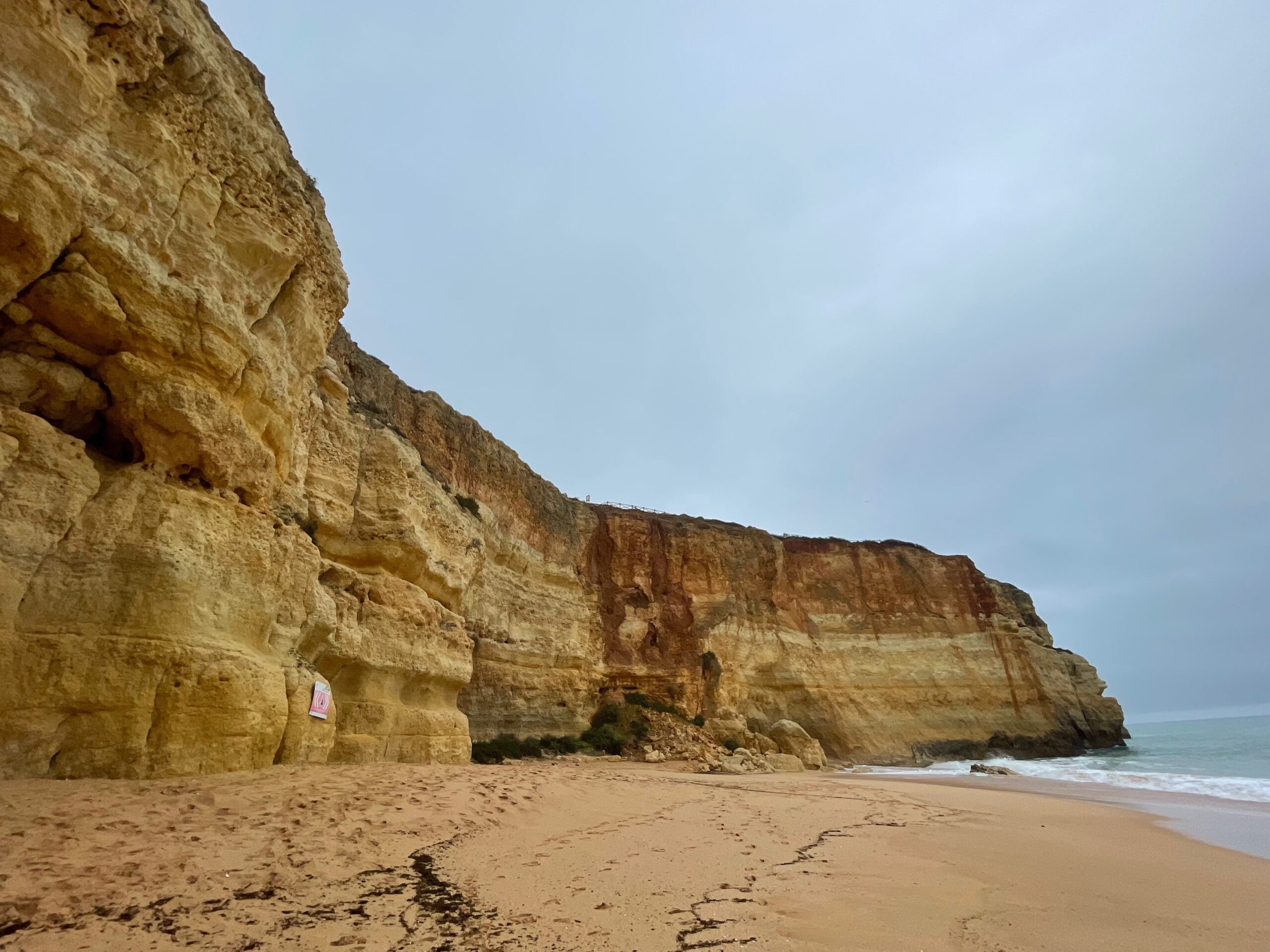 |
The route leads through charming Praia de Carvalho from where you can book such trip (which takes a bit more than 1 hour). The hike finishes in Praia do Vale de Centianes which I find very picturesque and I recommend to absorb the natural beauty and refresh a bit with a coffee served in the bar directly on the beach. Praia do Vale de Centianes is just few kilometers away from Carvoeiro which is a charming fishing village so I suggest taking Uber there to spend rest of the afternoon. Carvoeiro has very pleasant ocean front with colorful traditional houses built on the cliffs between which a nice sandy beach is nested. You will find here many bars and restaurants which I recommend checking out for dinner.
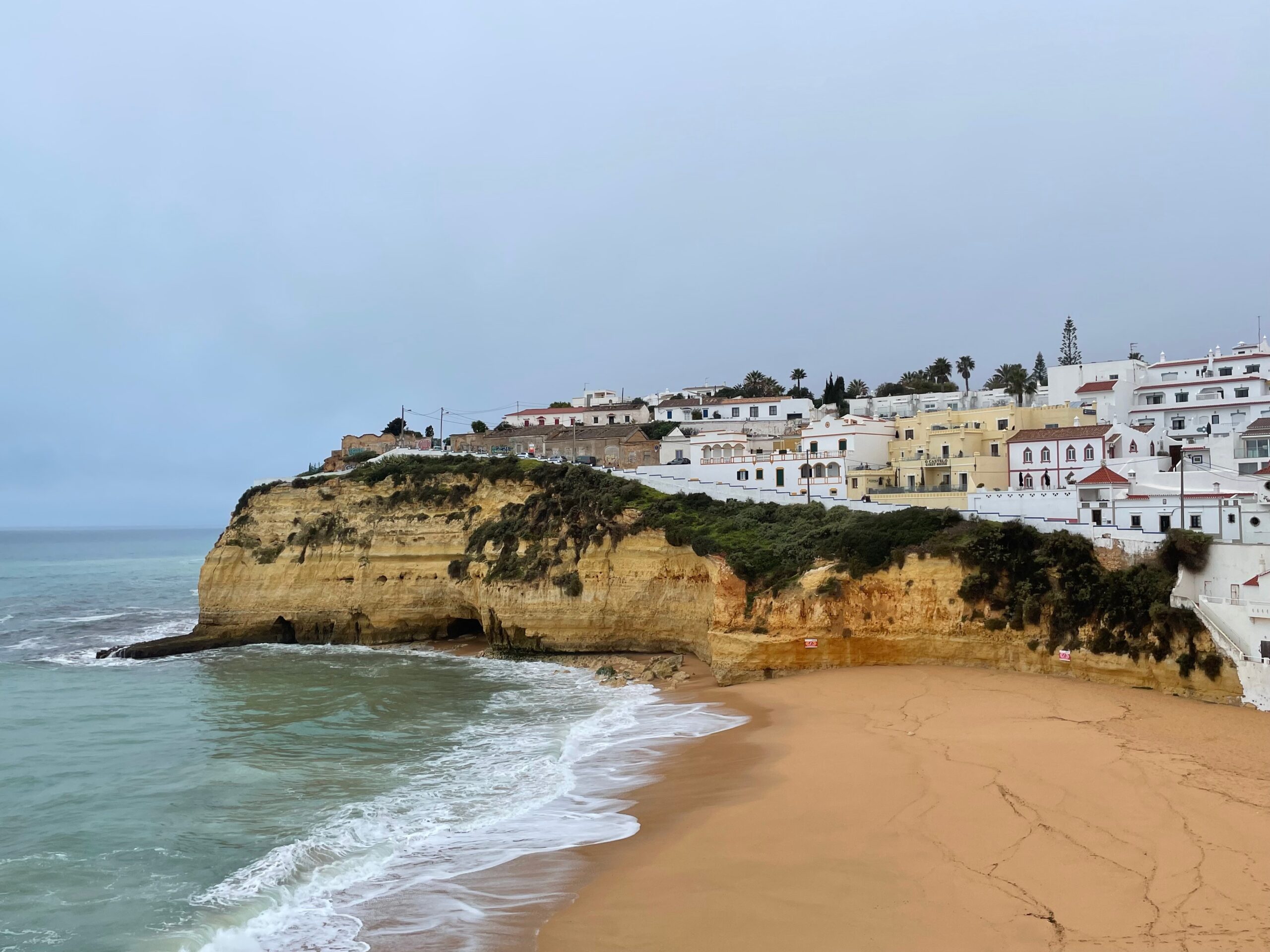 |
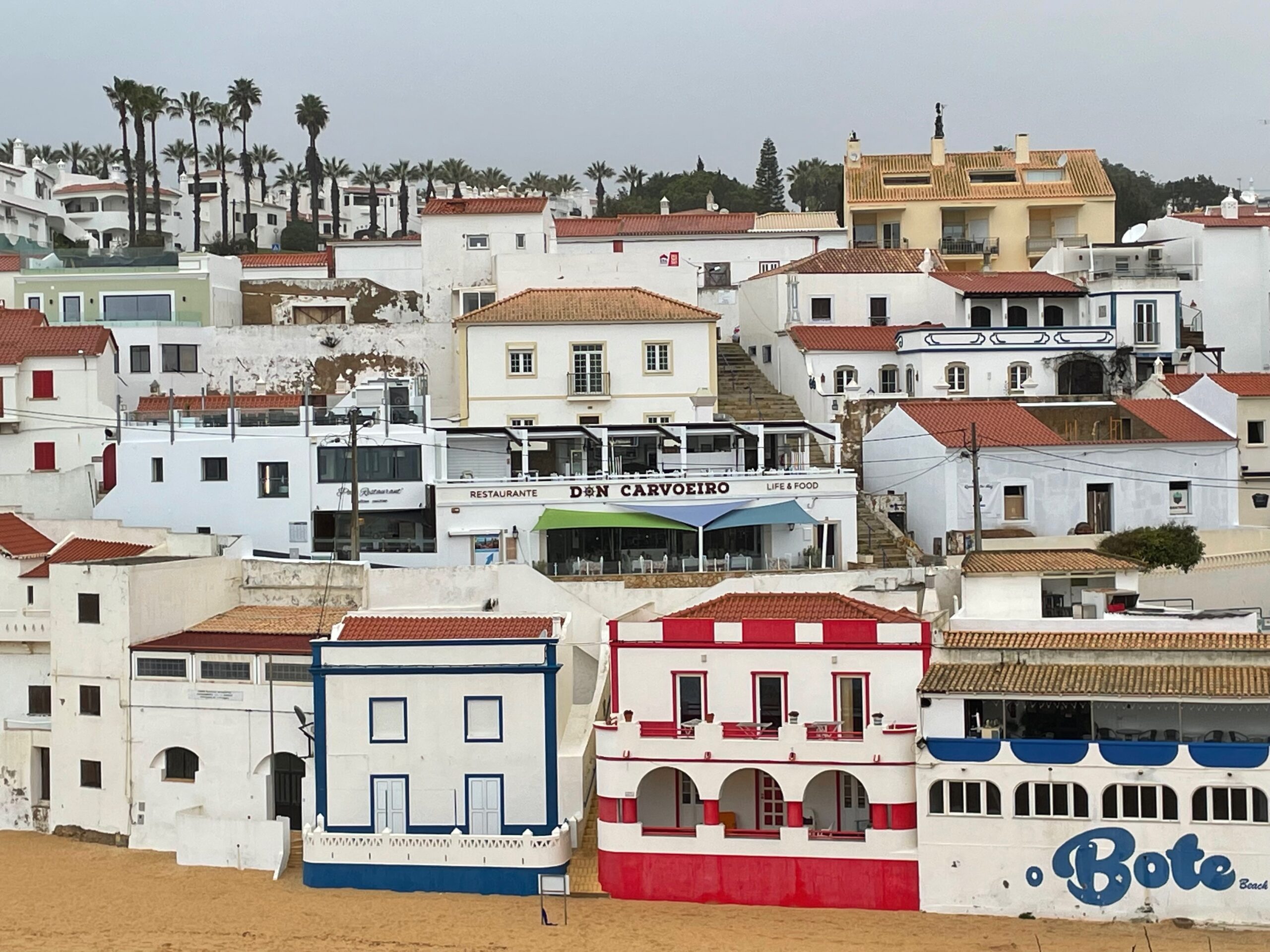 |
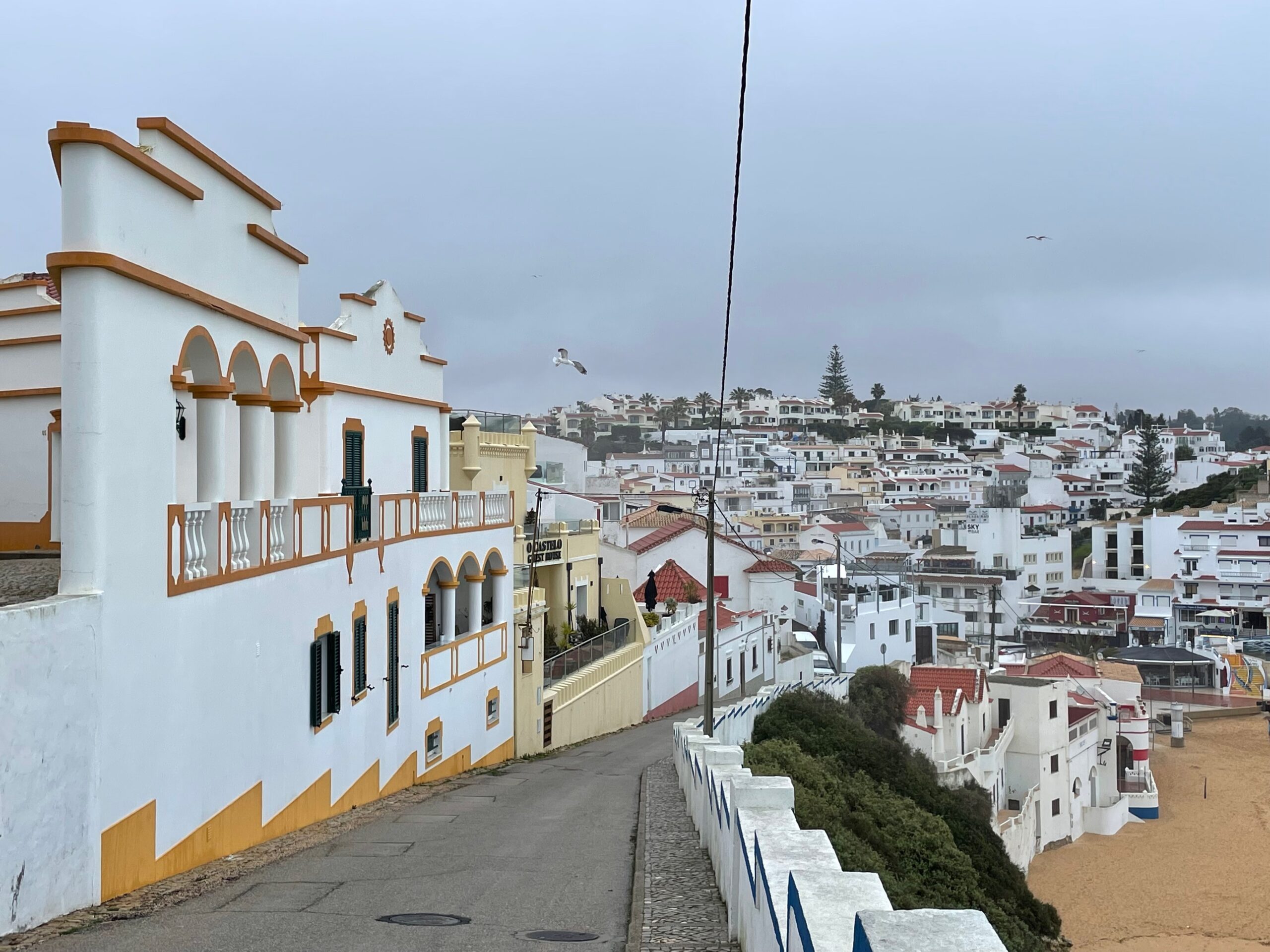 |
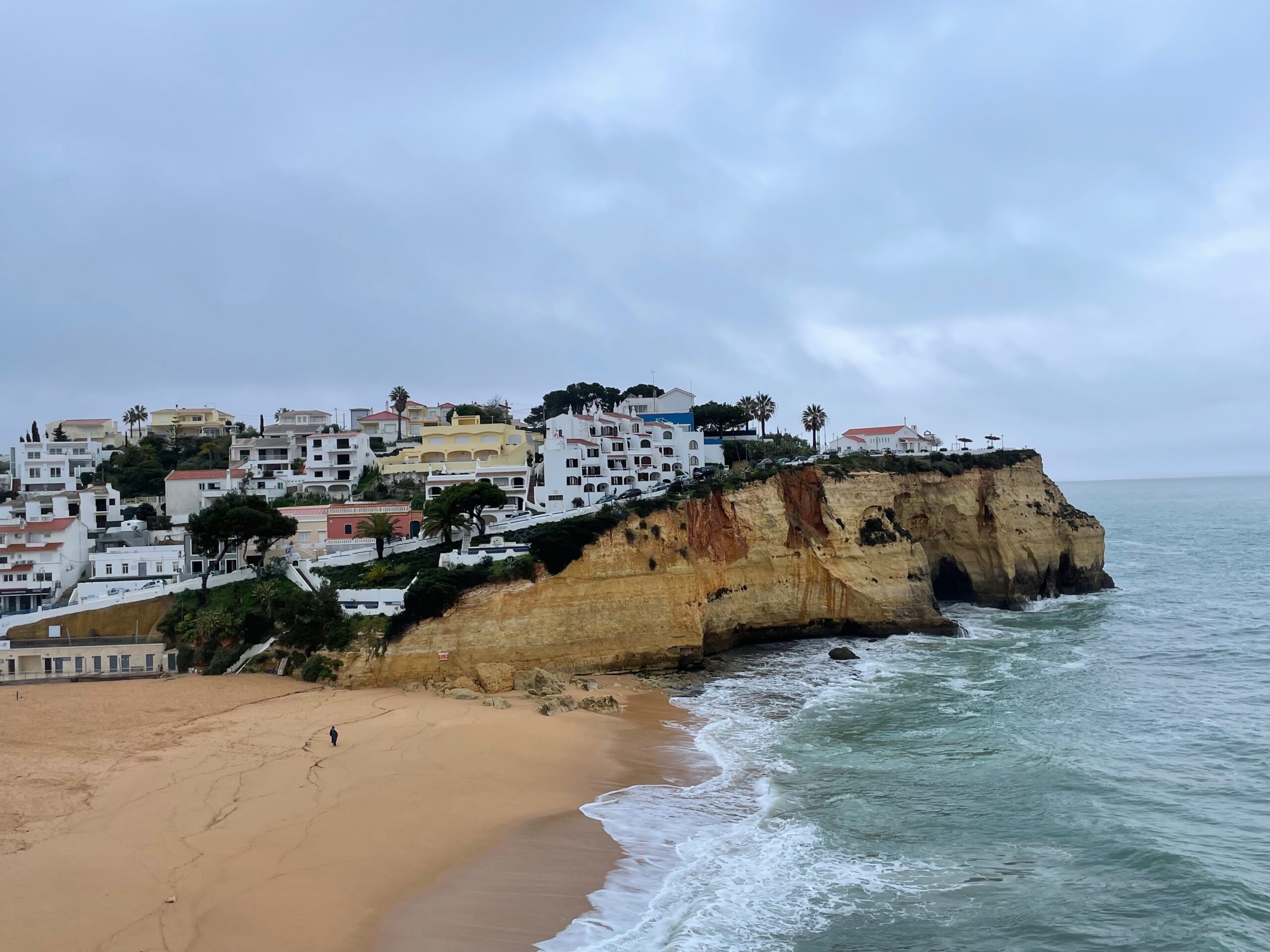 |
5. Faro
Faro is the capital of entire Algarve region and most cultural town I visited during this trip with many historical sites, charming small restaurants serving traditional cusinie and little boutiques with authentic Portuguese handcrafted items which are perfect souvenirs to take home. Faro has a picturesque old town even if it’s quite small. Inside of the old town you can visit Faro Cathedral and Paço Episcopal which is a Bishop’s Palace, I recommend visiting the interior of the latter since you will find them beautiful tiles decorating the walls of the representative rooms. The main square is lined with orange trees, their blooming flowers enchant with their sweet scent. You can walk out through one of the gates and have a stroll along the promenade facing the water front. In Faro you will not find beaches, you need to go few kilometers further to get to them. Faro is famous from its storks, the most charming spot where you can see their enormous nests is the main gate to the old town – the neoclassical Arco da Vila which was part of the historical Moorish wall. You will see the elegant couples observing the area from their nests, if you come in the spring you can notice them taking care of their children, the characteristic clatter of the storks can be heard around the whole city since their nests are located in various parts of the town. Apart of the strict old town I suggest to walk around the streets surrounding the marina (in direction of Carmo Church). The area is very lively, with many beautiful houses, quality souvenir boutiques, bars and restaurants where you can spot plenty of locals. I strongly recommend strolling to Carmo Church where the spectacular bone chapel is situated. Many visitors in Faro take a boat excursion to Ria Formosa which is a lagoon consisting of 6 inlets and is a natural park. You may want to consider such excursion if you’re an avid bird watcher, there is many species (like flamingos) inhabiting the islands. Alternatively, you can find trails in the area and use local ferries to admire this diverse local fauna and flora (but this option requires an additional day in Faro). I definitely recommend staying in Faro for dinner, the gastronomical offer is just excellent.
Faro has a direct connection with Lisbon, its own airport and is very easily accessible by trains and buses from the nearby towns and villages. I recommend staying here for entire day (it won’t be very packed, the itinerary is slow-paced), you can consider extra day if you want to explore in details Ria Formosa (walking trails, public ferries to the islands).
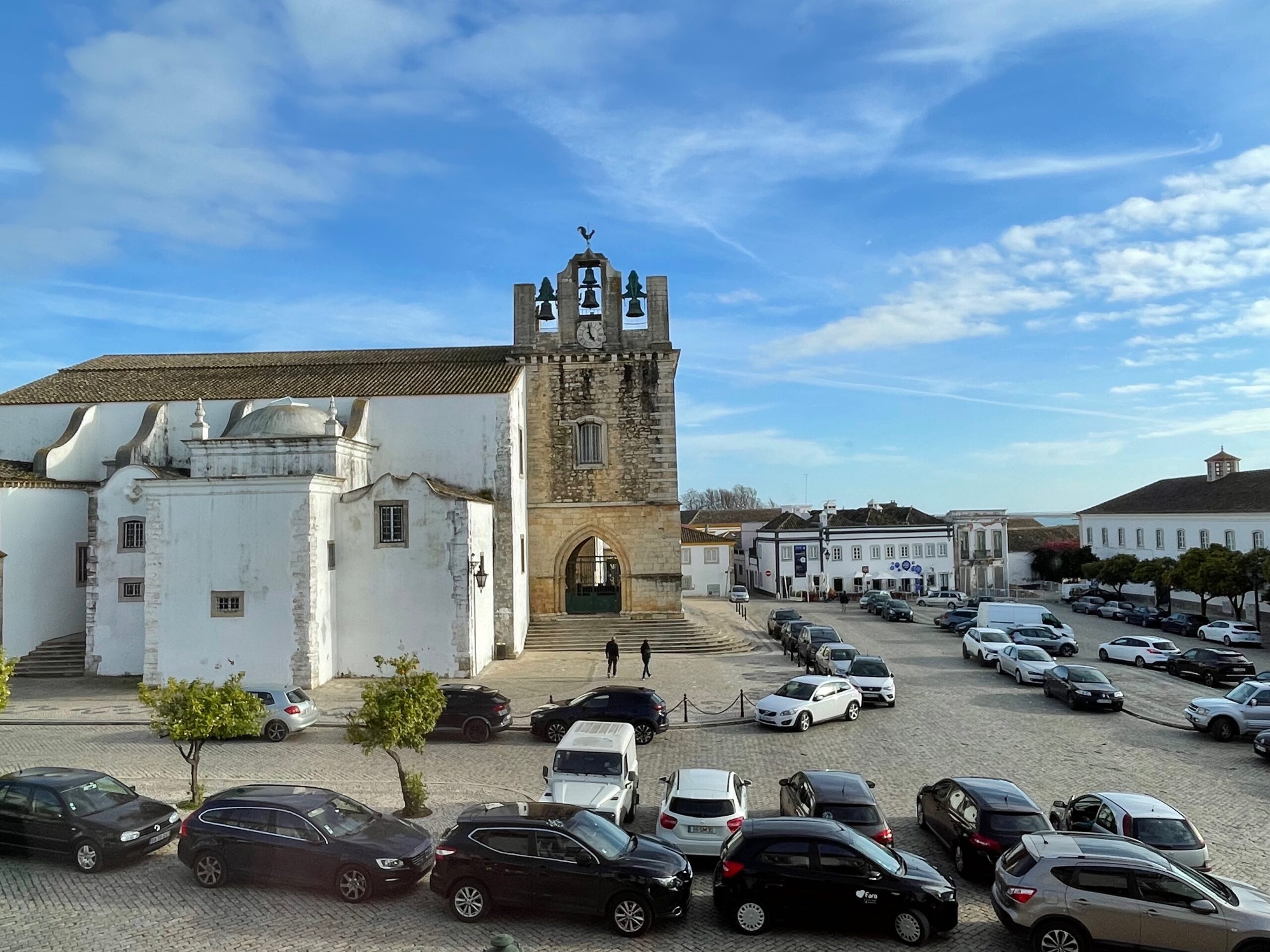 |
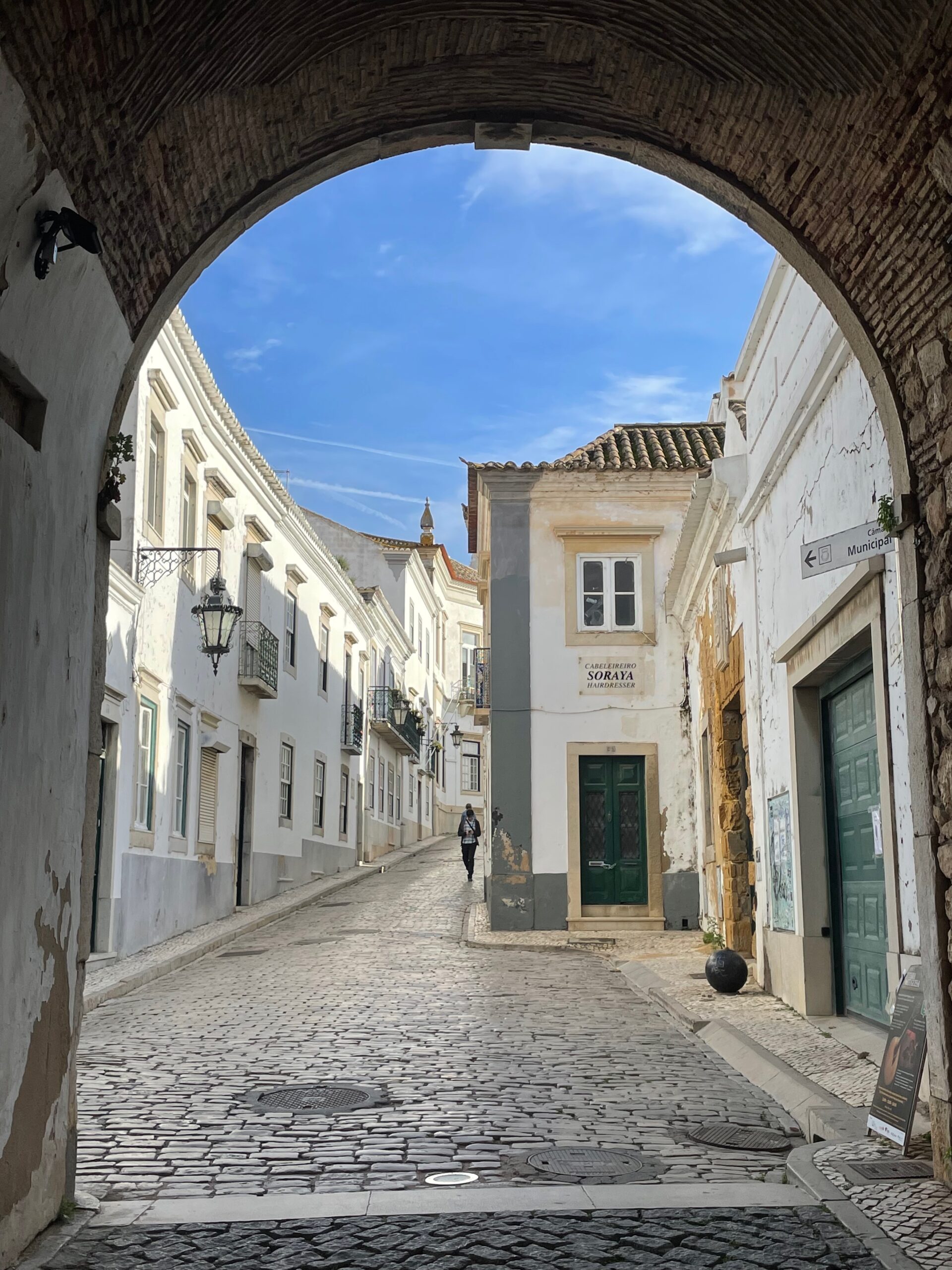 |
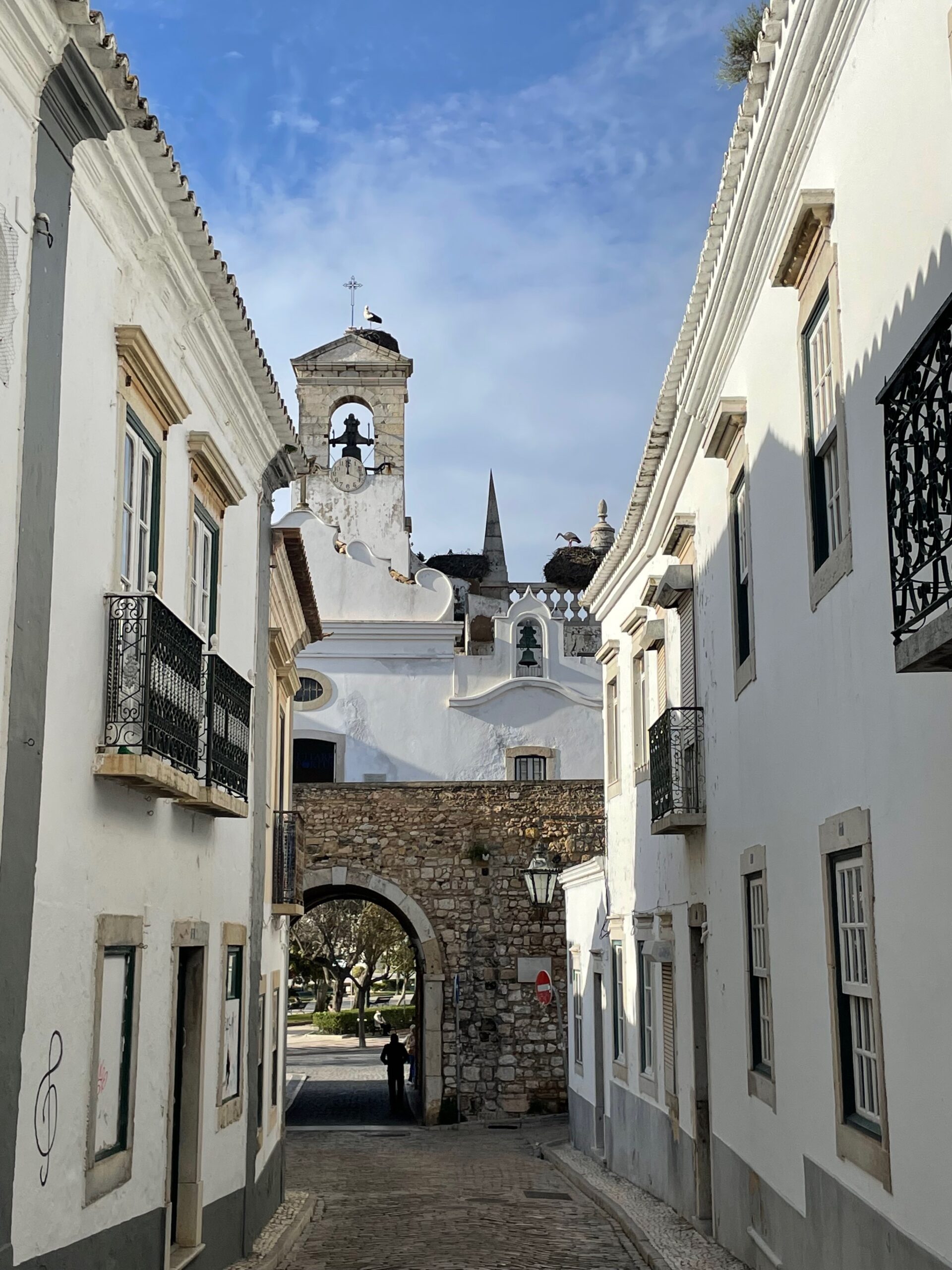 |
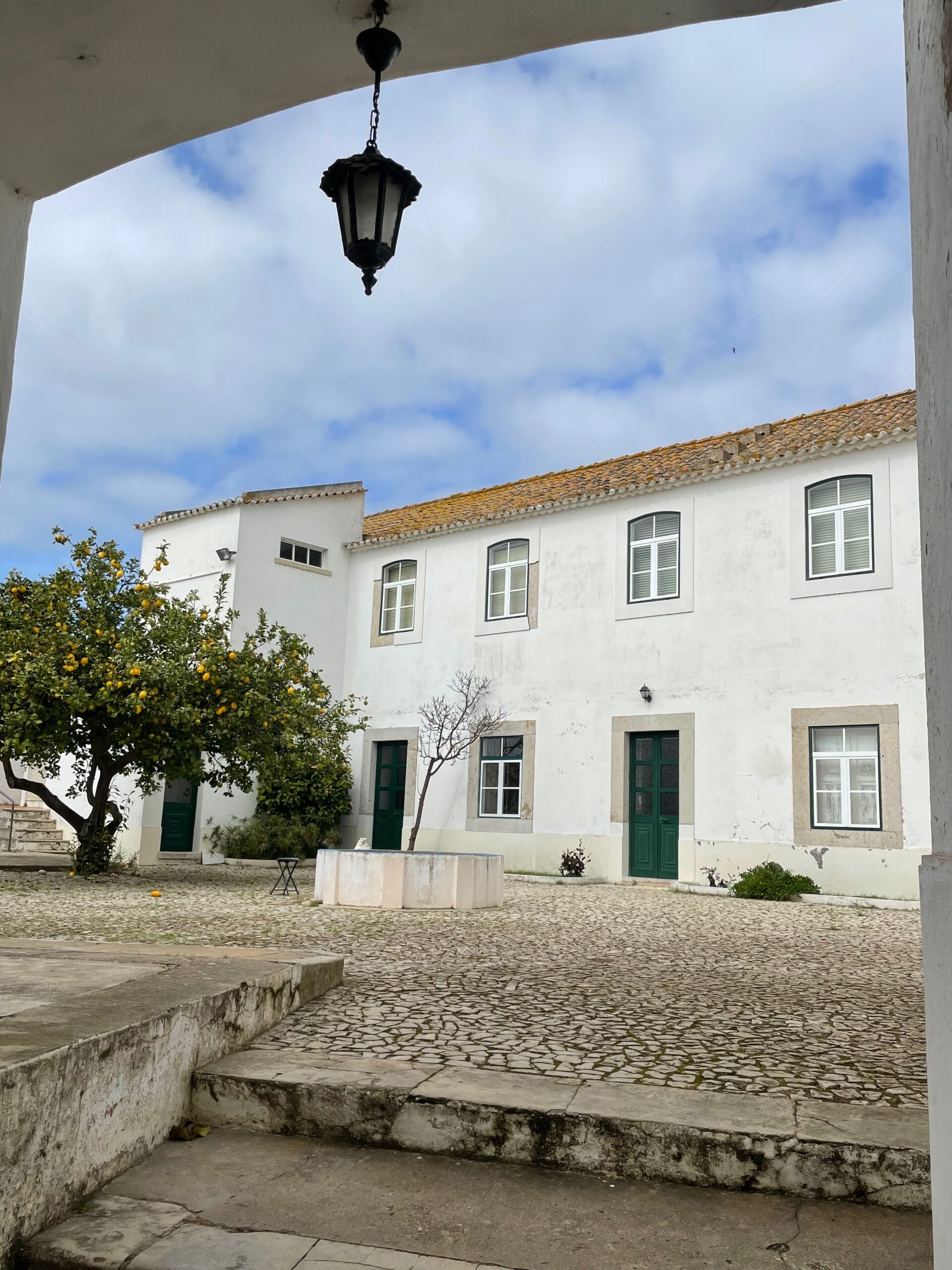 |
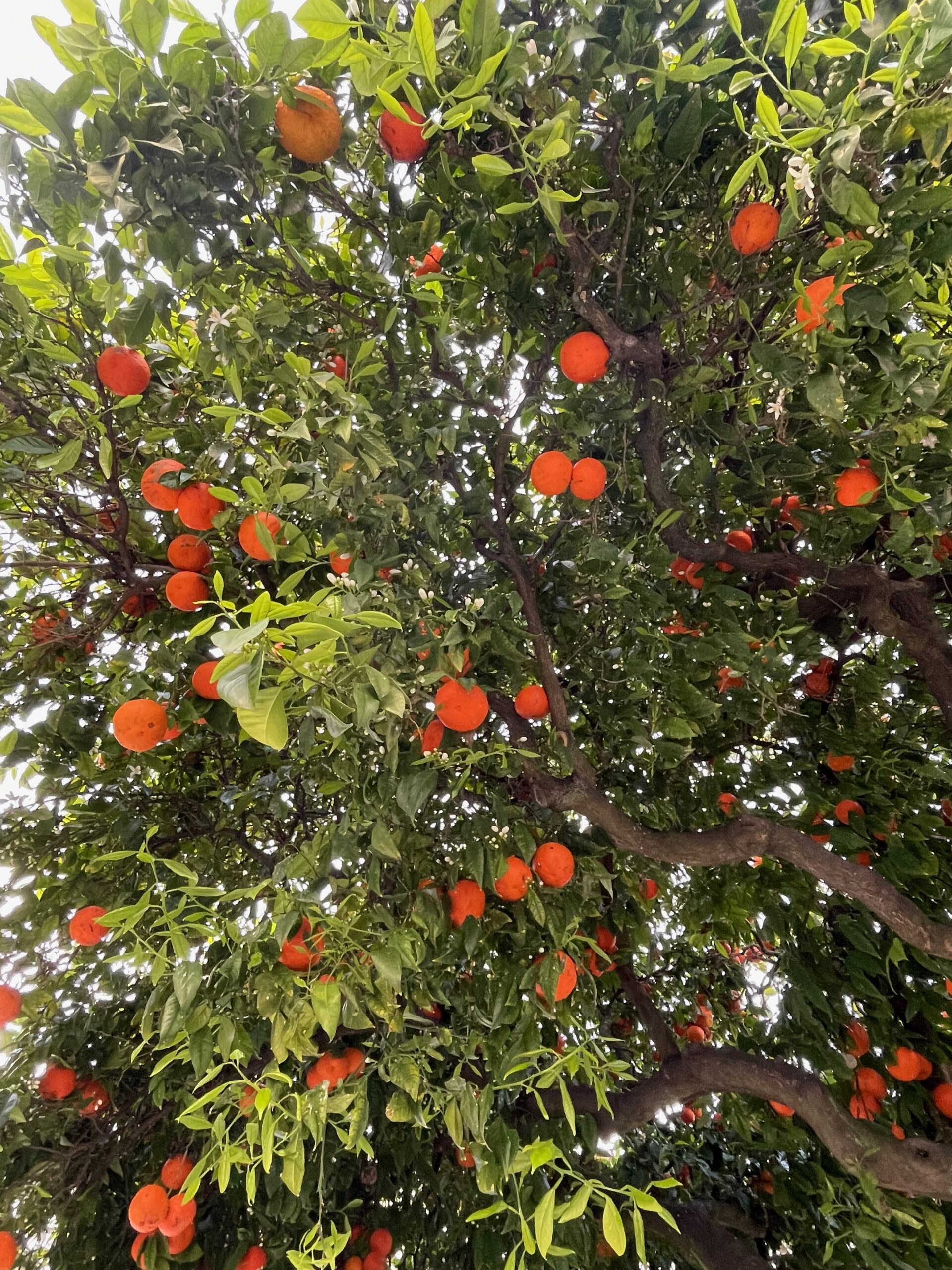 |
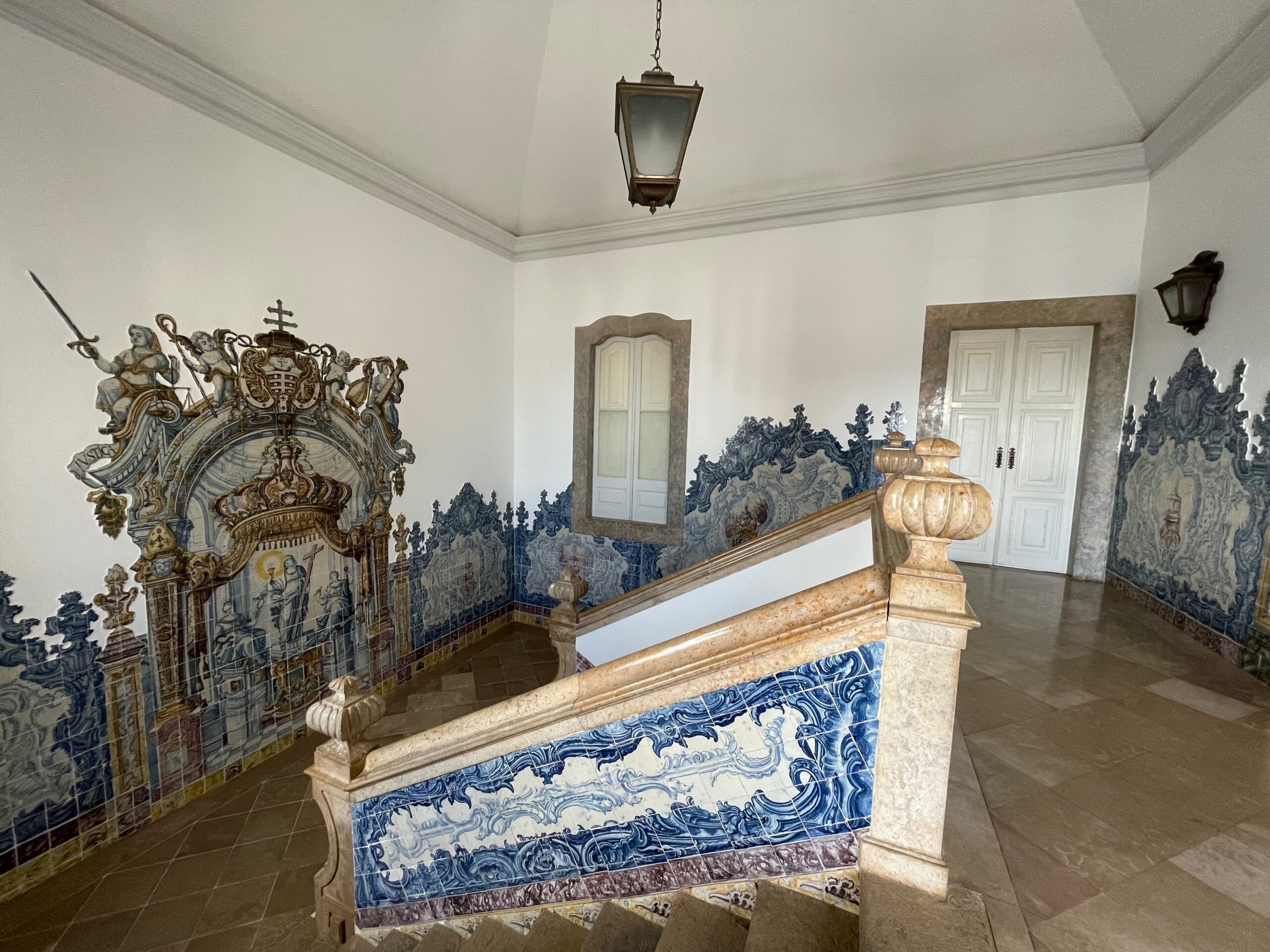 |
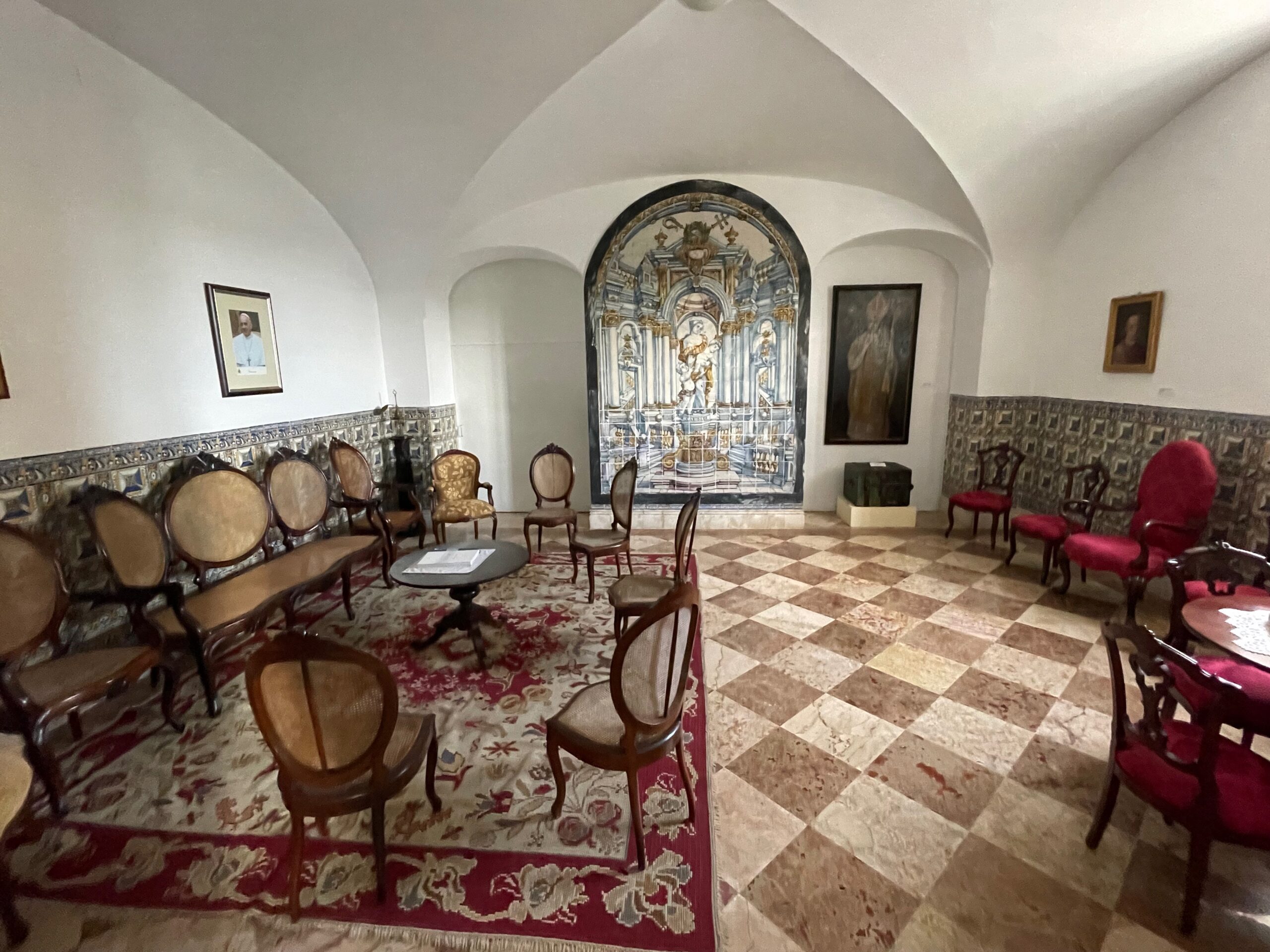 |
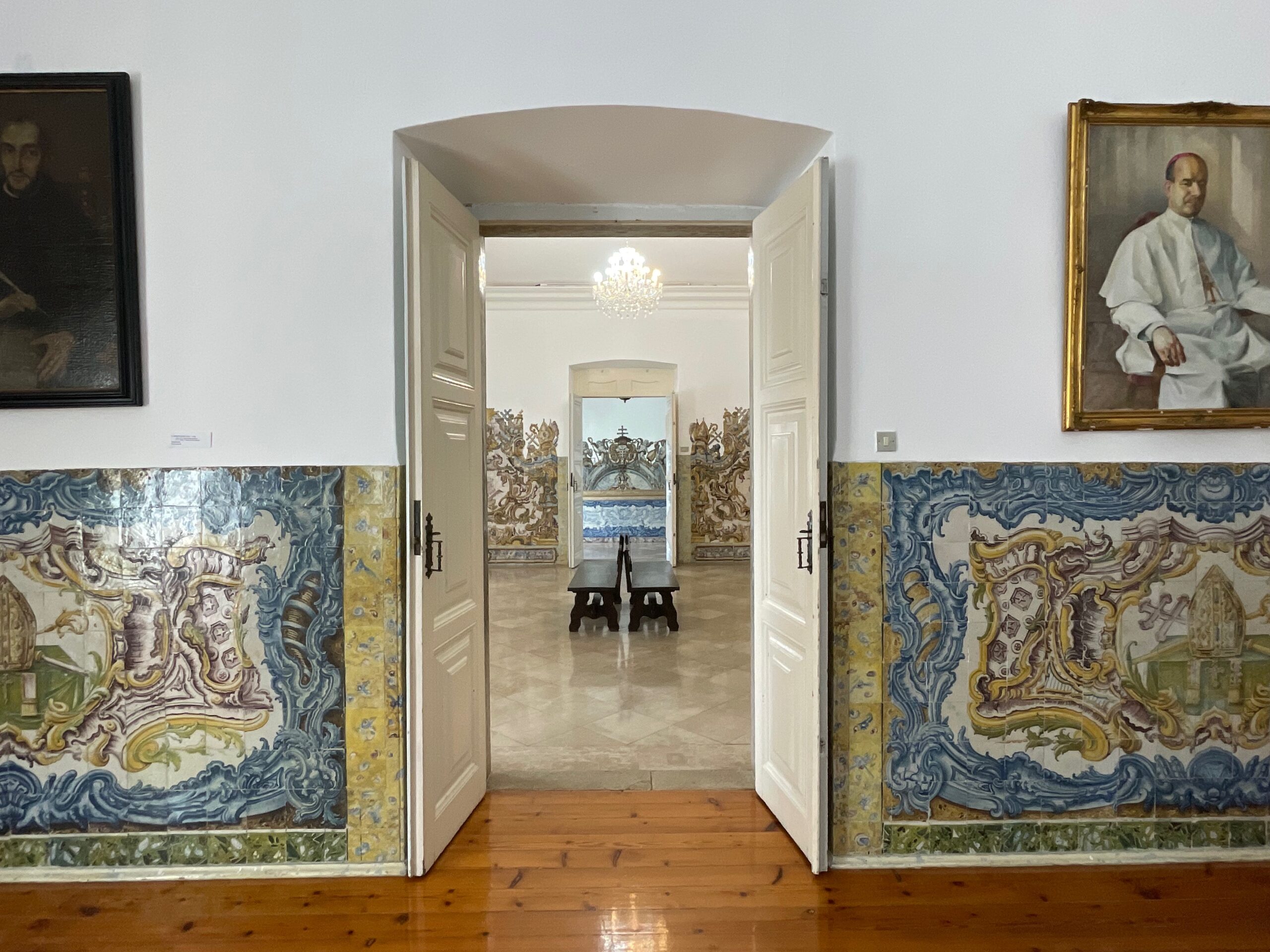 |
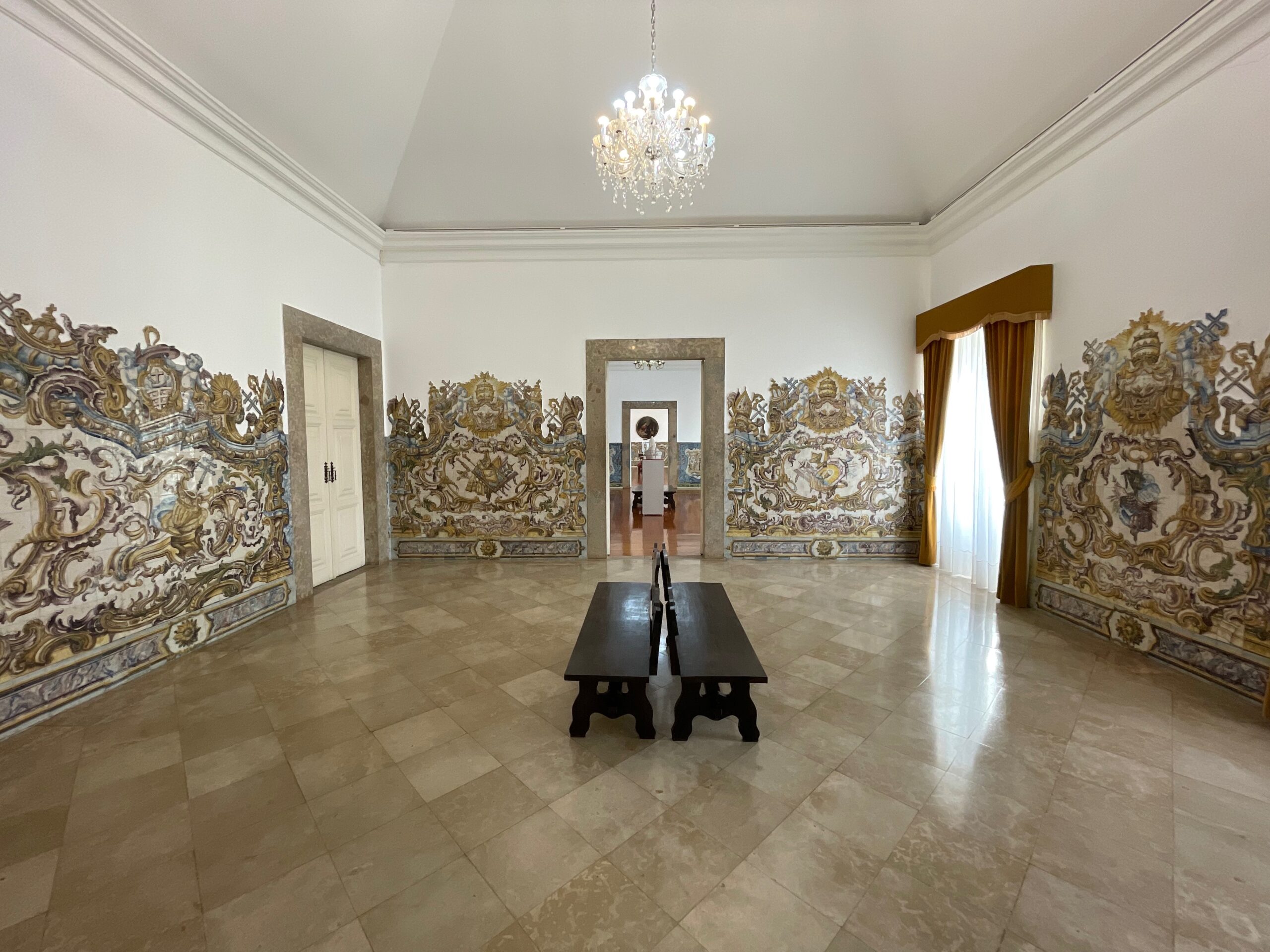 |
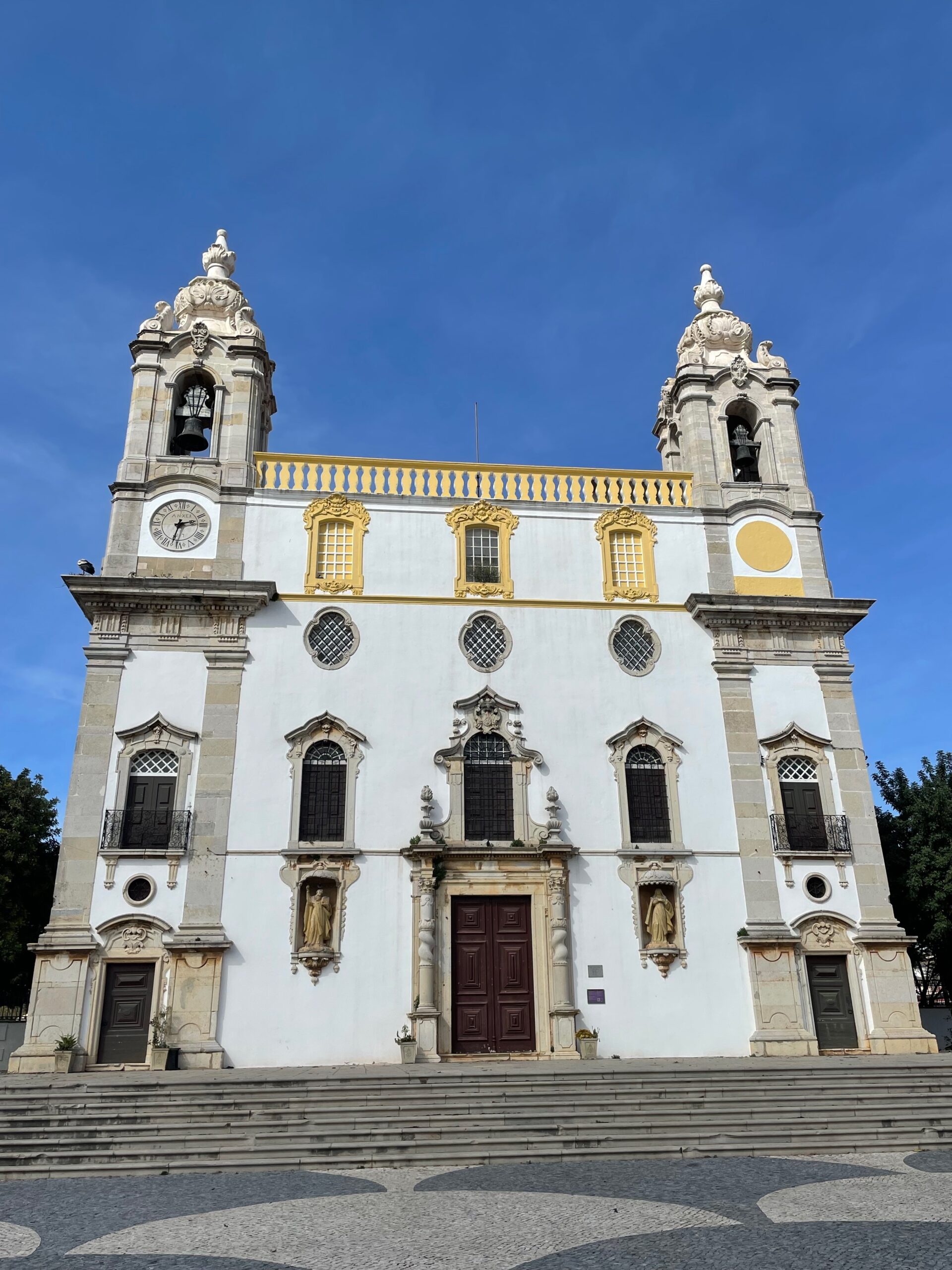 |
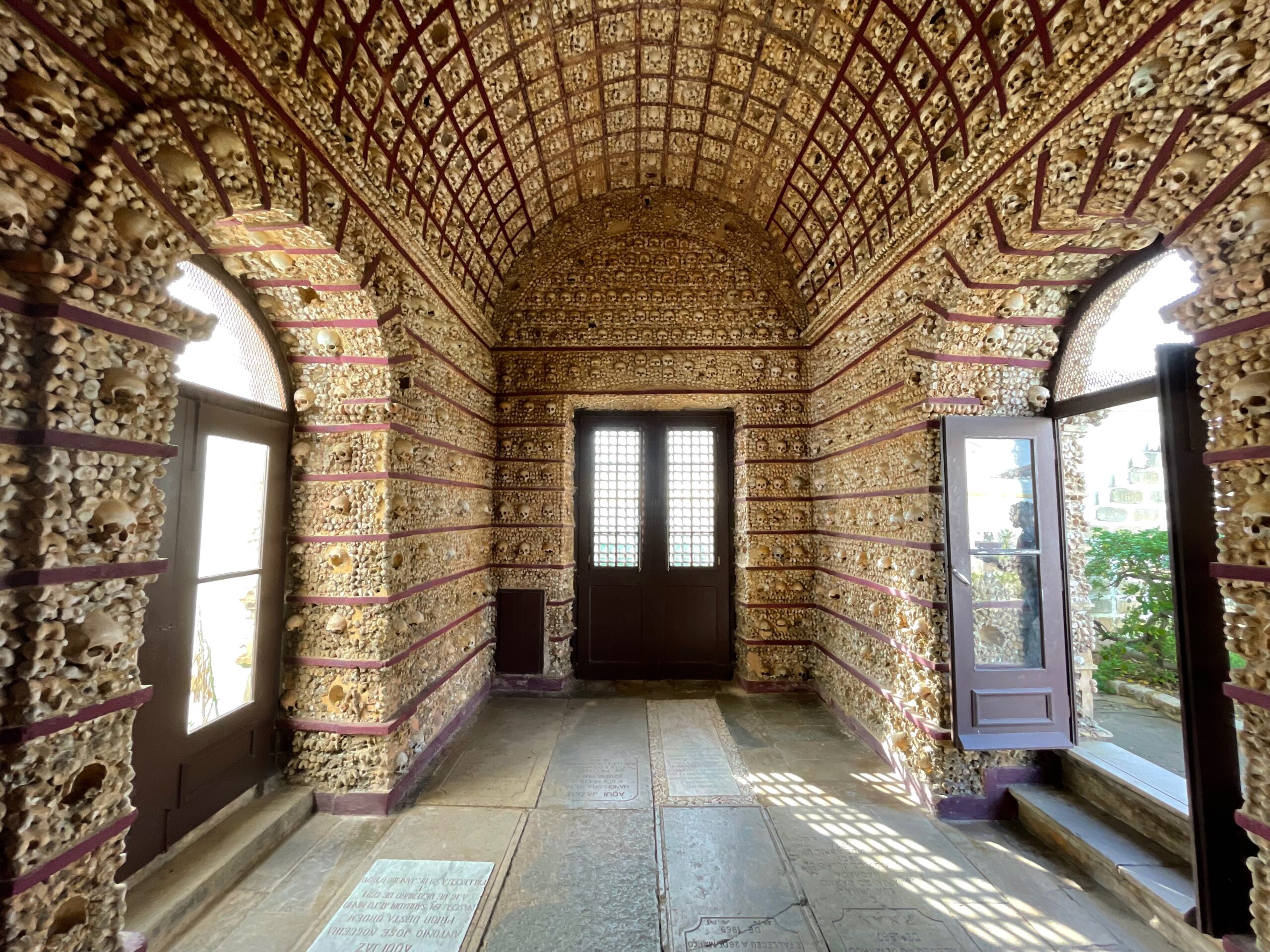 |
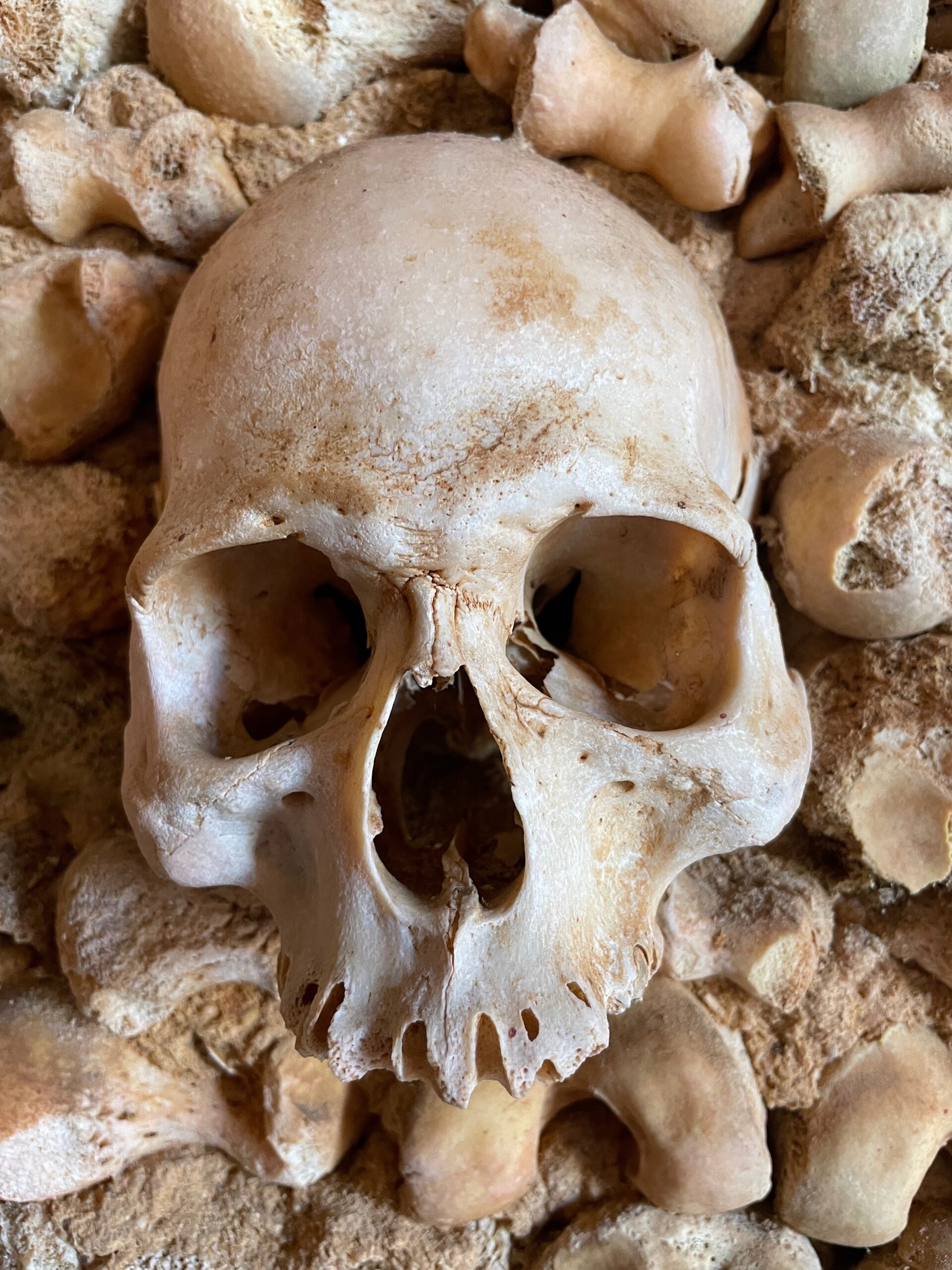 |
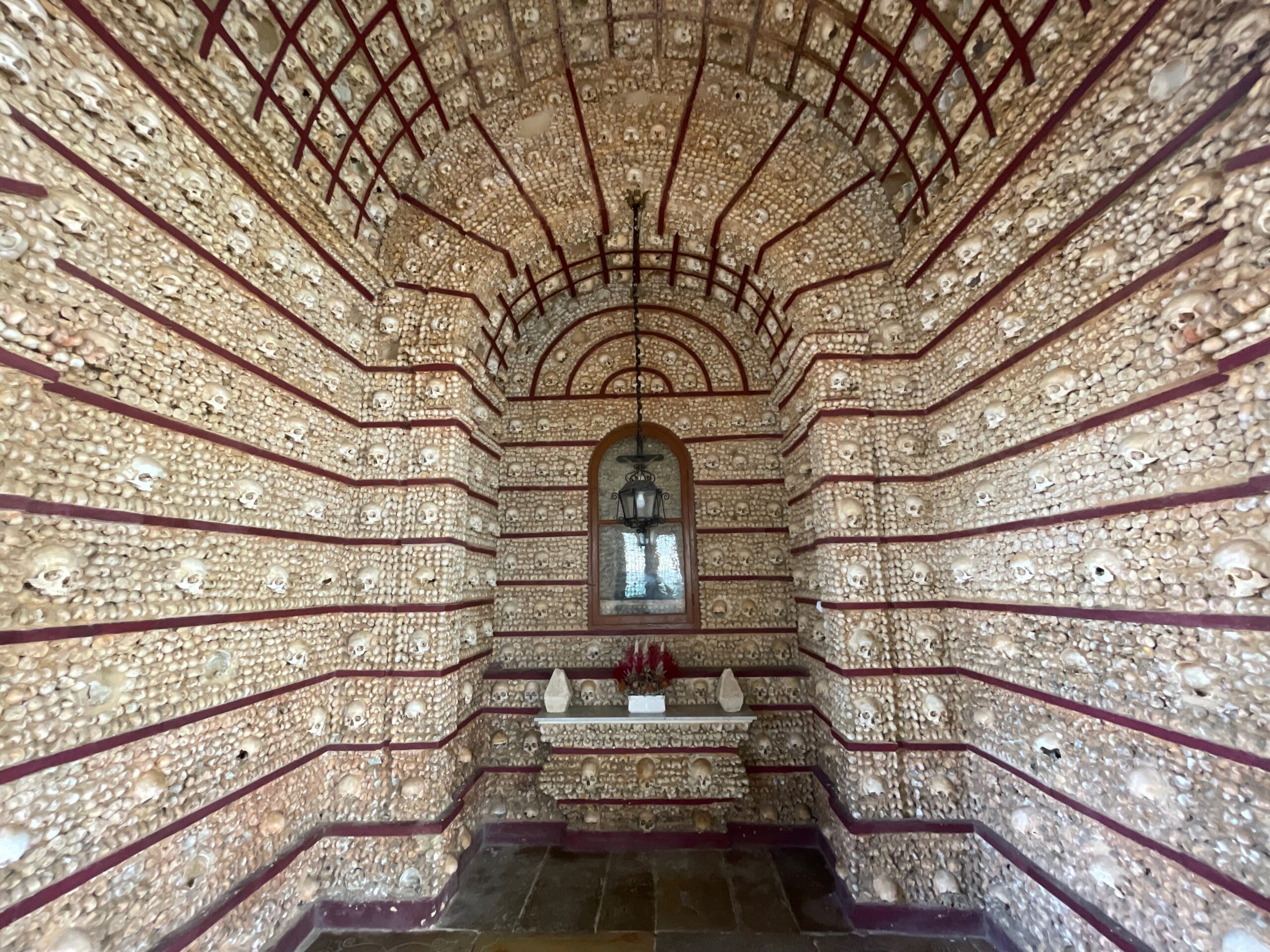 |
6. Tavira
Tavira is a small historical city located 40 kilometers from Faro. There is a direct regional train which gets you there in slightly more than half an hour. This is the only city in Algarve that I visited and was not on the coast but I liked a lot its old town and laid back atmosphere. Tavira is divided by the Gilão River with famous Roman bridge spanning the banks in the center of the old town. The bridge doesn’t date back to the Roman times it was constructed in the Moorish period in 12th century. Another interesting sites are the remaining parts of the Moorish castle, the 16th century Igreja da Misericórdia with beautiful tiles adorning the walls of the interior, in price of the ticket you can also climb the bell tower for beautiful views of the area, on side you will also find some small exhibition. Check the opening hours since during the day there are some fado music rehearsals during which you can’t visit. When in the old town, you won’t skip the representative Praça da República, all charming cobbled streets of Tavira lead here. From the square you can cross the river through the Roman bridge and explote the opposite bank. Tavira has many good bars and restaurants and amazing prices for refreshments in the happy hours. Tavira is also a good starting point to explore the Ria Formosa area, you can check out Praia do Barril and Praia da Ilha de Tavira. During my stay there was a 3-day bike race with many cyclists coming from all over the Europe. The atmosphere was very lively and festive due to this event so if you an avid biker you can check out this competition since it is organized annually.
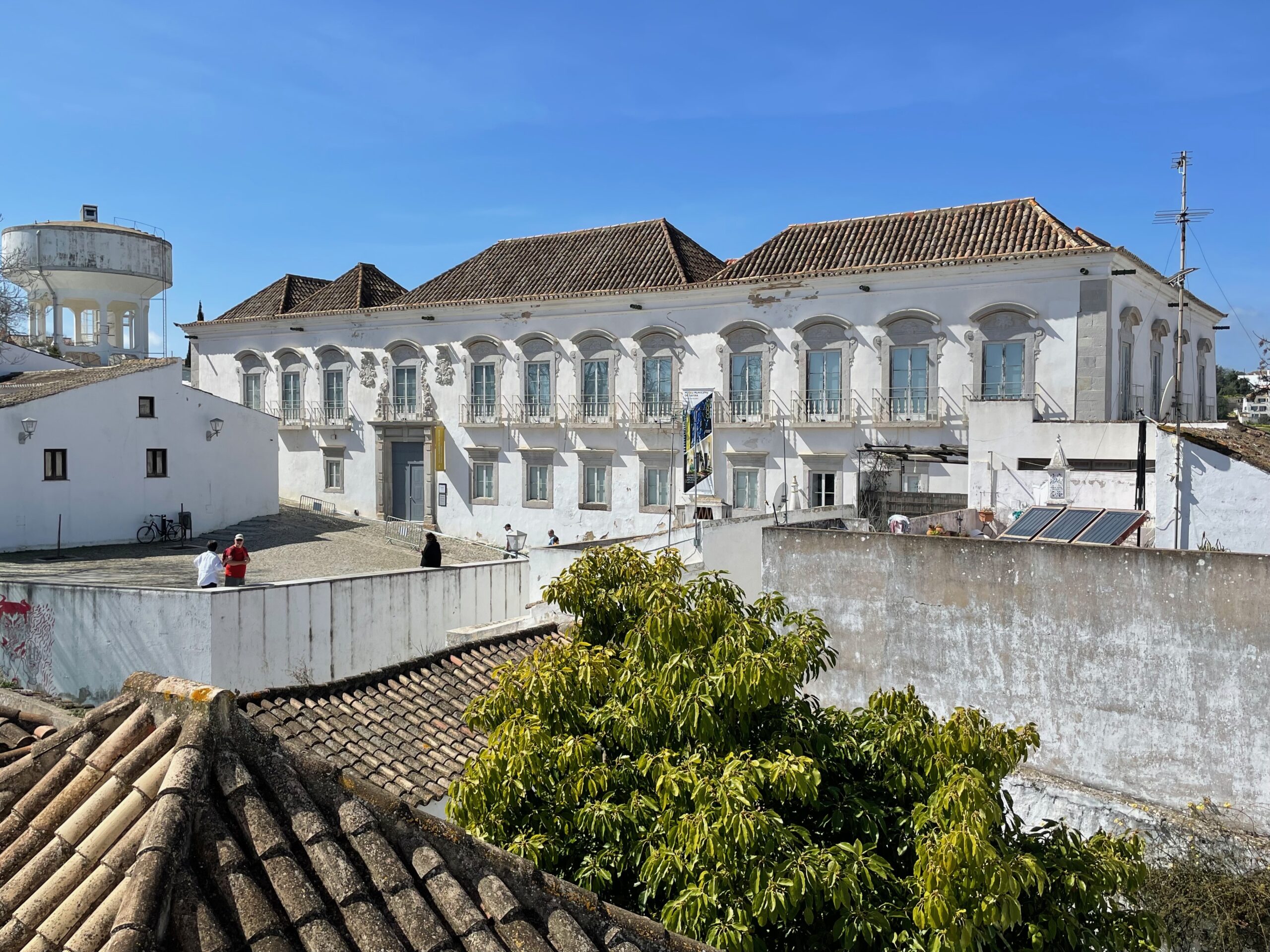 |
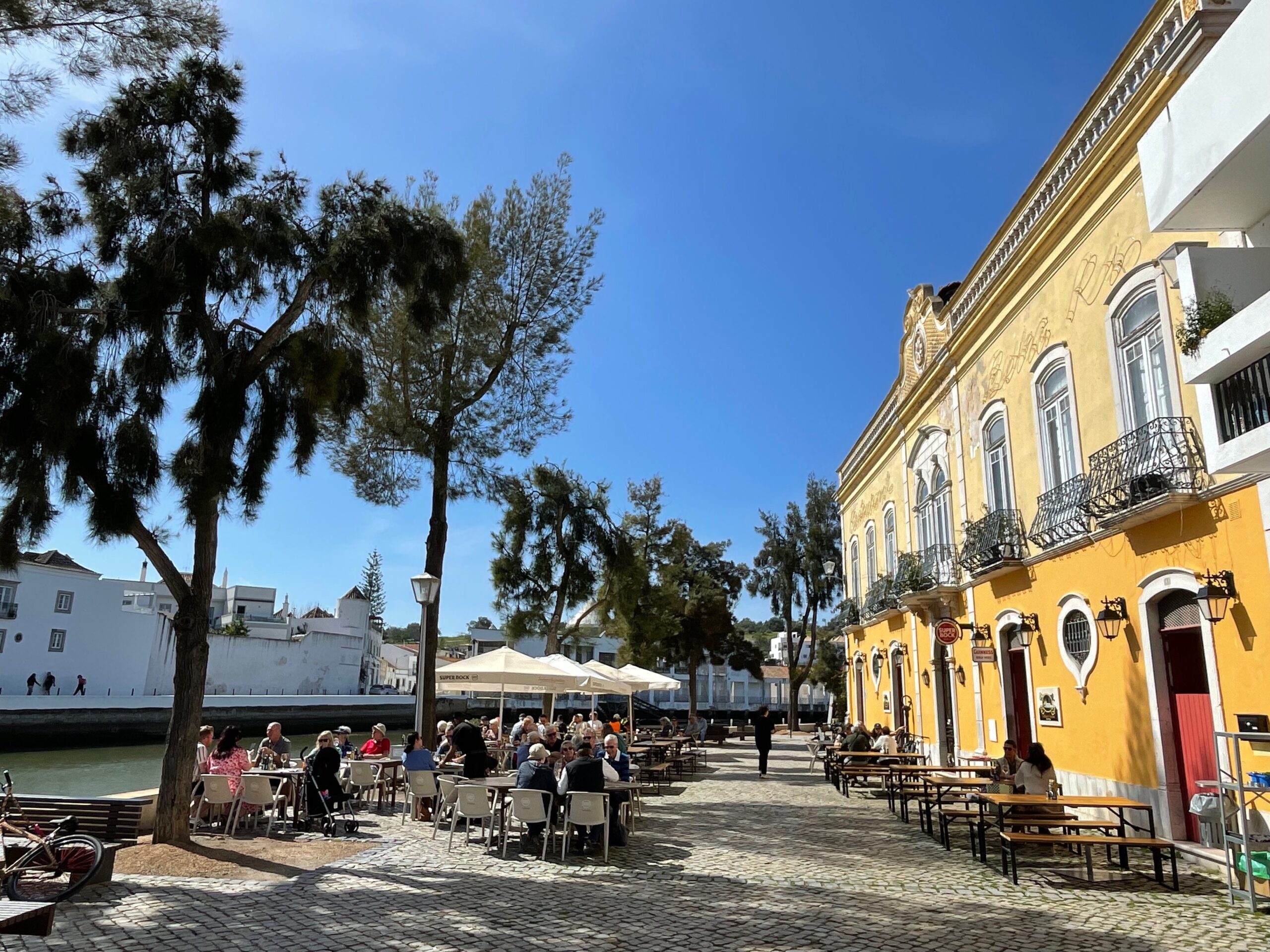 |
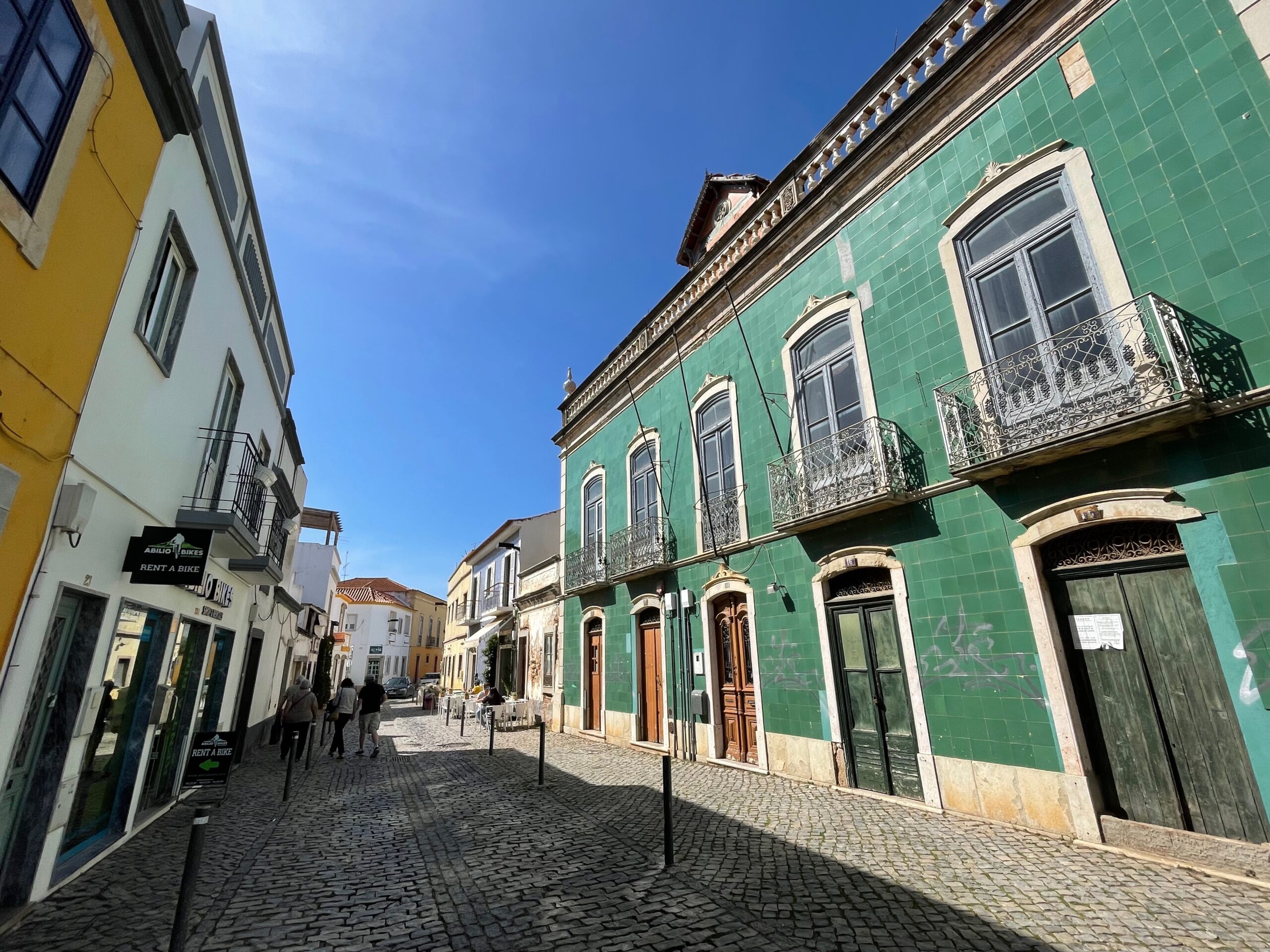 |
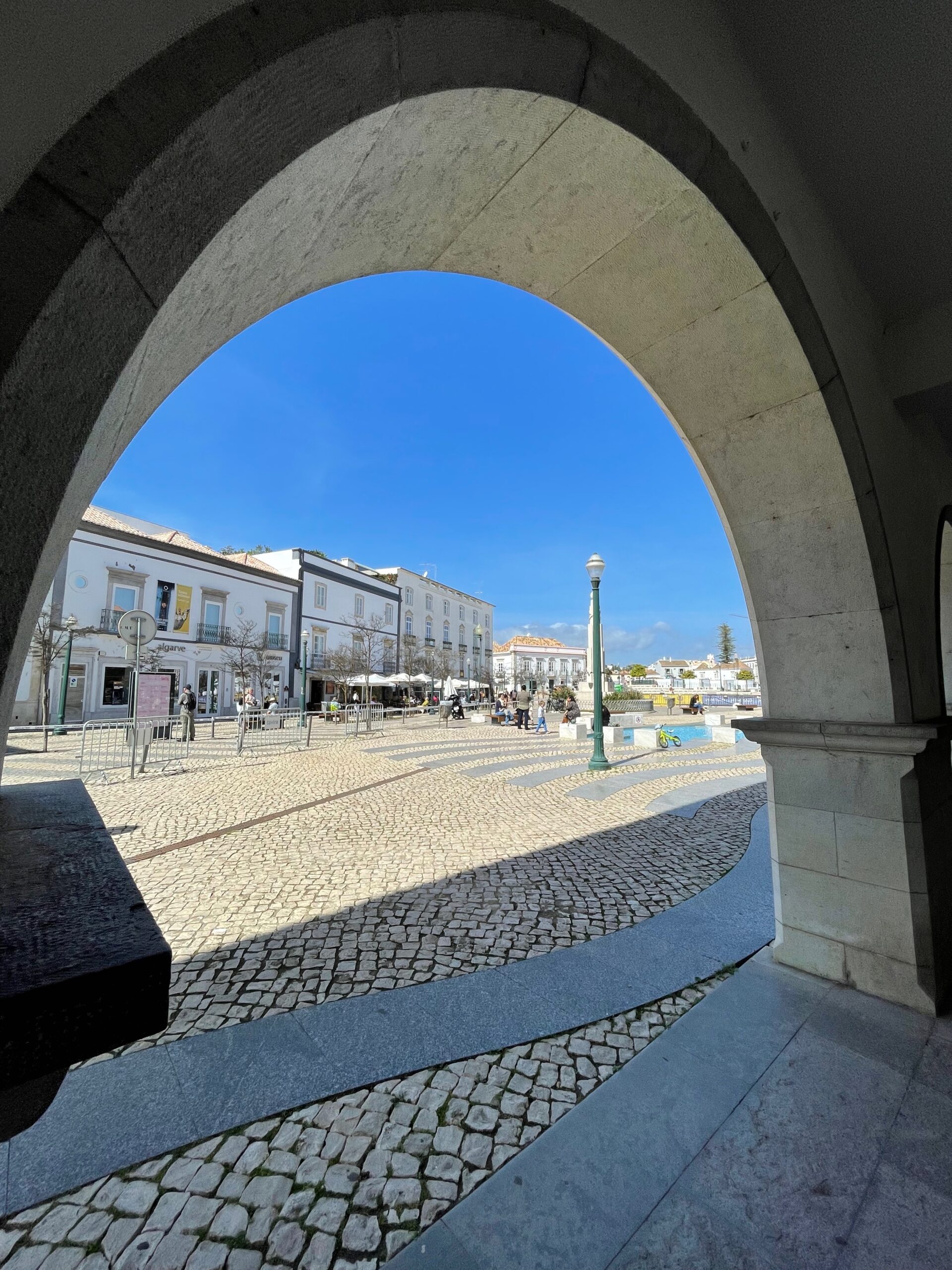 |
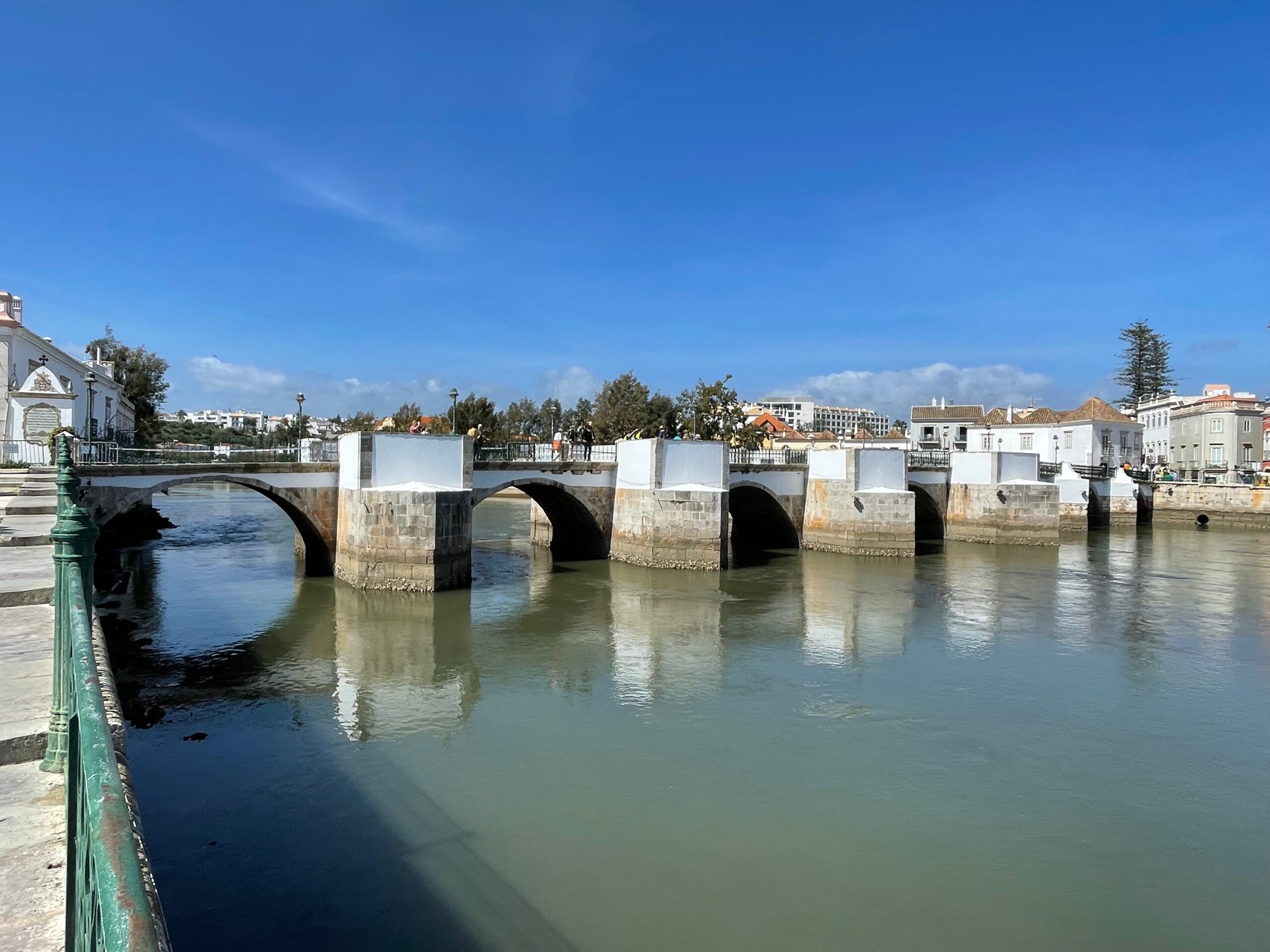 |
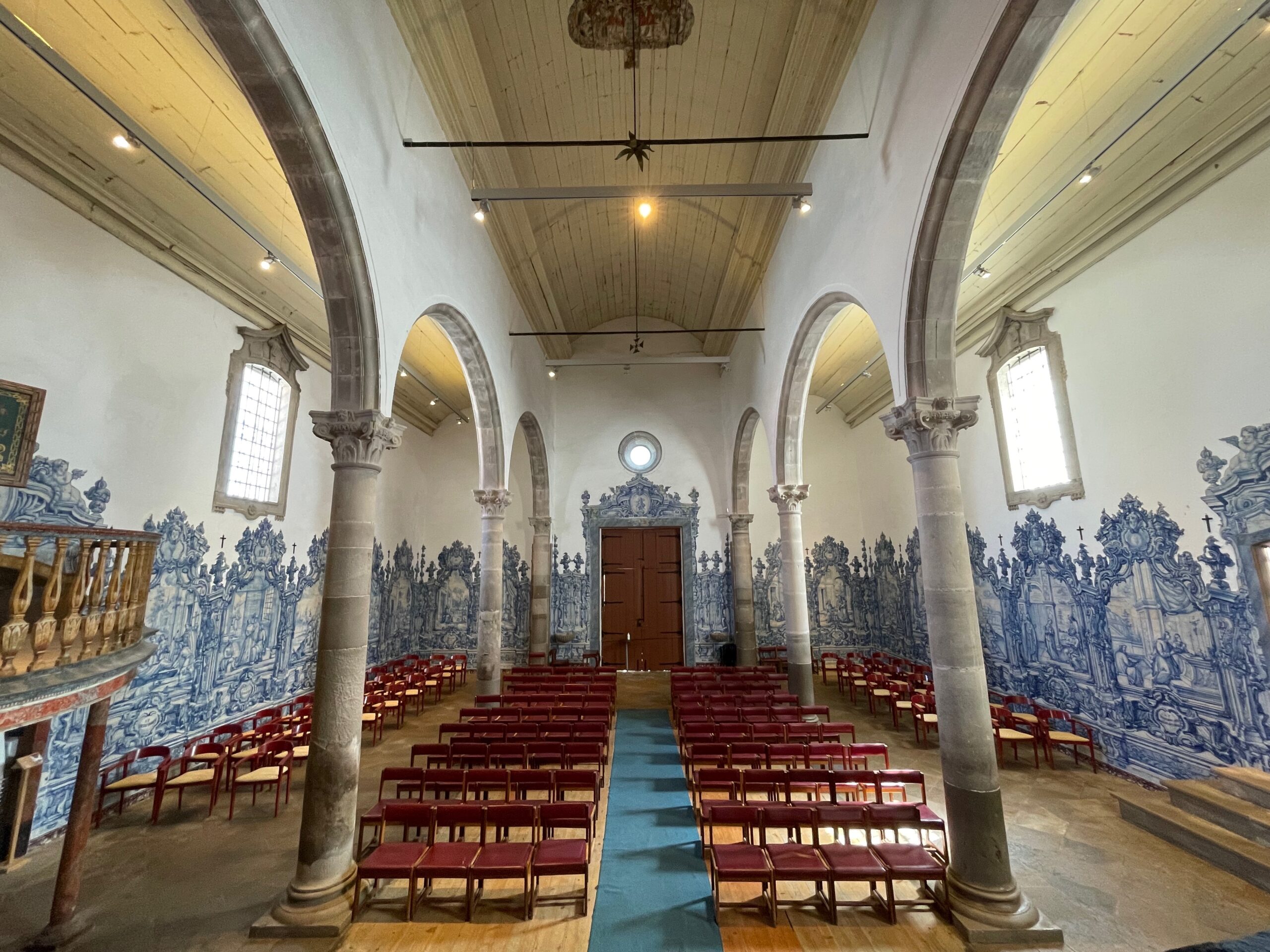 |
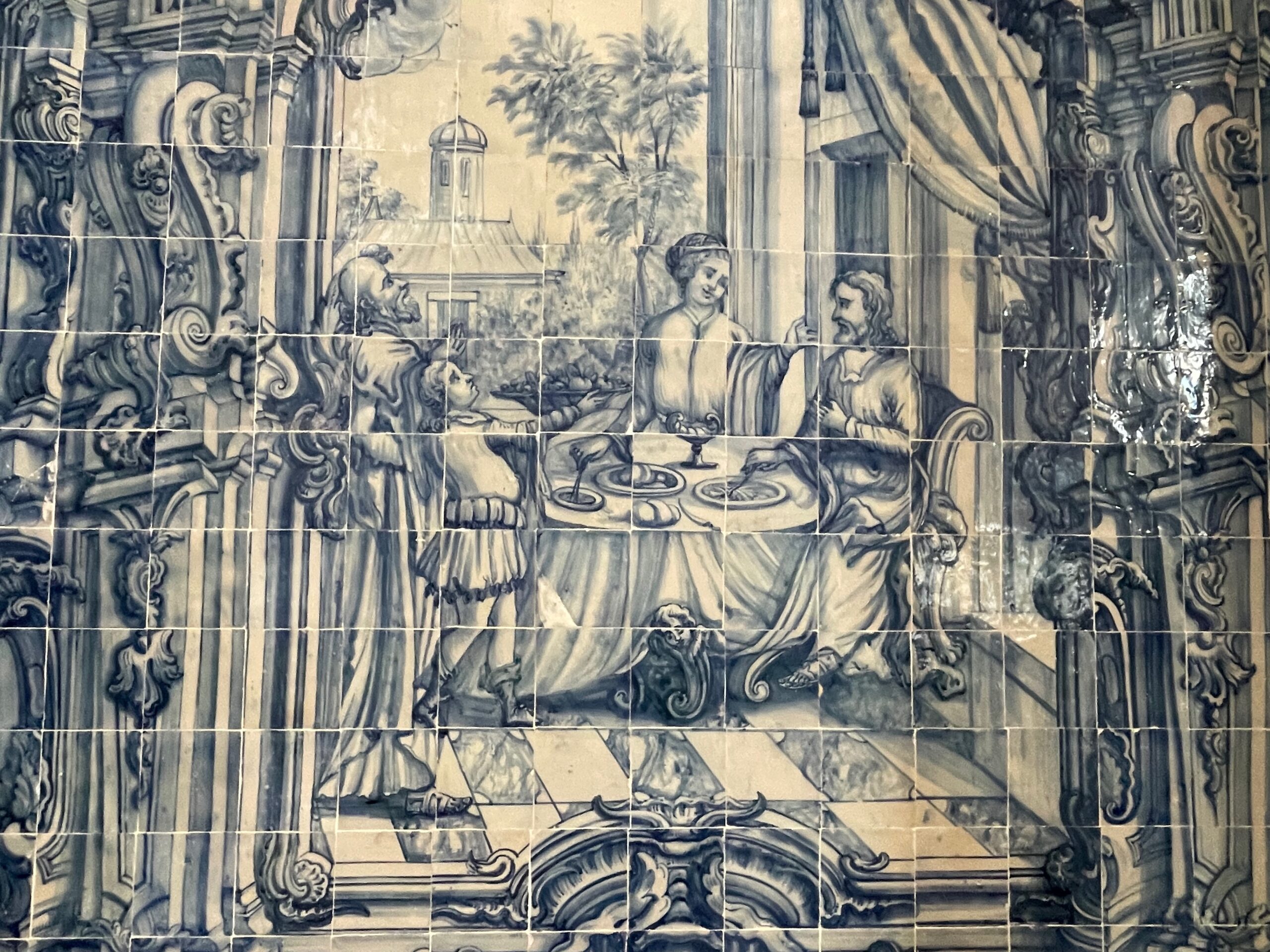 |
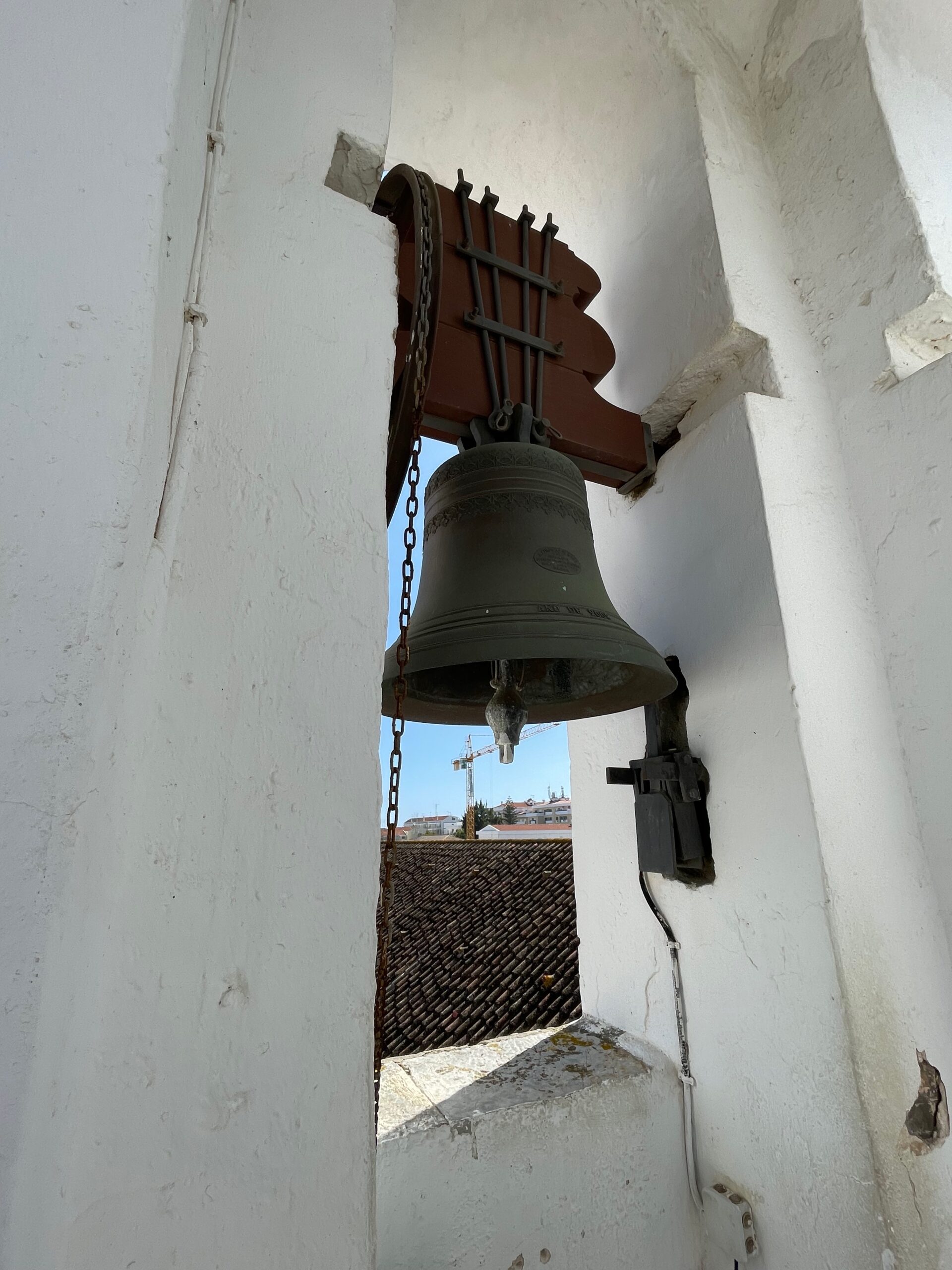 |
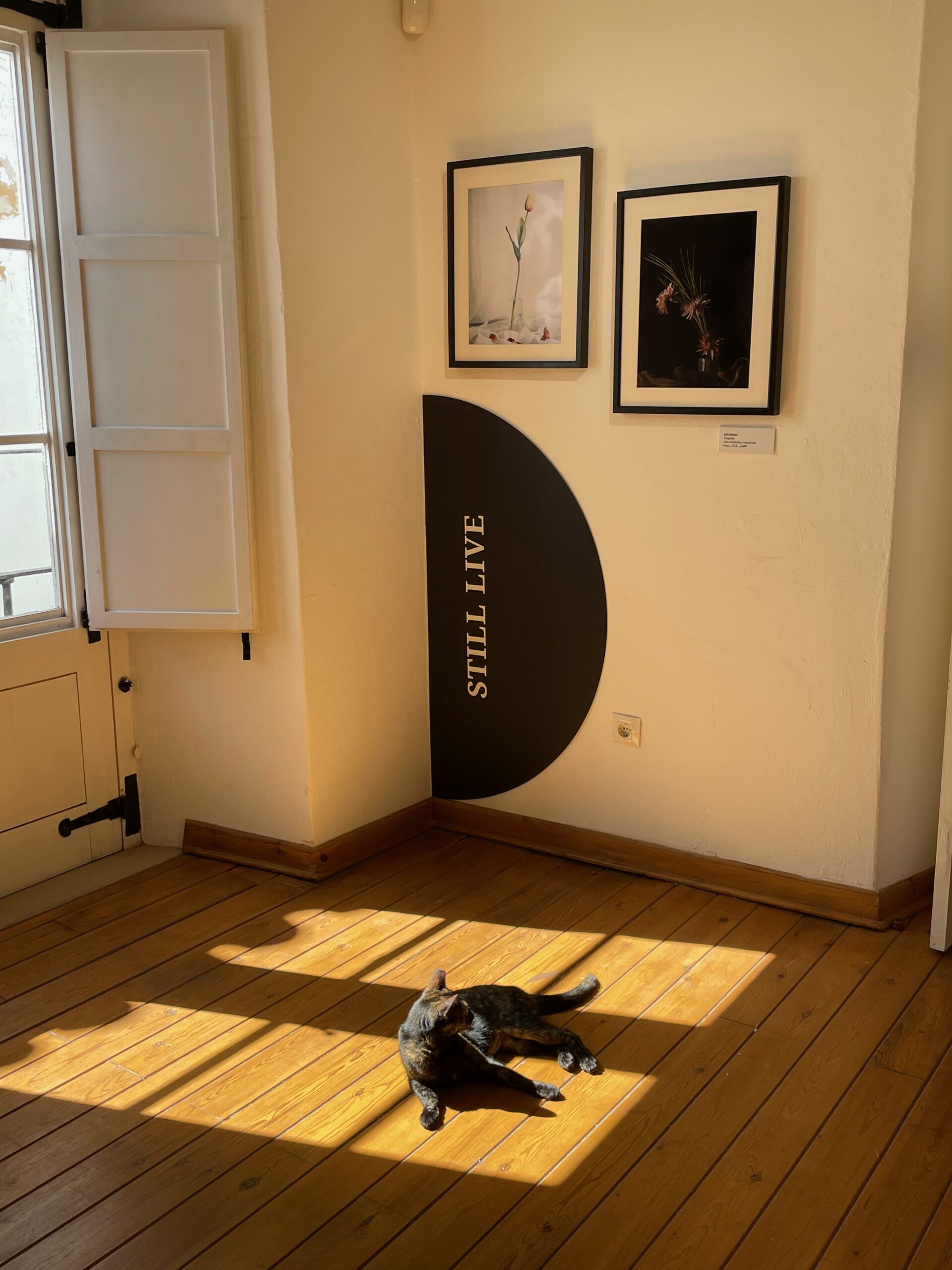 |
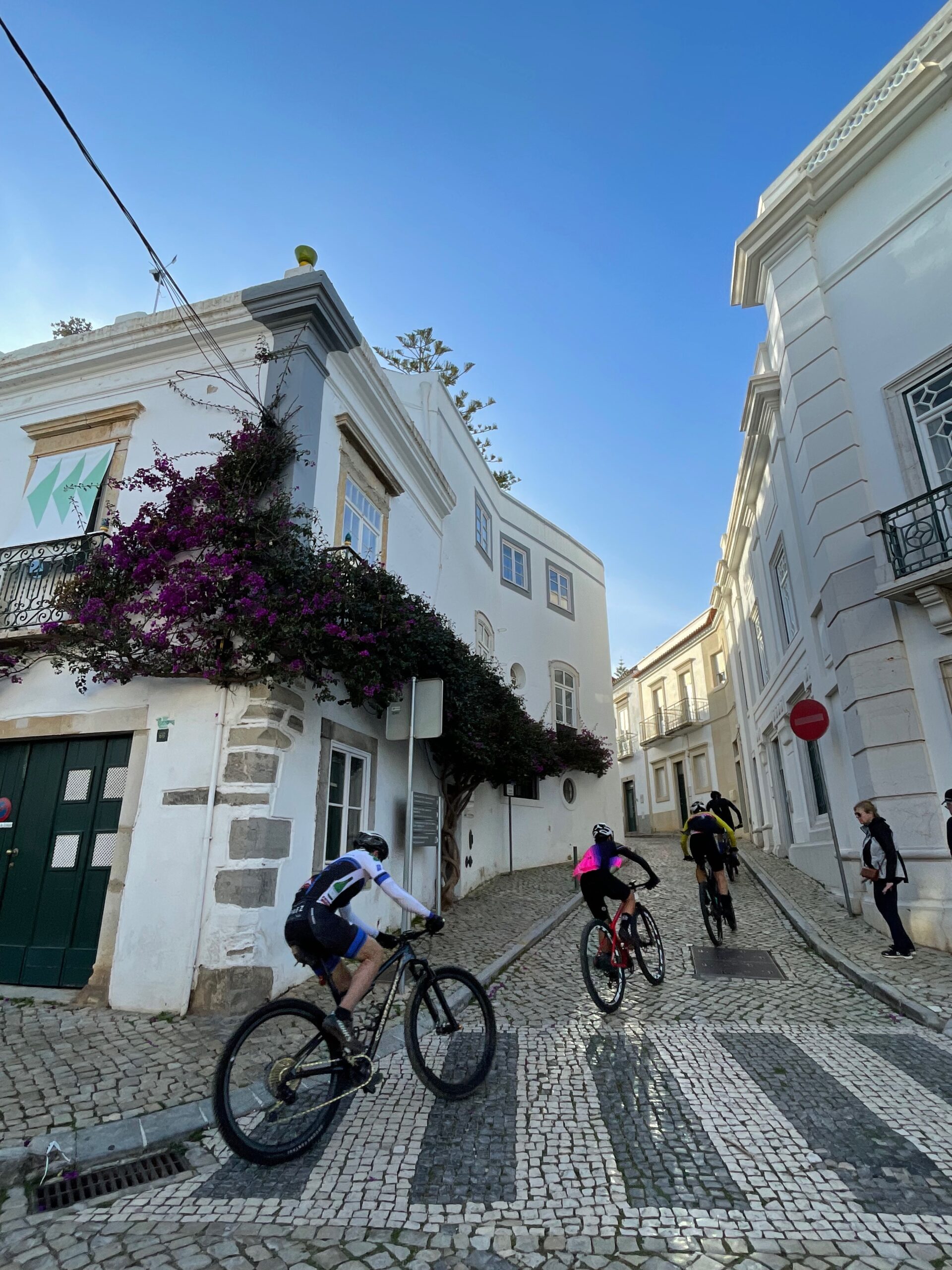 |
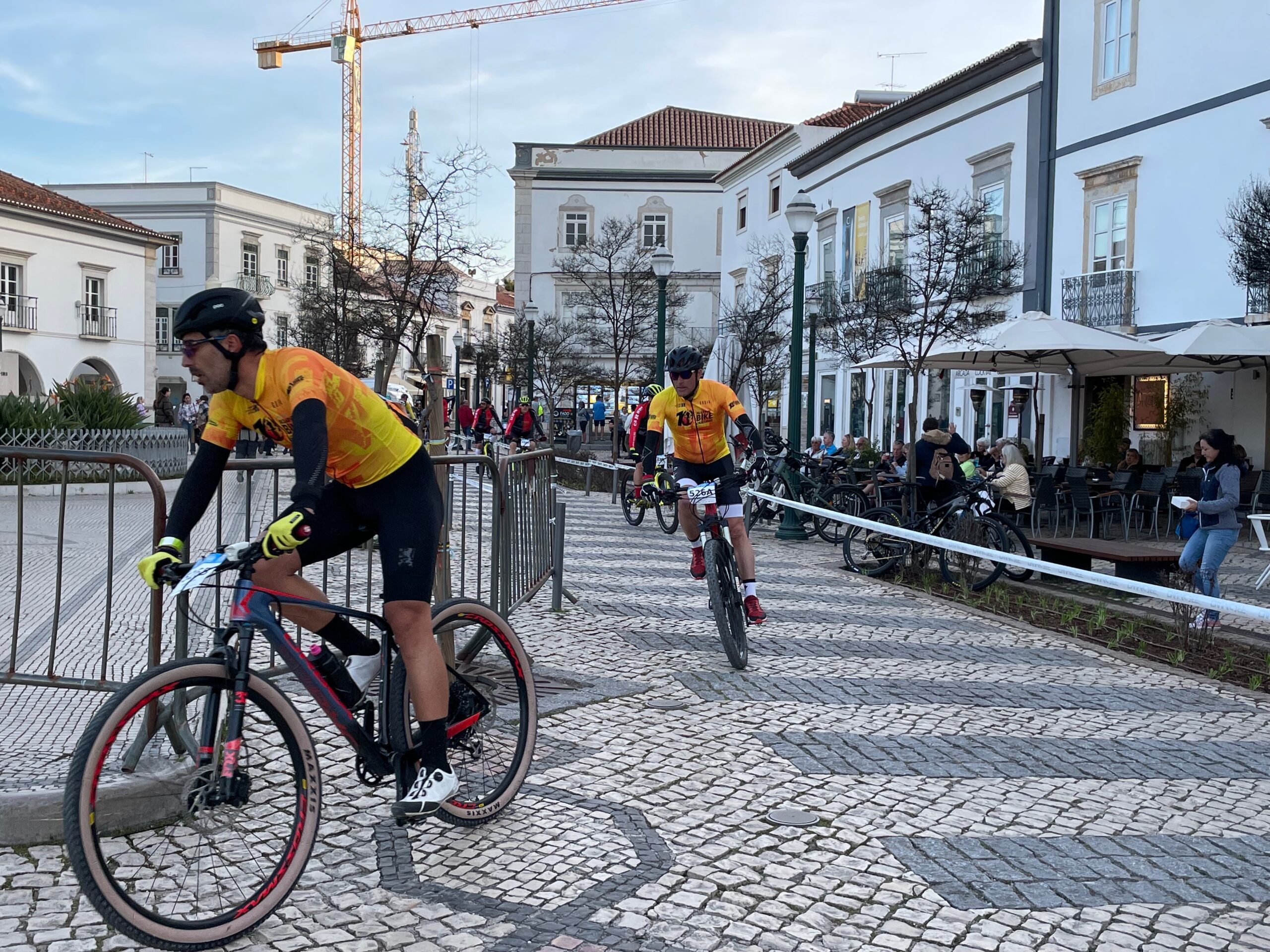 |
General tips and advice:
-
- I recommend staying in Algarve at least for 7 days to enjoy also beautiful hikes and sandy broad beaches
- If you plan to surf, I recommend searching for hotel closer to Lagos, for wide and sandy beaches Quarteira and Vilamoura are good options, the two towns are good choice if you plan to play golf and/or tennis. If you plan to focus on historical towns and villages with small organized excursions and stay well-connected, Faro is a good choice.
- Water in Algarve is cold all year around, however if you’re not very sensitive, in the summer it’s possible to swim.
- Faro is well connected with Sevilla and Lisbon, you have direct trains and buses with those cities, however the best way to arrive to Algarve is to fly to Faro airport.
- I recommend trying at least once the traditional Algarvian dish cataplana prepared in special pot (also named cataplana) which is a seafood or both meat and seafood stew. I found the best cataplanas in Faro, also there is more restaurants that serve them every day here.
 |
-
- Faro is best place to buy high quality (often handmade) Portuguese souvenirs. The choice is also bigger than in other towns with plenty of boutiques in the old town and streets between the marina and Carmo Church.
- If you plan to use trains check well the schedules since they don’t run until very late. There are some daily tickets for unlimited trips by regional trains, you may want to consult this offer.
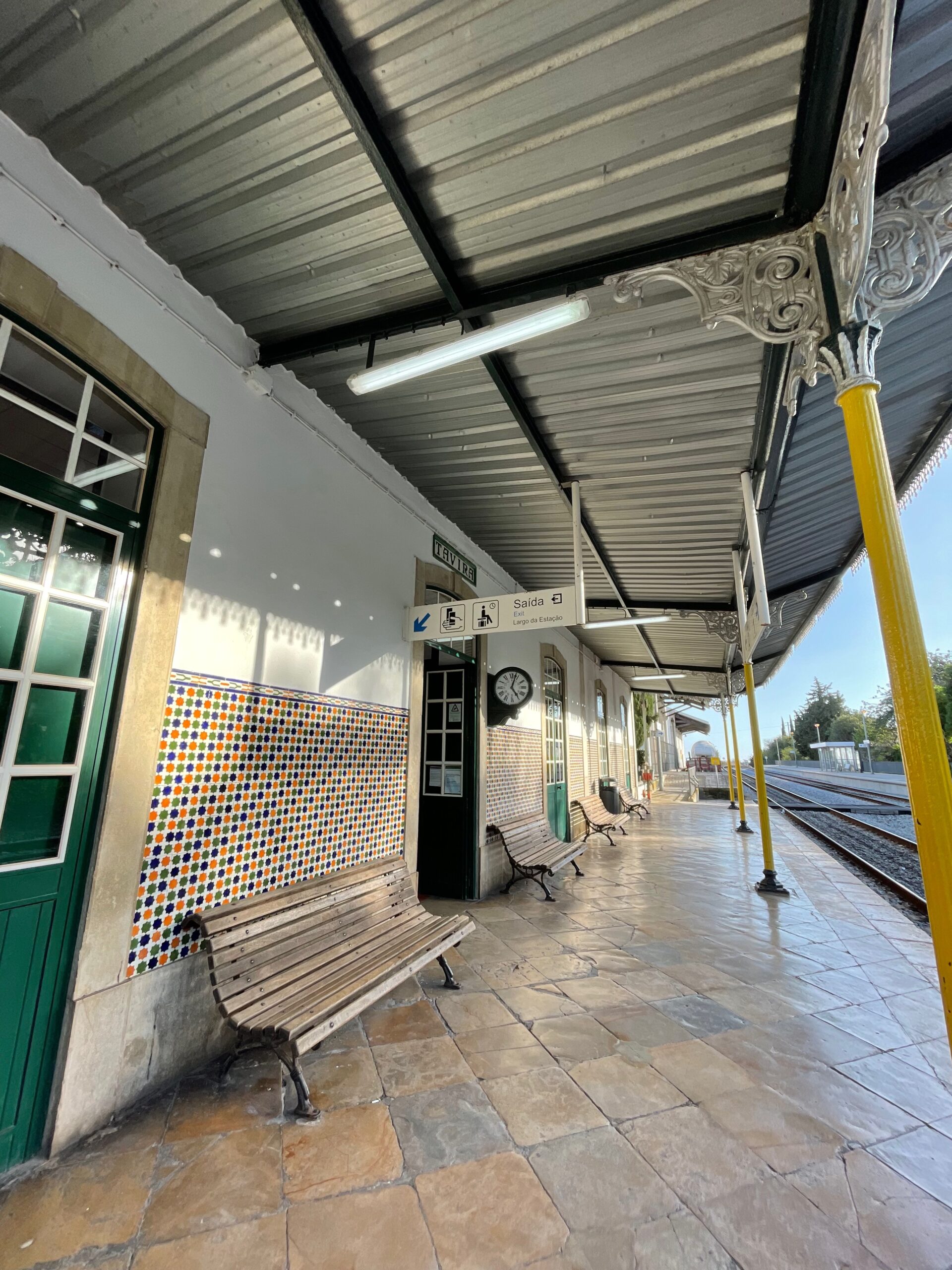 |
- Algarve coast has very good conditions for surfers, there is also plenty of tennis and golf facilities so may want to consider this region if you’re into these sports.
- In all area you will communicate without problems in English since Algarve is a very popular destination among British, there is plenty of visitors but also many British have their secondary houses here. Interestingly, you will find here without a problem many real British pubs if you’re into it.
- Uber service is very good in Algarve and the prices are attractive. If you miss your bus or train you may want to check the Uber ride price and it can (positively) surprise you.
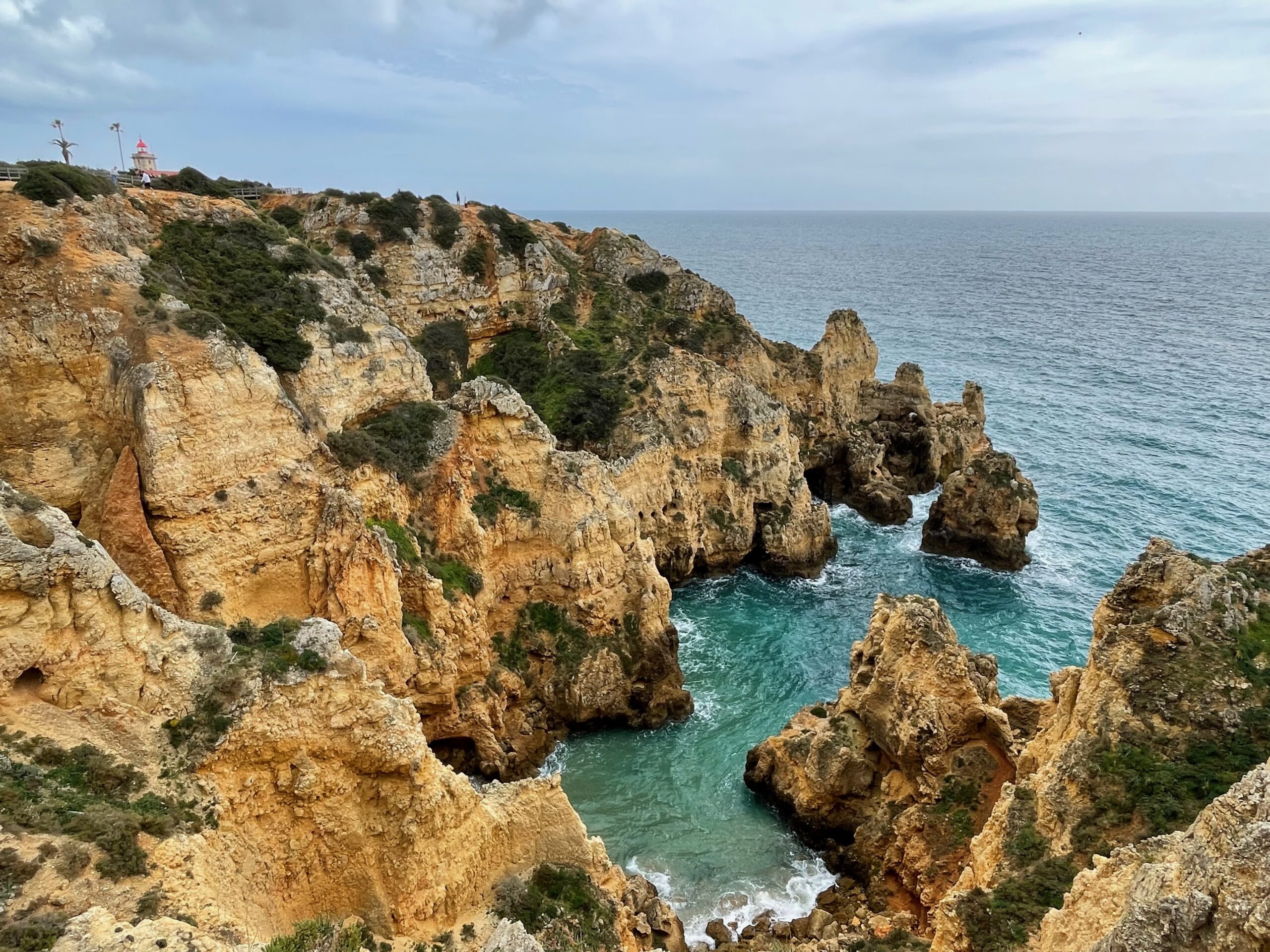
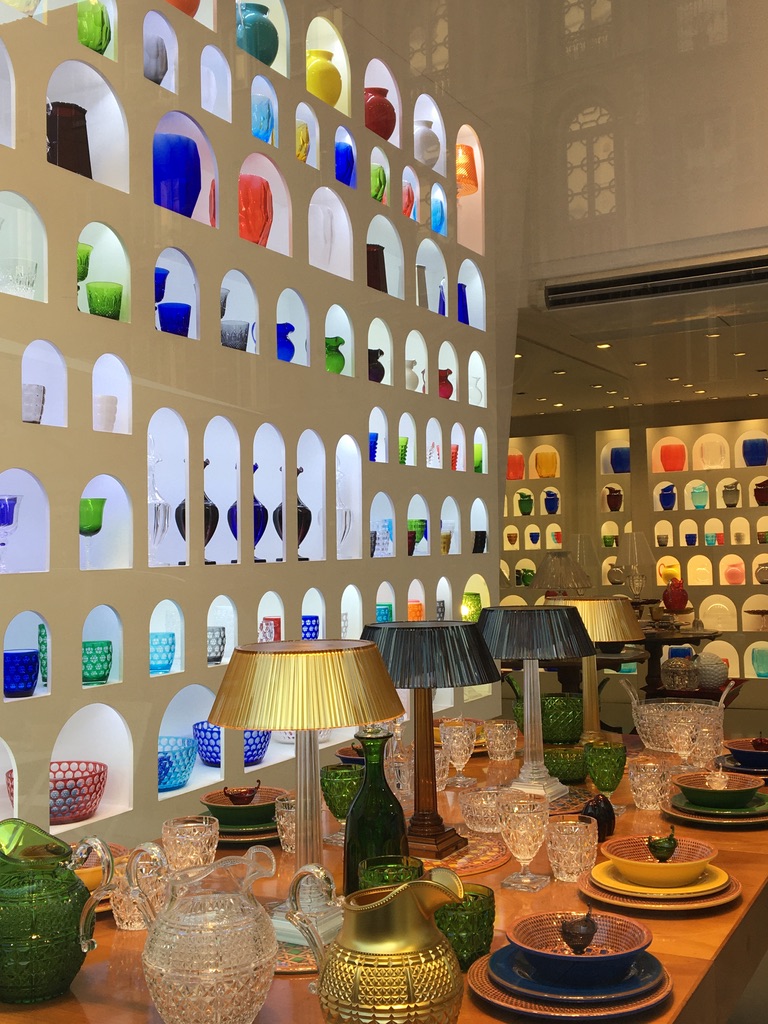
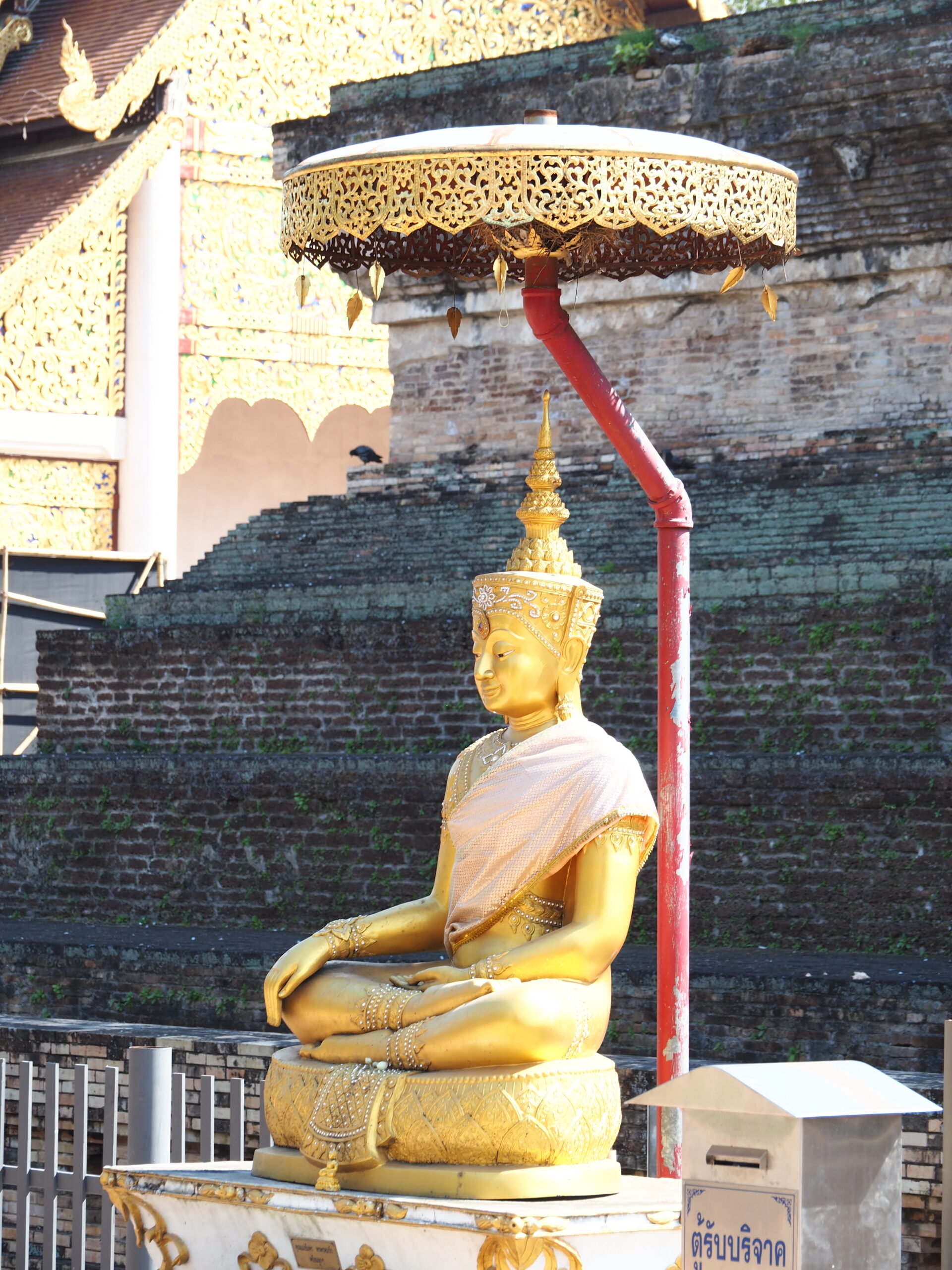
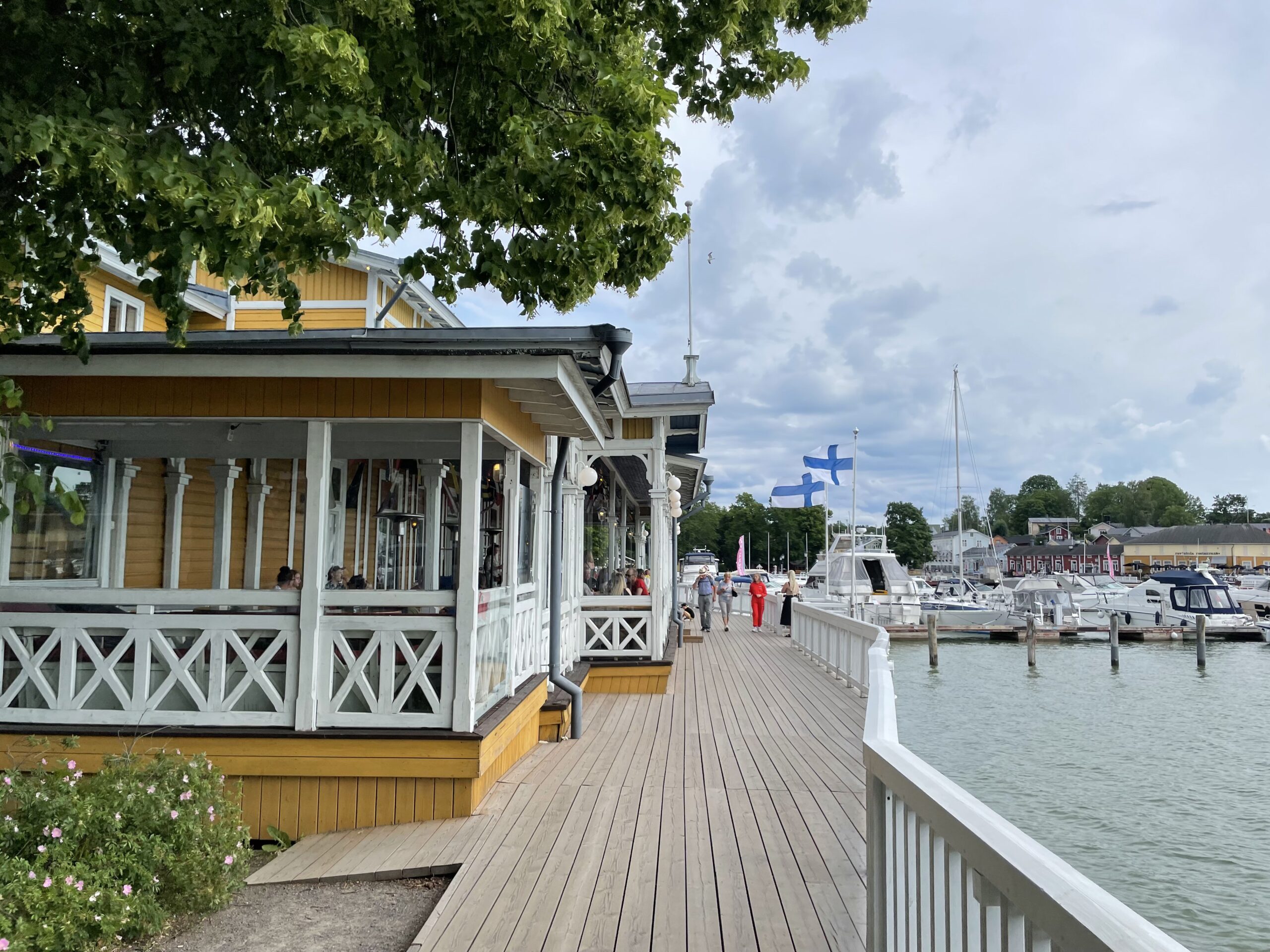
Hi, I really like this type of posts with more of your personal thoughts and opinions about the place. Your itinerary is really cool, I consider Algarve in September and consider visiting similar places 👍
So nice itinerary 😉 I didn’t realise that in March Algarve would be so green! Love your pics!
Great photos! 🤩 I’ve been to Porto and now want to see Algarve too, I’m very much into Portugal!